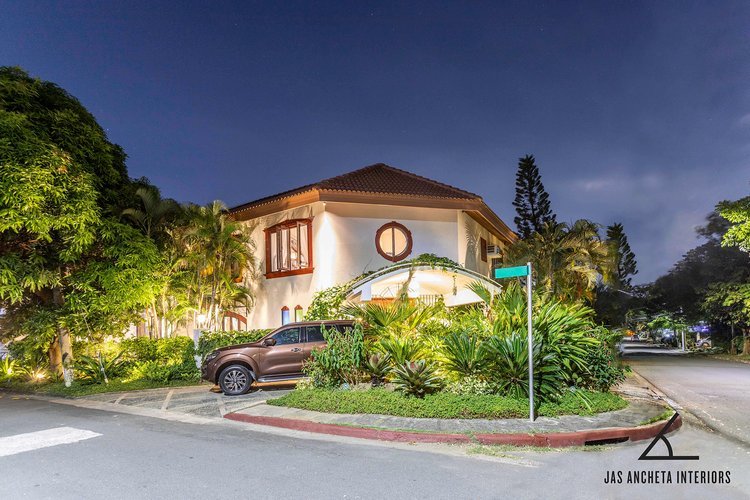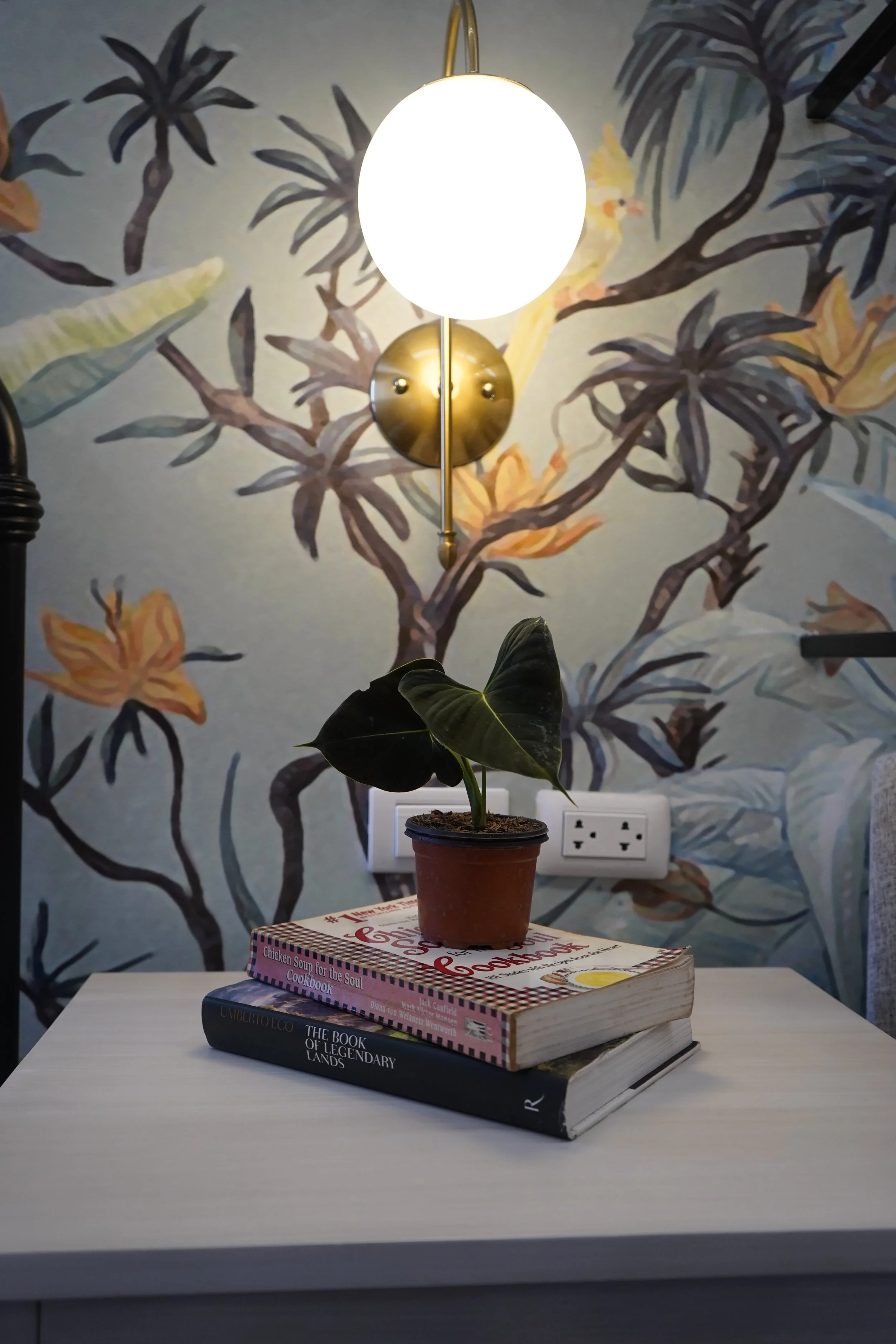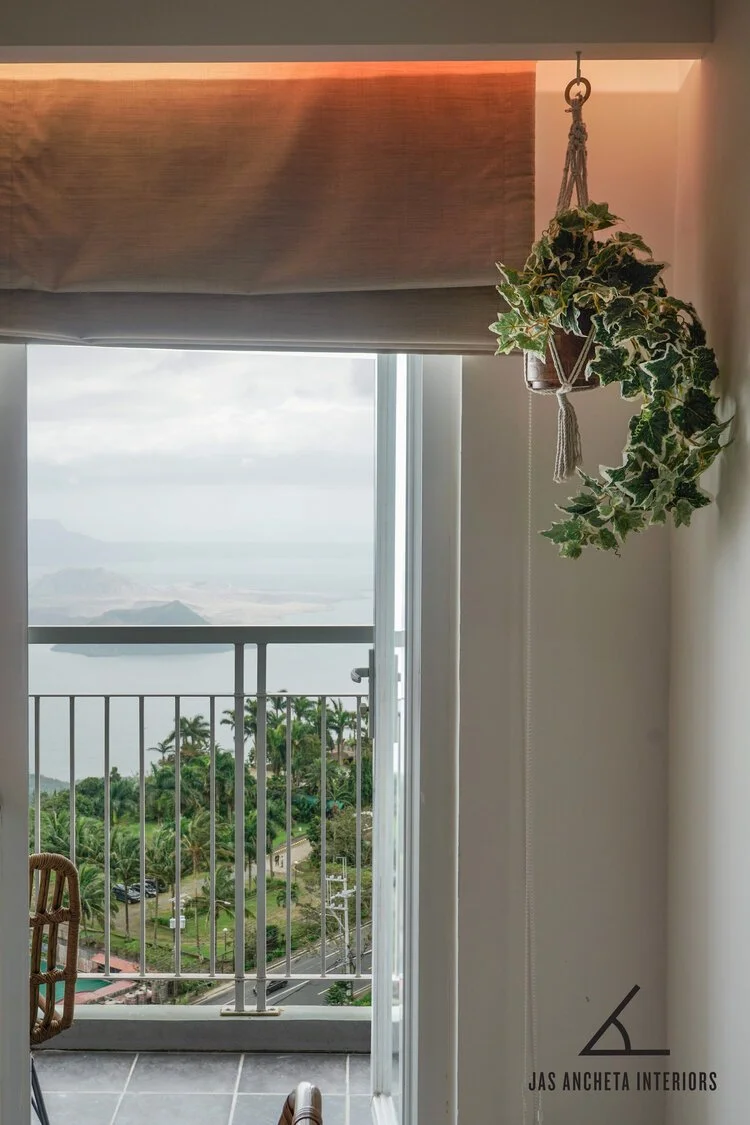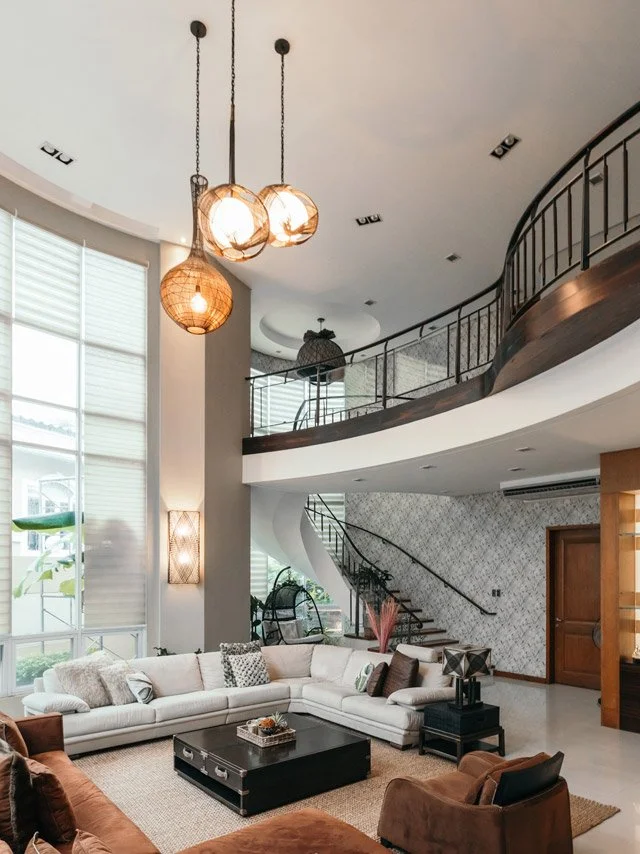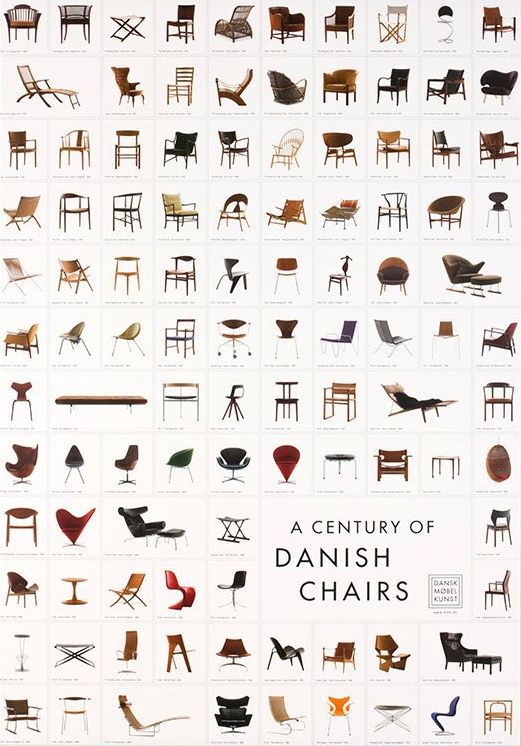Welcome to my blog! I'm excited to share tips, trends and news in the interior design market. Sign up for my newsletter for promos, freebies, and updates! ( See link BELOW).
I would like to know more about you. What are your struggles when designing your home or your business (for those savvy entrepreneurs)? Is there anything particular you would like to know more of? Are you having a hard time with deciding your style? Organizing your things? Let me know. E-mail me your troubles and let me help you take the fog off your eyes! :) Have a happy, happy week!!!
- November 2022 2
- October 2022 1
- September 2022 1
- August 2022 1
- June 2022 1
- May 2022 1
- April 2022 1
- February 2022 2
- January 2022 1
- December 2021 1
- October 2021 2
- September 2021 1
- August 2021 1
- July 2021 1
- June 2021 2
- May 2021 3
- April 2021 4
- March 2021 3
- February 2021 3
- January 2021 1
- May 2020 3
- November 2019 1
- June 2019 2
- May 2019 1
- April 2019 1
- March 2019 2
- August 2018 1
- June 2018 1
- May 2018 1
- April 2018 3
- March 2018 4
- February 2018 4
- January 2018 2
- December 2017 1
- November 2017 4
- October 2017 8
- September 2017 9
- August 2017 19
TESTIMONIALS
“It’s cool and light. Not too loud. Comfortable color (especially if you want people who come into your office to feel “chill”... shoutout to raging parents or intimidated students).”
“I will definitely recommend you to my friends. I’m also excited to see their reactions when they see the dining room.”
Scandiriffic!
Make your space cozier and adopt the Scandinavian design philosophy! No, you won't need to change design styles. Yes, you can still get a similar aesthetic.
If there's one thing I have learned about designing interiors, it's that every client has their own design style. Learning about styles in my courses in PSID (Phil. School of Interior Design) and my review classes at CDEP (Center for Design Environments Profession) taught me that design styles are rooted in history and are always a reaction from the previous period. No, I won't bore you with a recount of the long history of art, architecture and interiors. I will however, give you some tips that you can use in your own space.
As I've mentioned in my previous post, Scandinavian design is here to stay. You may not have a Scandinavian interior but that doesn't mean that you can't adopt their philosophy!
1. Practice "Hygge" ("hue-guh").
Hygge is a Danish word that is used when acknowledging a feeling or moment. It only means a conscious appreciation, and the ability to recognize and enjoy the present. It's not about buying things at all. It's appreciating everything from a simple cup of coffee to having a home-cooked dinner with friends.
2. Marry Form with Function
Over the years, different architects and interior designers have varying philosophies. From "function over form" to "form follows function." Each one has a different belief. Why the need to sacrifice one over the other? The beauty of Scandi design is that it believes in function and form at the same time. That means no, you don't need to sacrifice beauty in favor of function, and vise-versa.
What's more, great design can be affordable. Do you know that plenty of the chairs you see at the restaurants are actually made by well-known designers? The chair below was designed by Charles and Ray Eames.
3. Add plants!
Natural is in! And even if it's not, who cares? I love plants and the way they liven up the space and makes you feel calmer. If you notice the Scandinavians, they love placing plants everywhere! Think you don't have a green thumb? That's actually not true! Just know that different plants have different requirements for sunlight, air, and soil. Find some recommendations on my post about indoor plants.
4. Seek warmth.
Nordic countries are cold. That's why they love adding rugs to their floor and sheepskin to their sofa. If you live in a tropical country like I do, I don't necessarily advocate that you add sheepskin, however, you can always add handwoven throws or blankets! Of course, if you do want to have sheepskin, go right ahead. I love the texture and warmth it brings. You can also add candles. In the bedroom, lavender scented candles are perfect to melt your stress away.
5. With warmth comes character too.
For me, a house with character is a space that showcases the homeowner's personality. This means displaying your collections, and not simply keeping them where you can't see, hanging art, and maybe sculptures too. Whatever floats your boat. While I do, of course, appreciate well-known artists, nobody ever dictated that you had to have a Hidalgo or a Manansala for your space. There are plenty of artists who can make your home beautiful as well. My only guideline: Do buy the one that makes your heart beat faster!
If you're not into art, there are homemade crafts as well. My grandma loved to crochet. Although it may seem "old," what better treasure to use than hand-crafted works of art? You don't even need to spend at all and beautiful memories will always be one for the books.
A final note: No need to spend a ton for all your design needs too. You can scour thrift shops. Sometimes, vintage looks even better. We all know how companies try to imitate that vintage look. For further guidance on thrifting, check out my guidelines too!
That Scandi Feeling
The trend in interiors here in the Philippines used to be all about industrial. That masculine converted warehouse look appealed to both, male and female. Now, the trendy design style is Scandinavian. Ikea, one of the most popular furniture shops the world over, captures this perfectly. We, Filipinos, absolutely love Ikea. We cannot get enough of it especially when traveling abroad as unfortunately, Ikea has yet to open here. What's more, I've been seeing more Scandinavian shops open here, both online and offline. And so, without further ado, let me introduce you to one of the most loved design styles here and the world over!
What makes Scandinavian so appealing? For one, it balances functionality with beauty. It's that sleek but pared down look. It's minimalist and modern but has a cozy feel (called Hygge, "hue-guh") unlike the Modern movement with its glass and steel aesthetic. For our homes, we definitely want cozy. So how do we achieve that look?
1. Use light wood, naturally varnished floors.
2. Embrace the light.
Make use of plenty of large windows to add that needed sunlight.
3. Use predominantly white, grey colors, neutral and muted colors and natural wood finishes.
Though the color scheme is mostly neutral, you can still have a Scandi look with pops of color.
4. It's all about nature. Add indoor plants and flowers!
As an added bonus, plants can purify the air perfect especially for those in the city.
5. Use metal accents on lighting or furniture like copper, brass, or rose gold.
Pinterest - been trying to get the source but can't seem to find it.
6. Since Scandinavia has those long, cold winters, they make use of warm textiles like wool and sheep skin.
7. Use minimal accessories.
8. Rely on mid-century modern furniture classics from designers like Eames, Alvar Aalto, Aarne Jacobsen.
Culture Nordic
9. Use rugs, not a carpet.
Rugs are used to delineate certain areas of the room while carpets cover the entire floor.
10. Add geometric patterns.
This can range from stripes to squares to the latest hexagon craze.
11. Add textures.
This makes for a warm feeling and keeps things interesting. Try using woven baskets for your plants, or as a bin to organize your things.
Loving these tips? Get more by signing up as a VIP in my newsletter! Form is at the bottom of this page.
Secrets I Learned as a Designer
Some things I certainly wish I knew earlier. But, no worries, I will let you in on my secrets!
1. Always measure your space.
It always pays to measure. You can never be too careful. The wrong size can always lead to purchase regrets. I once purchased this beautiful mirror that I thought was perfect for my bath. But I wasn’t sure about the size. It ended up being too huge. It’s still there grossly reminding me of my mistake!
2. Have a mood board.
A mood board helps set the ambience, the feelings you want evoked in your space. You can make this digitally and use it whenever you go out shopping for your furniture and accessories. It will help you narrow down your choices and definitely eliminate those unwanted impulse purchases.
3. Have a photo of your space.
If it’s a trend, ask yourself “Will I still love this a year from now, 5 years? Just because everyone’s in love with it now doesn’t mean you should buy it. It may not fit your room or even your scheme. So always have a photo of your space to check if it actually fits your decor.
4. Follow your color scheme and design style.
You see this gorgeous azure vase and it seems to be calling to you. The price ain’t bad either. You think it’s a deal but check out your design colors and design style too. Will it fit? Or is it too harsh? Don’t buy it and only regret over impulsive decisions. That’s always something that will be relegated to the corner.
If you’ve found these tips useful, head on over and sign up to my VIP list where I give even more awesome tips and promos!
PORTFOLIO

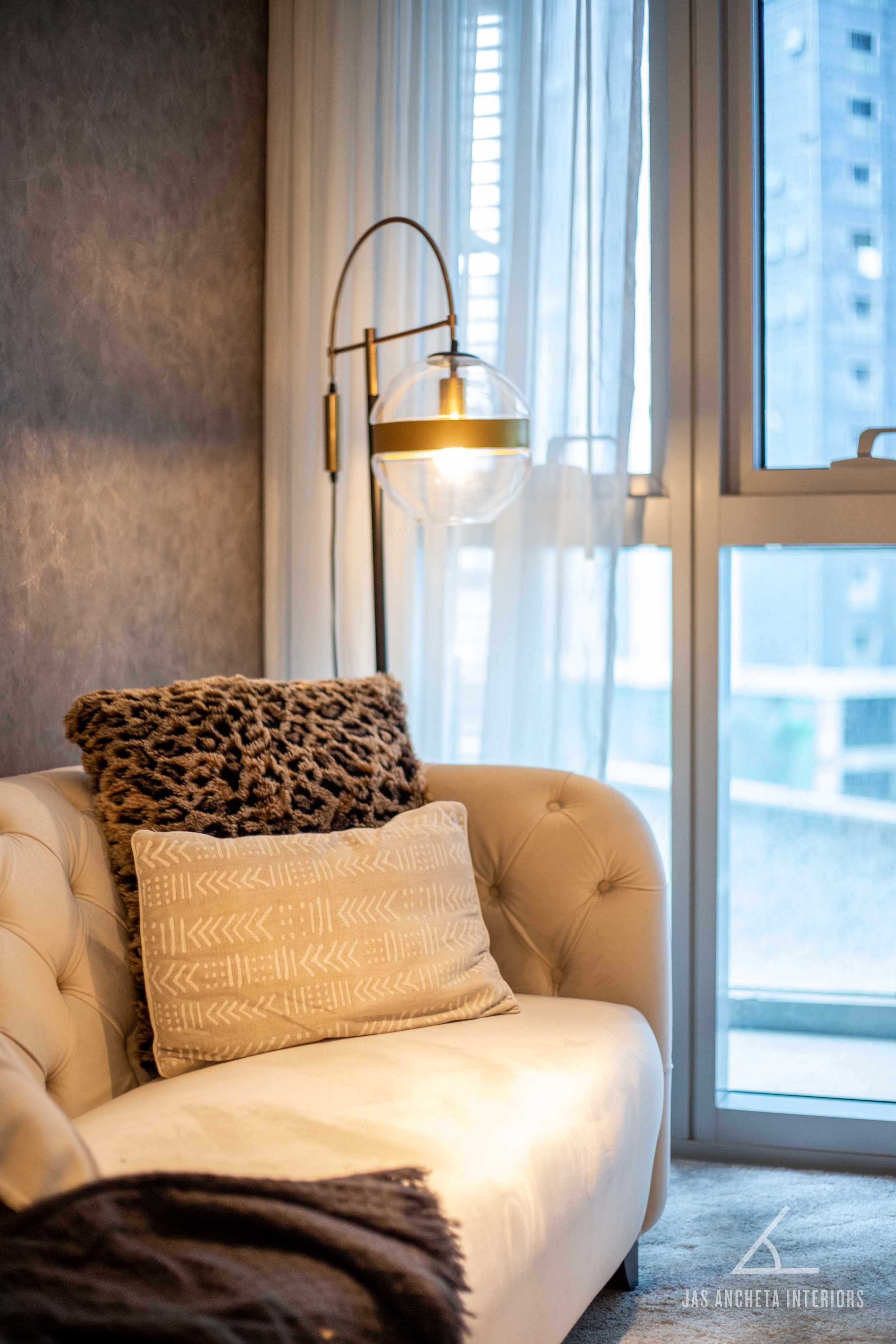
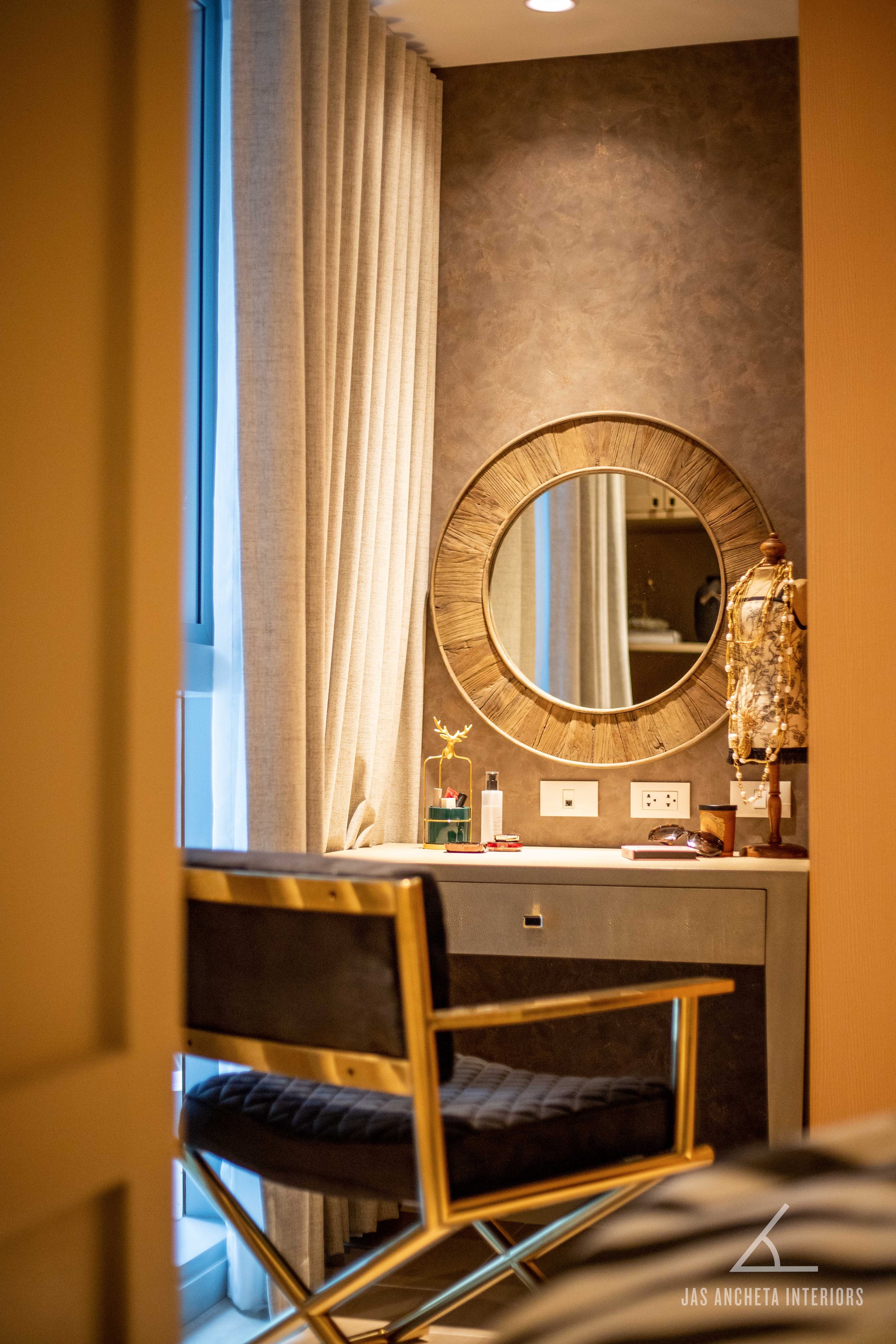
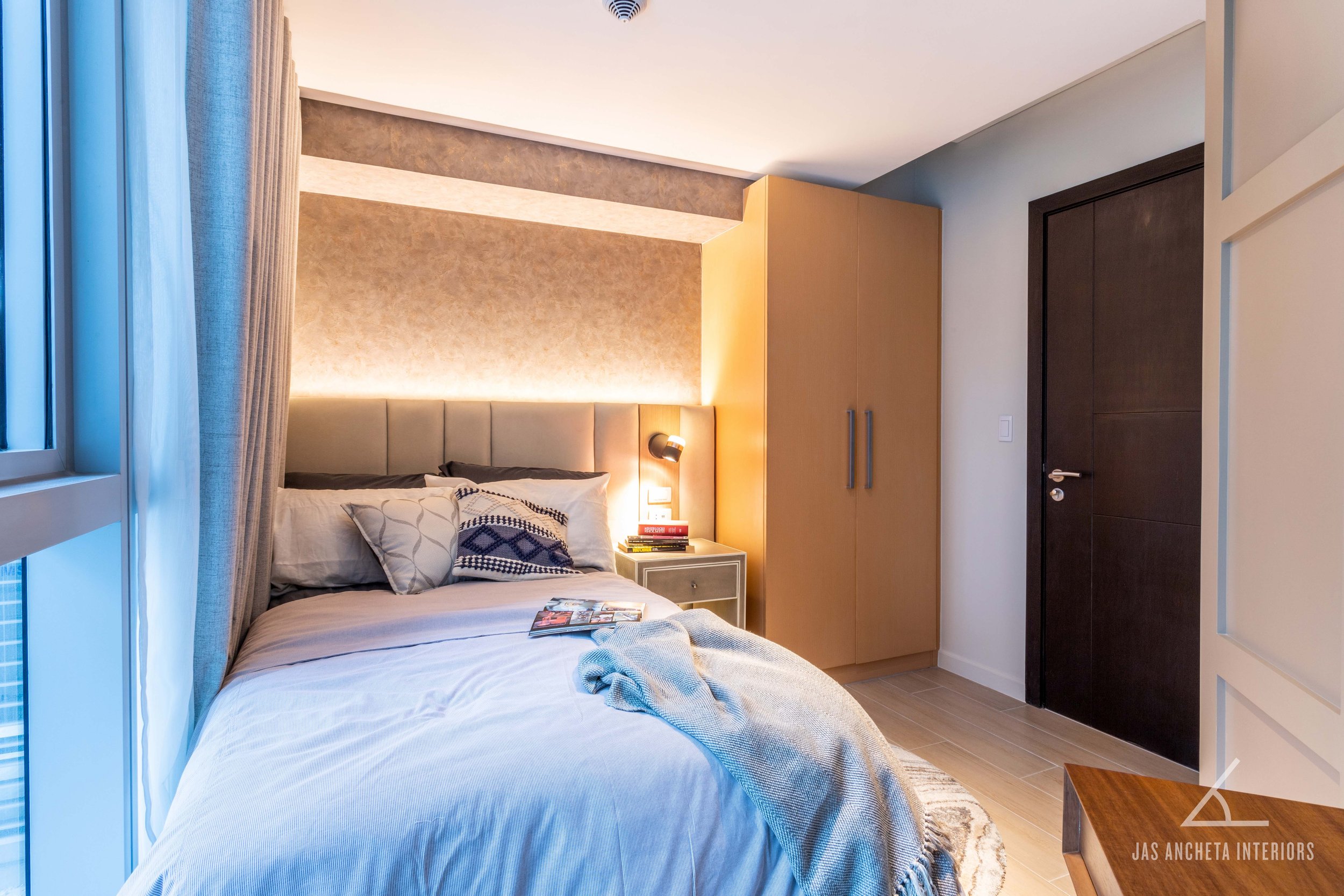
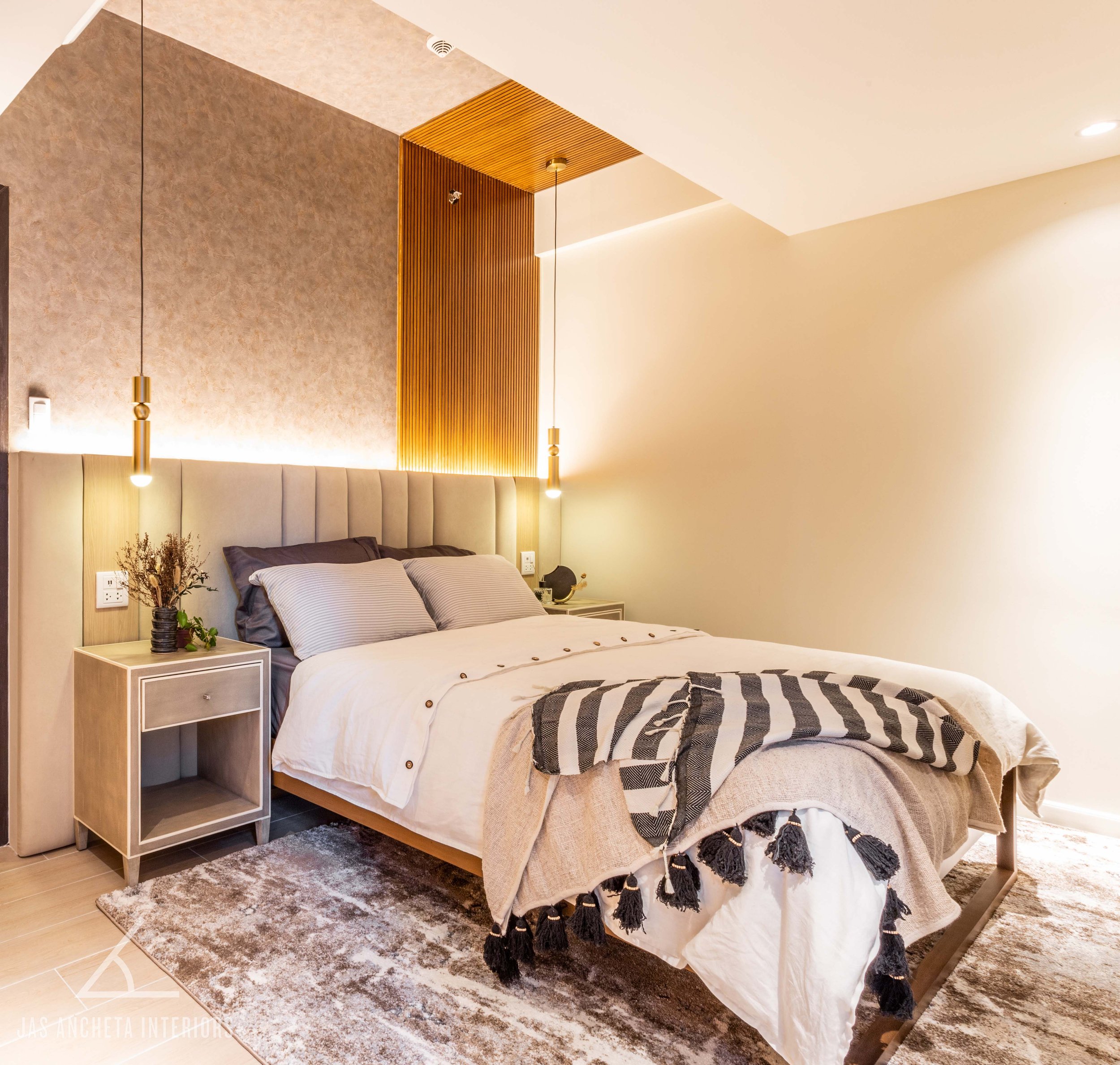

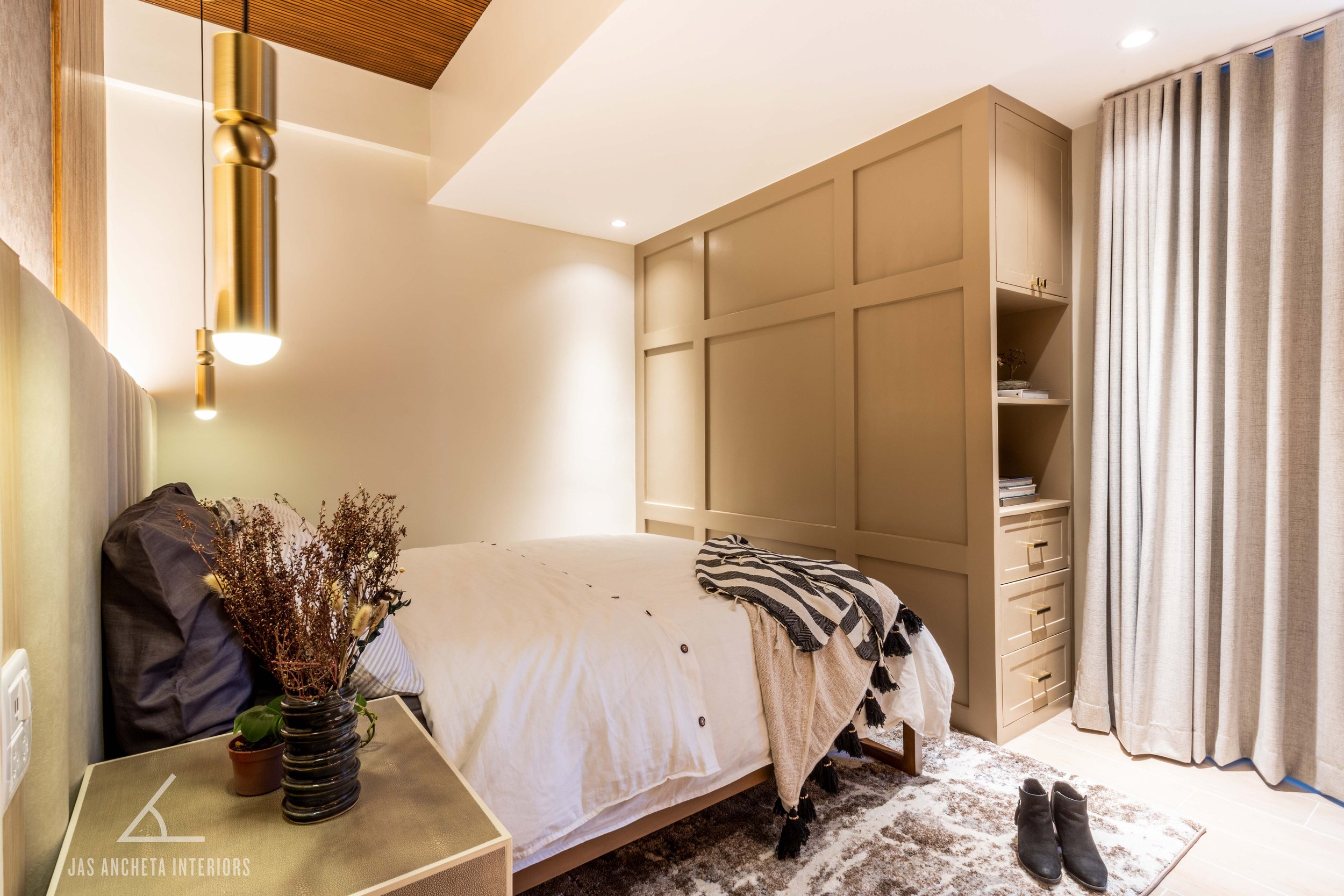

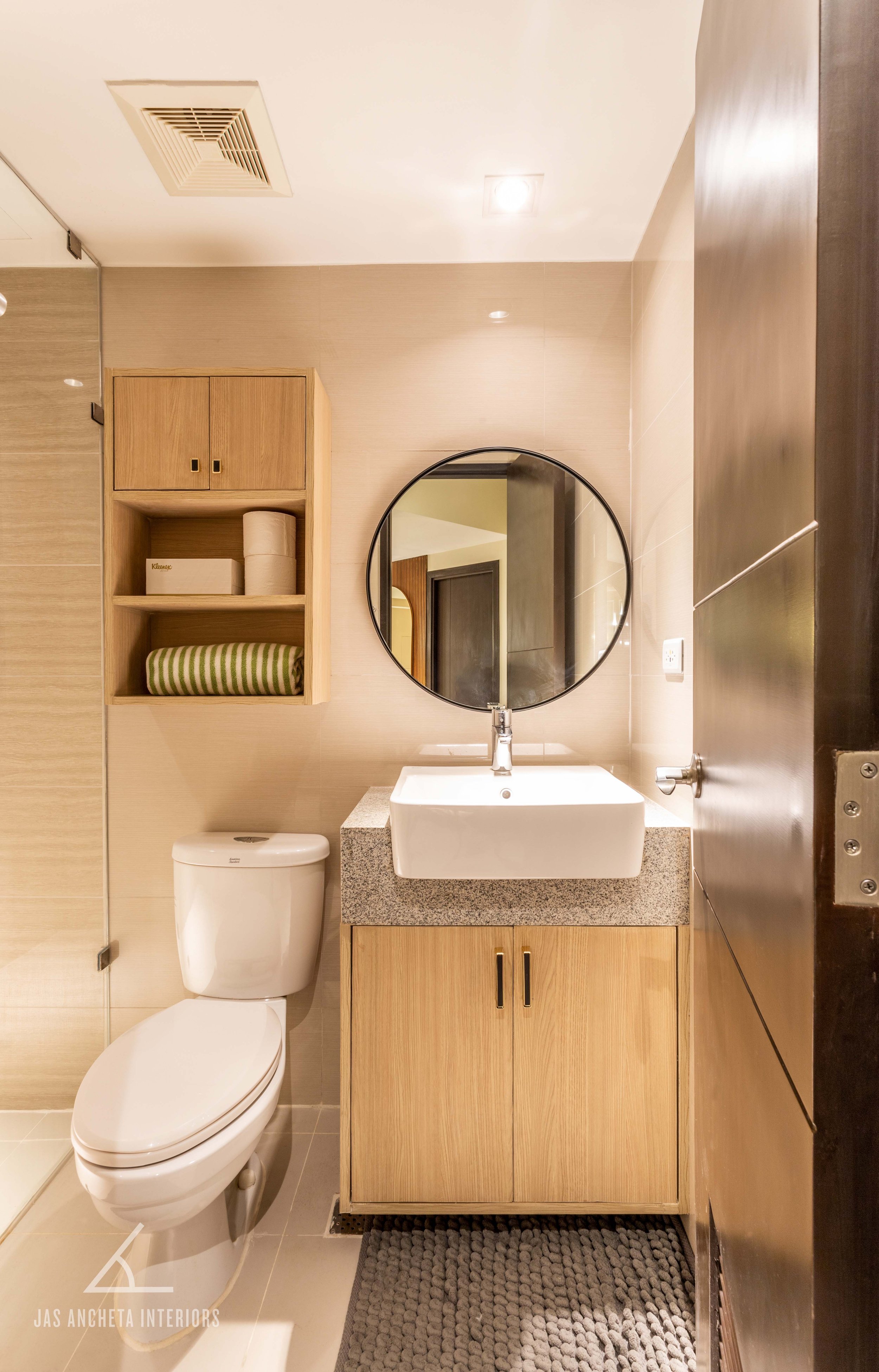
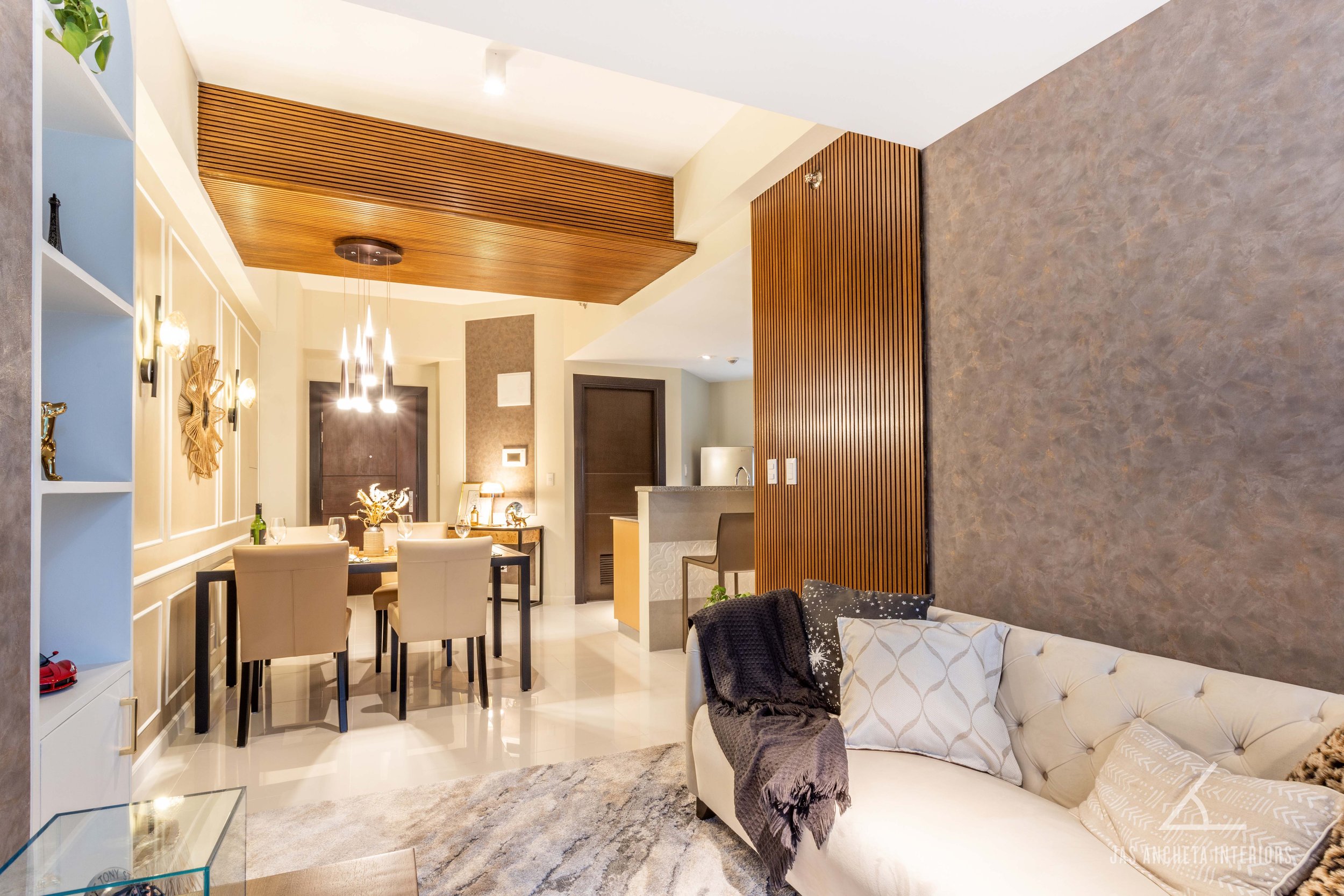
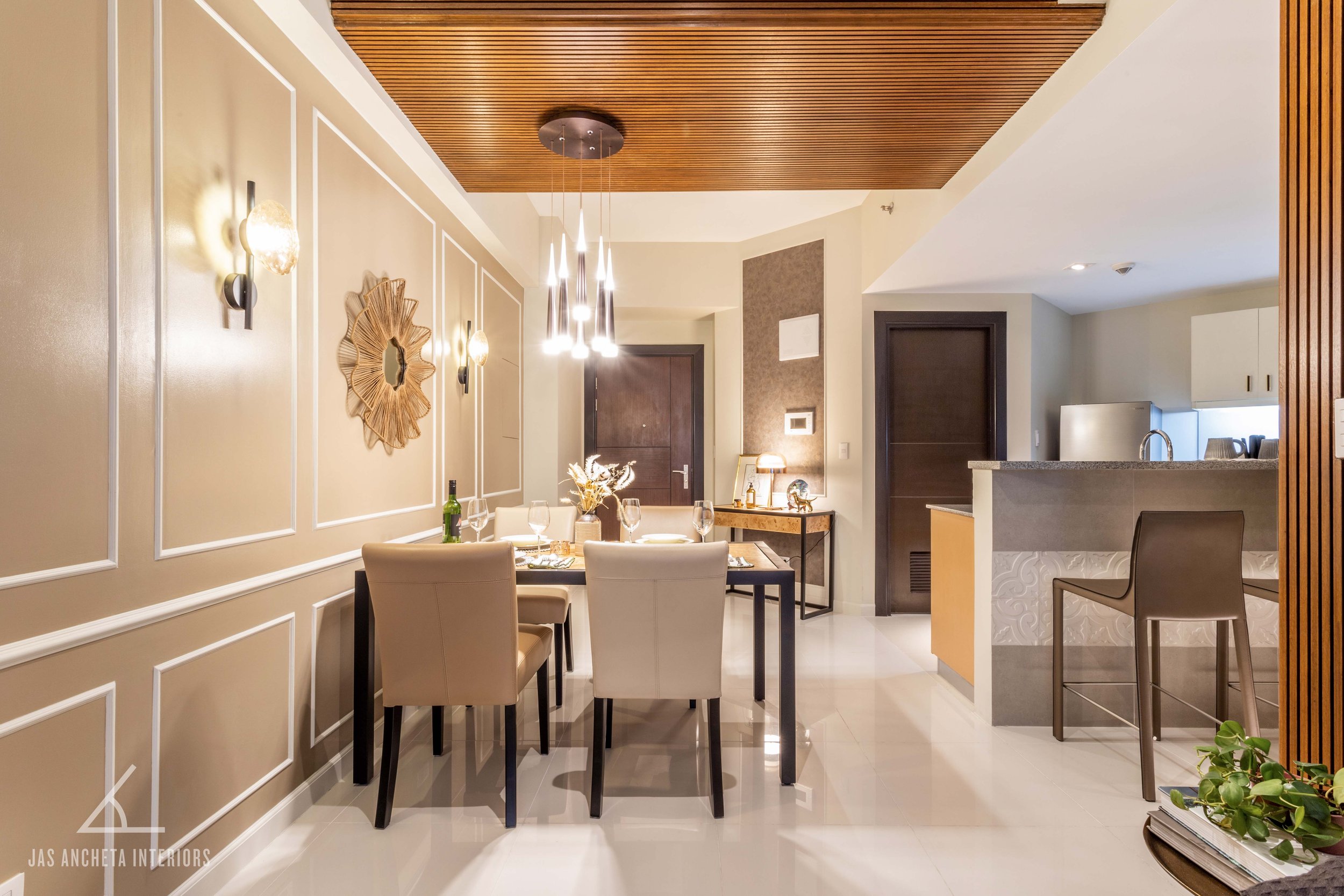
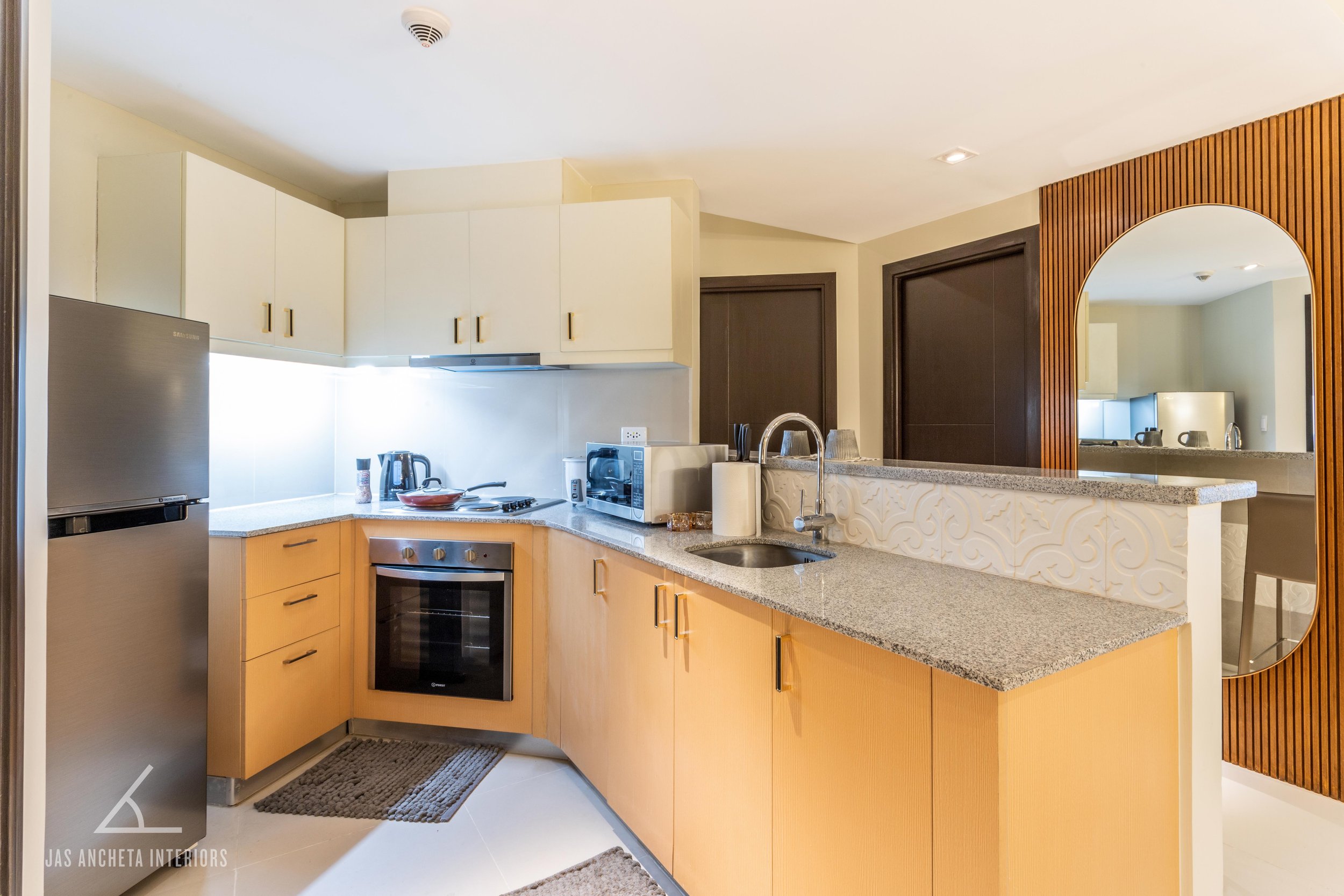

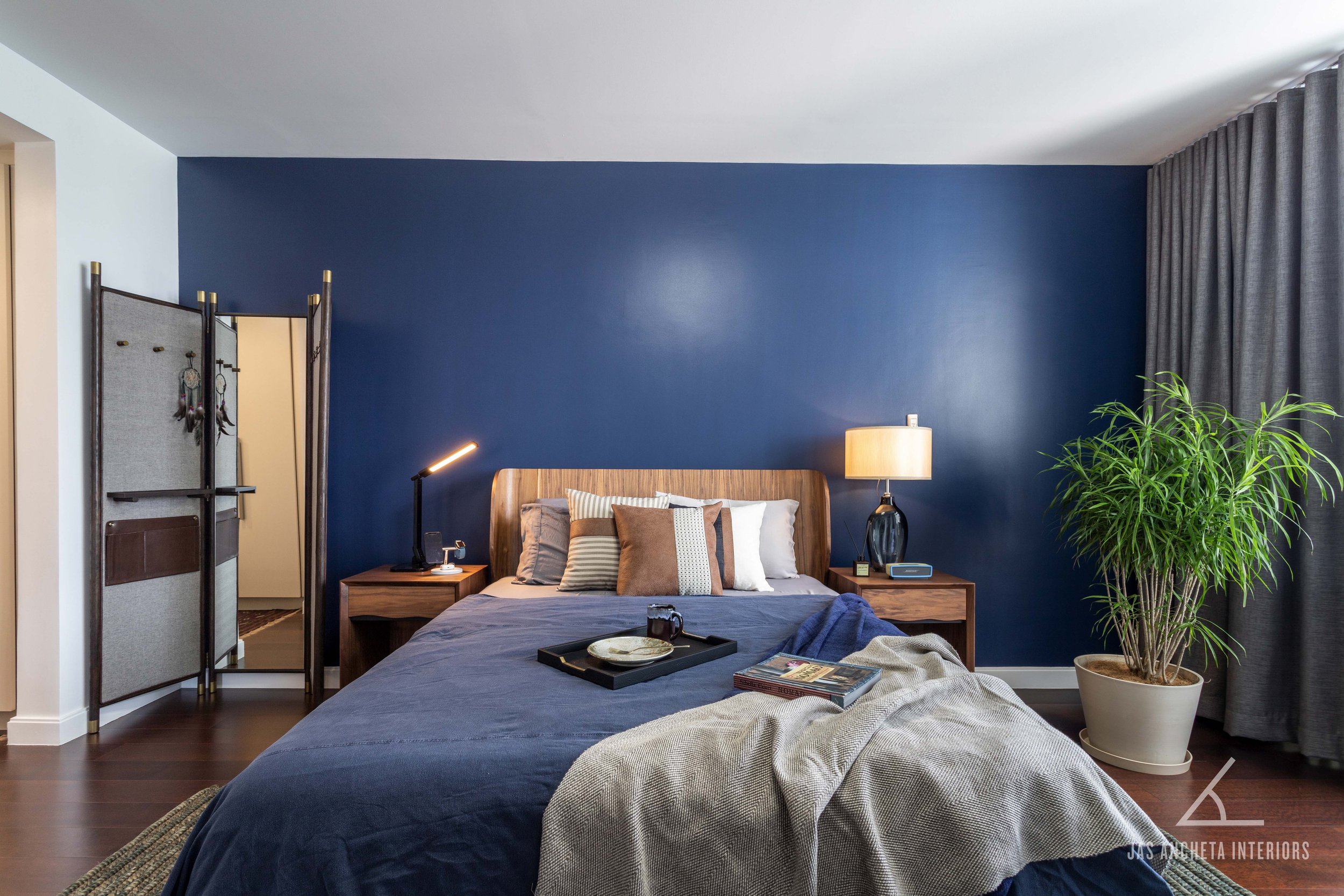
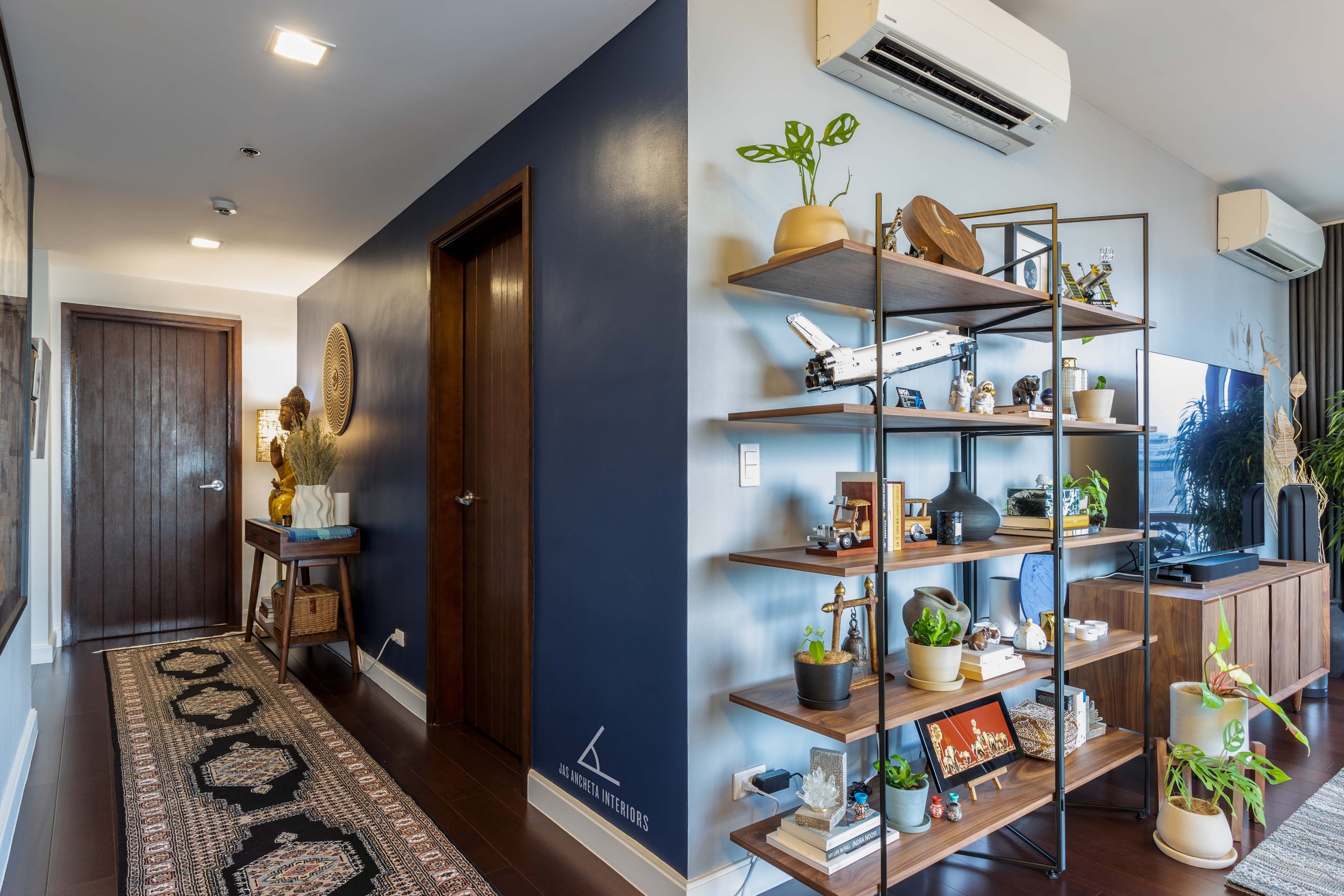
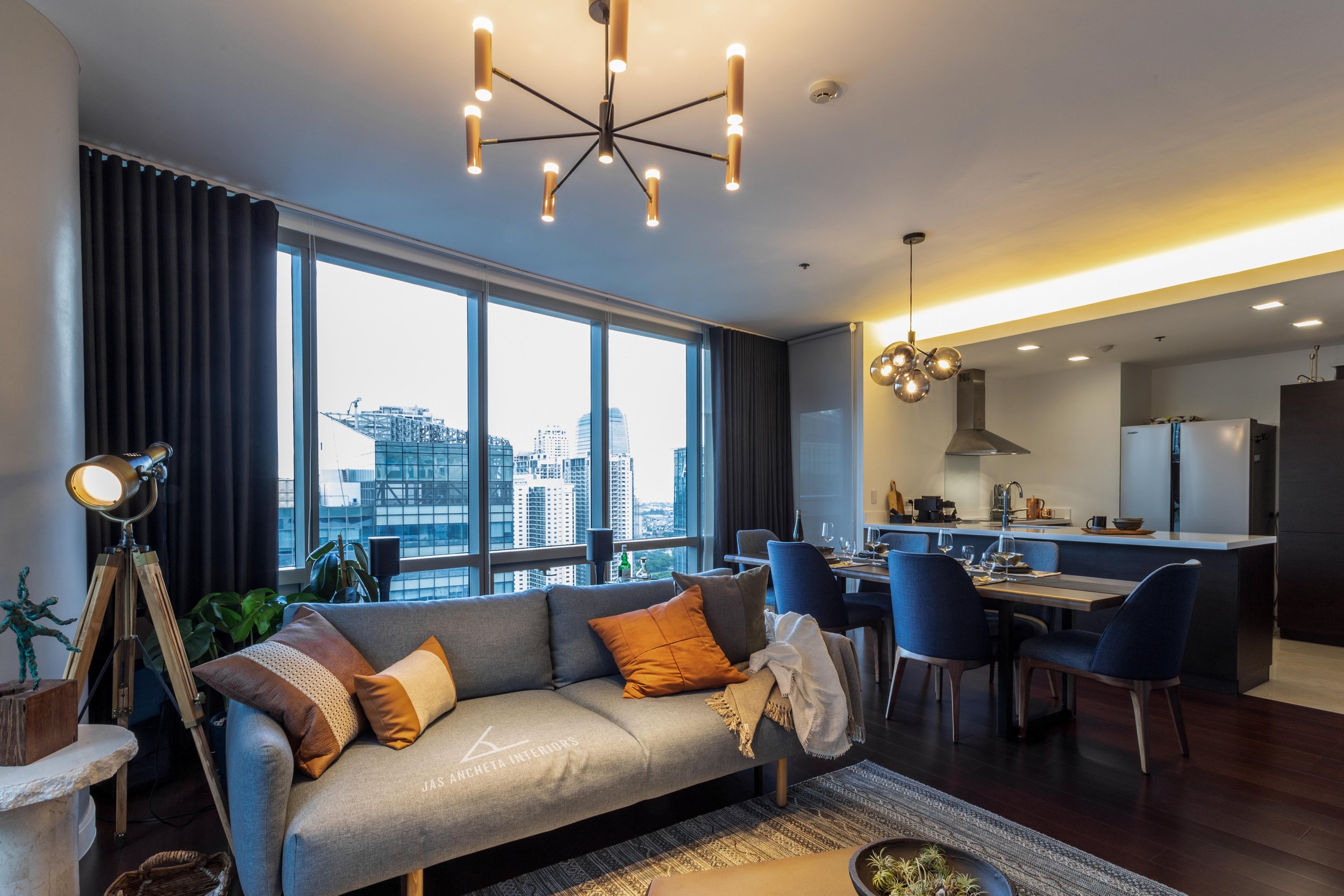


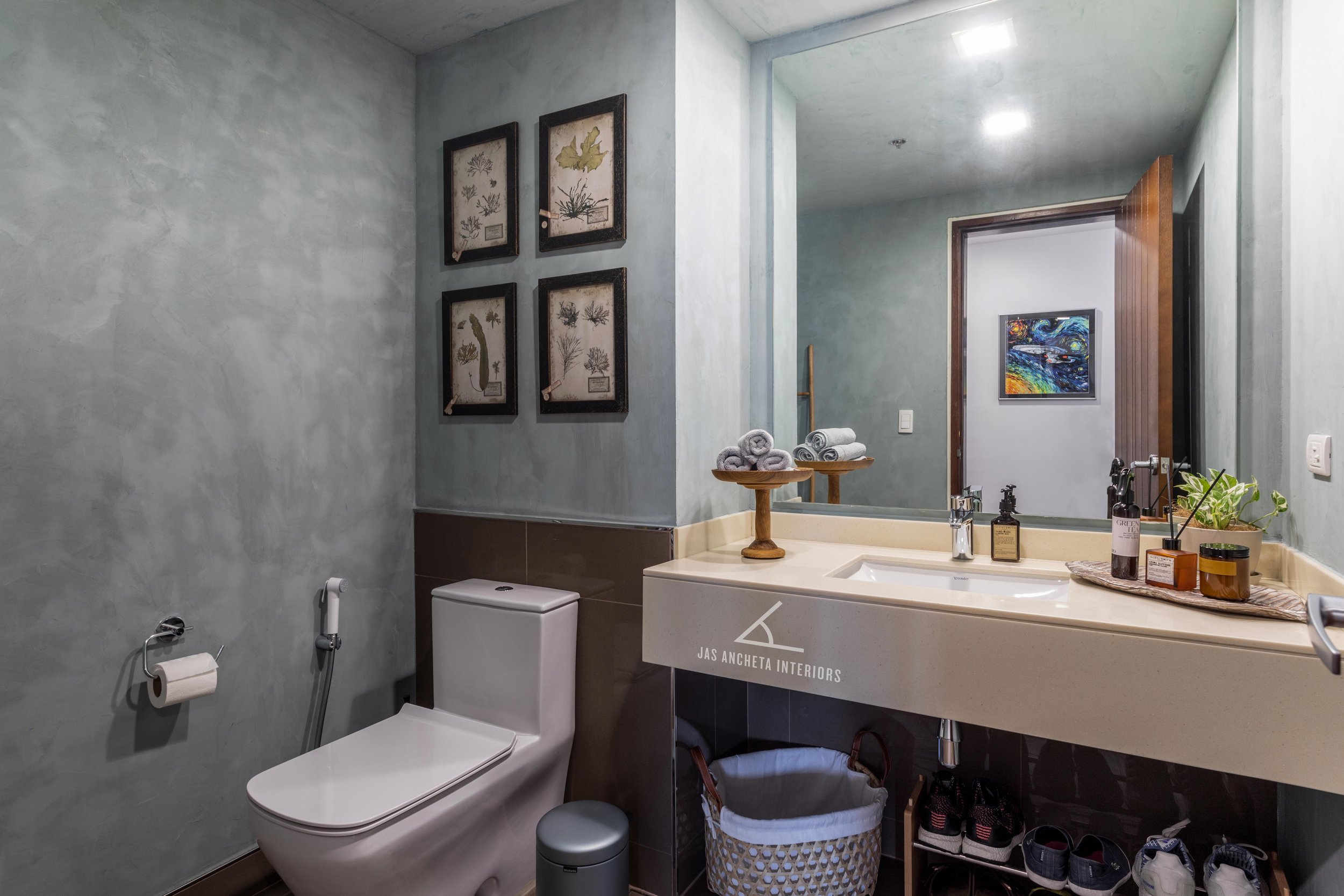
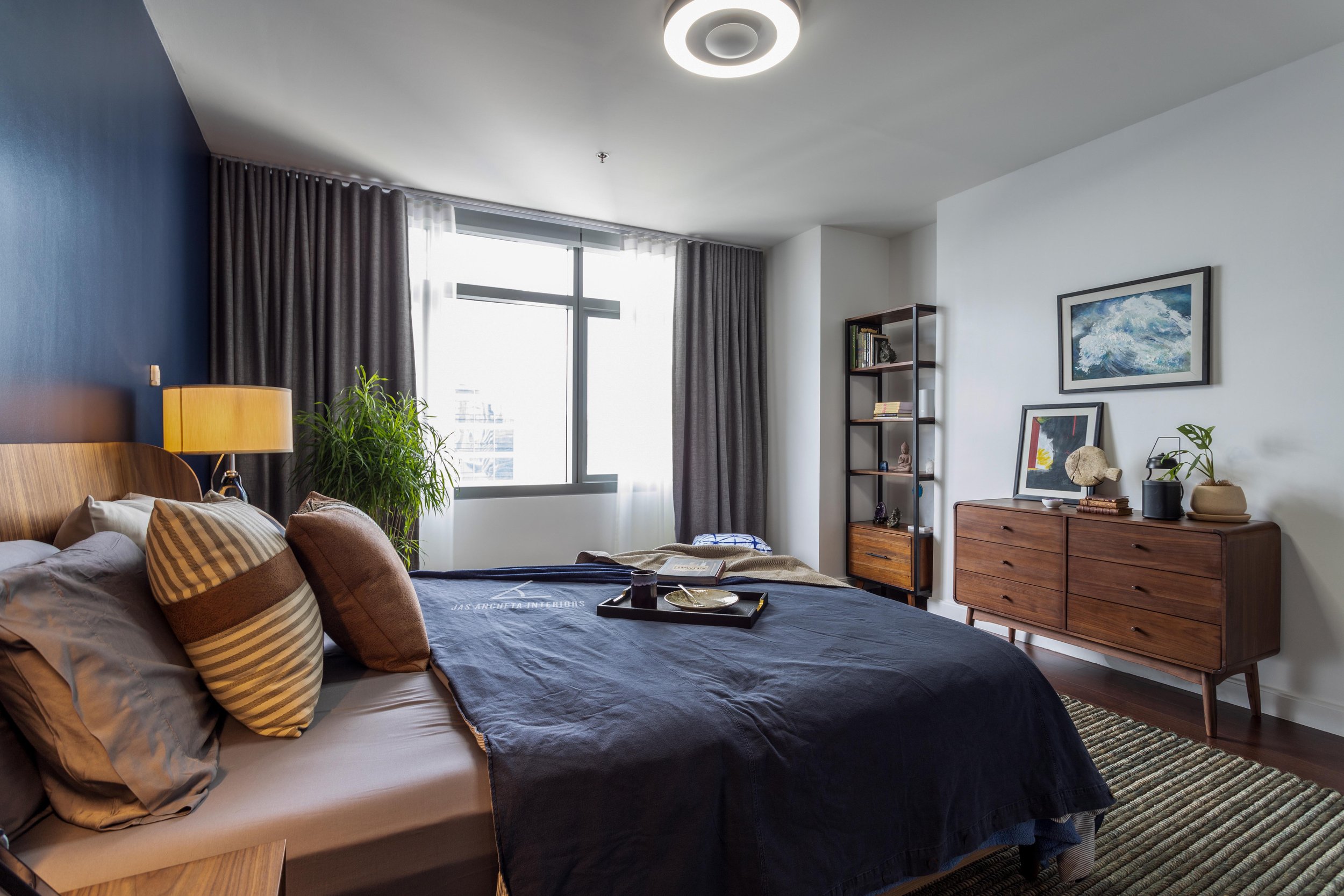
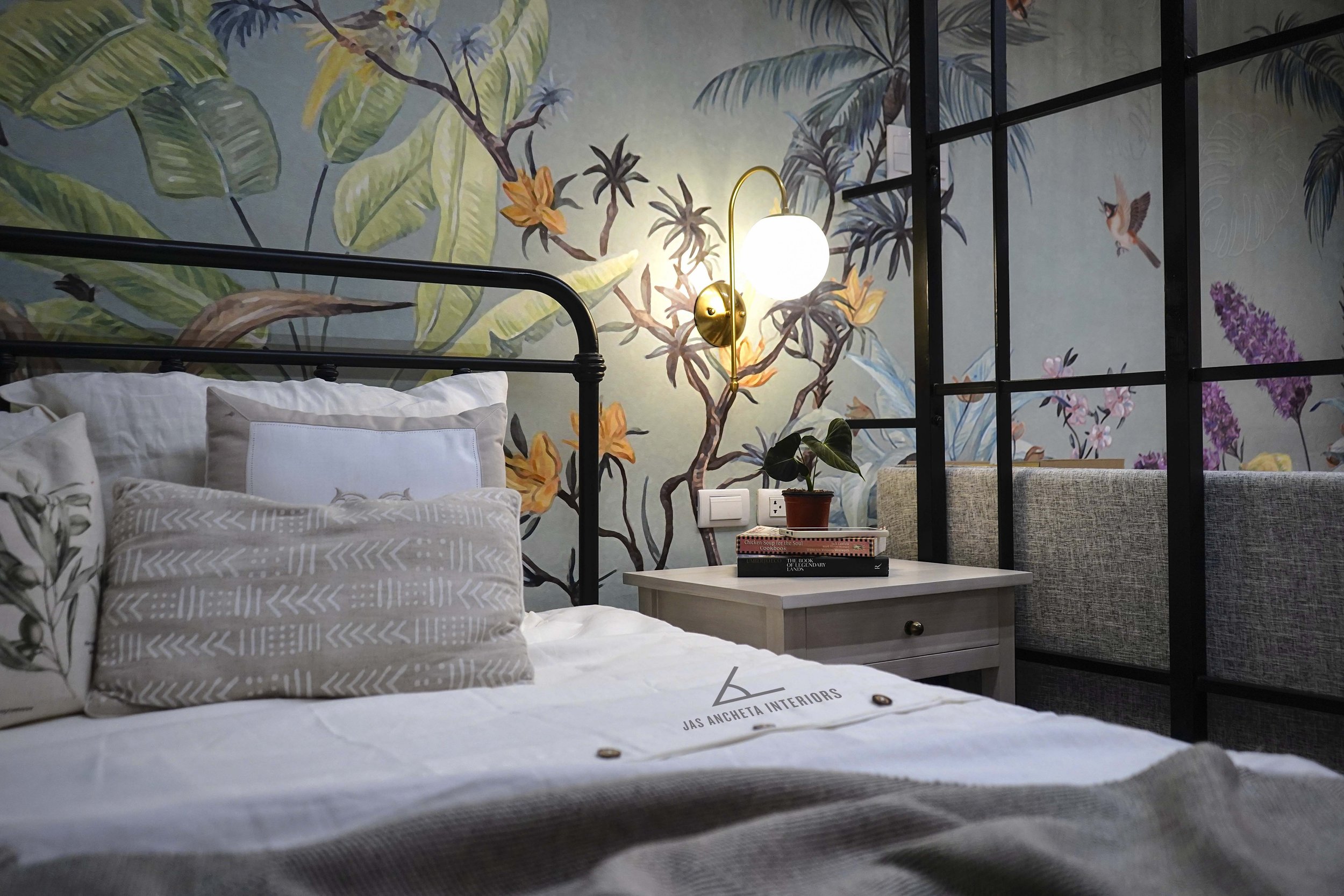
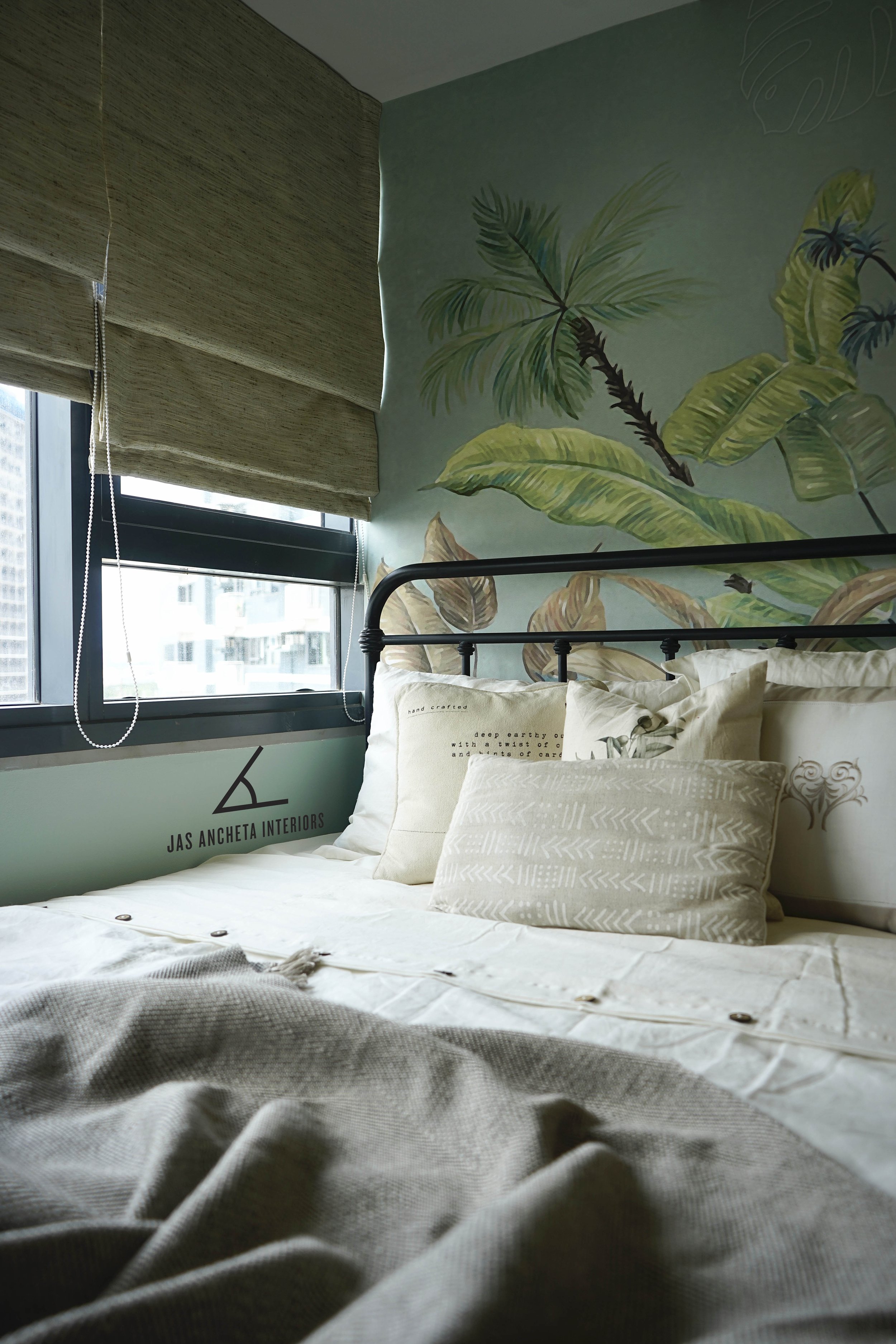
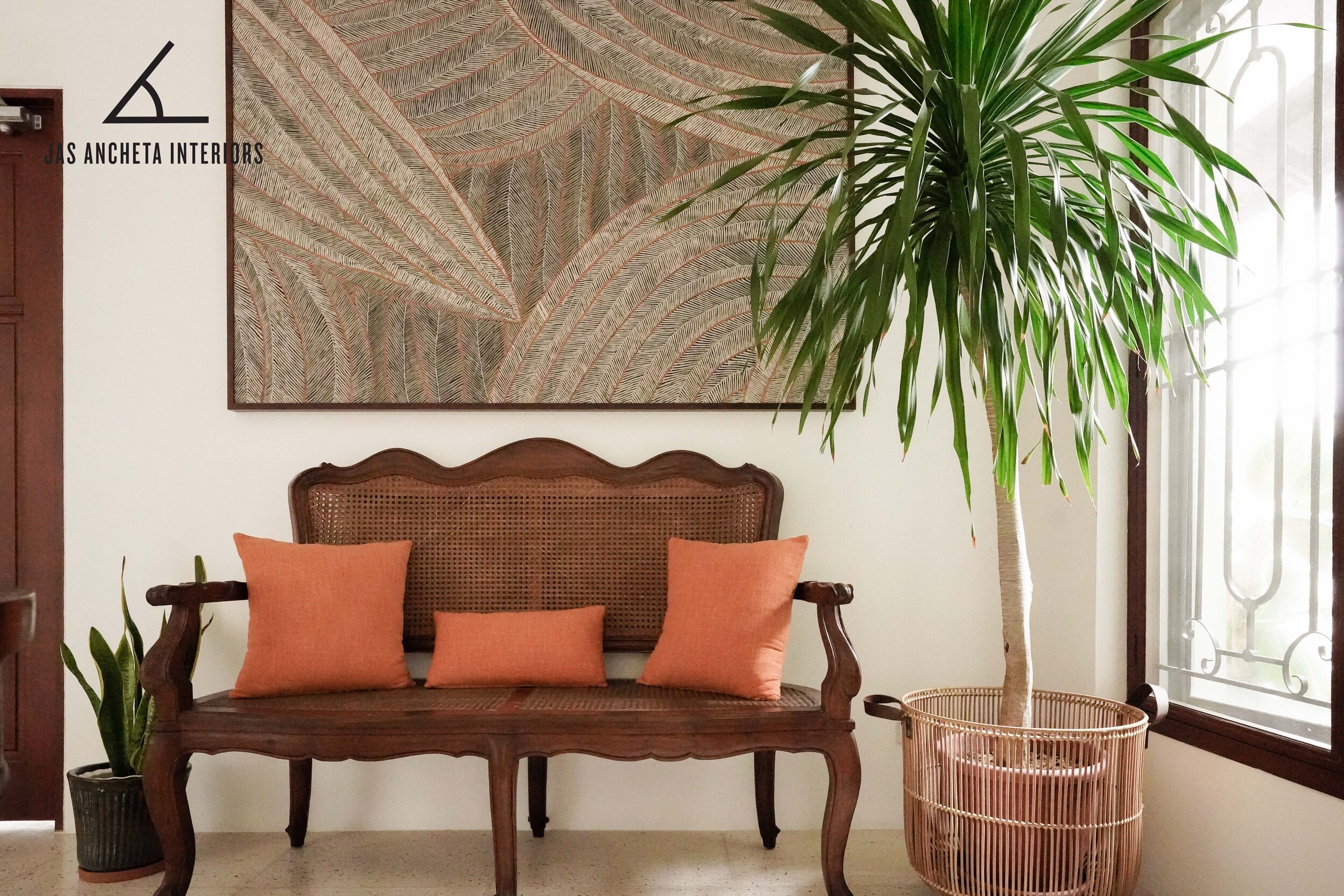

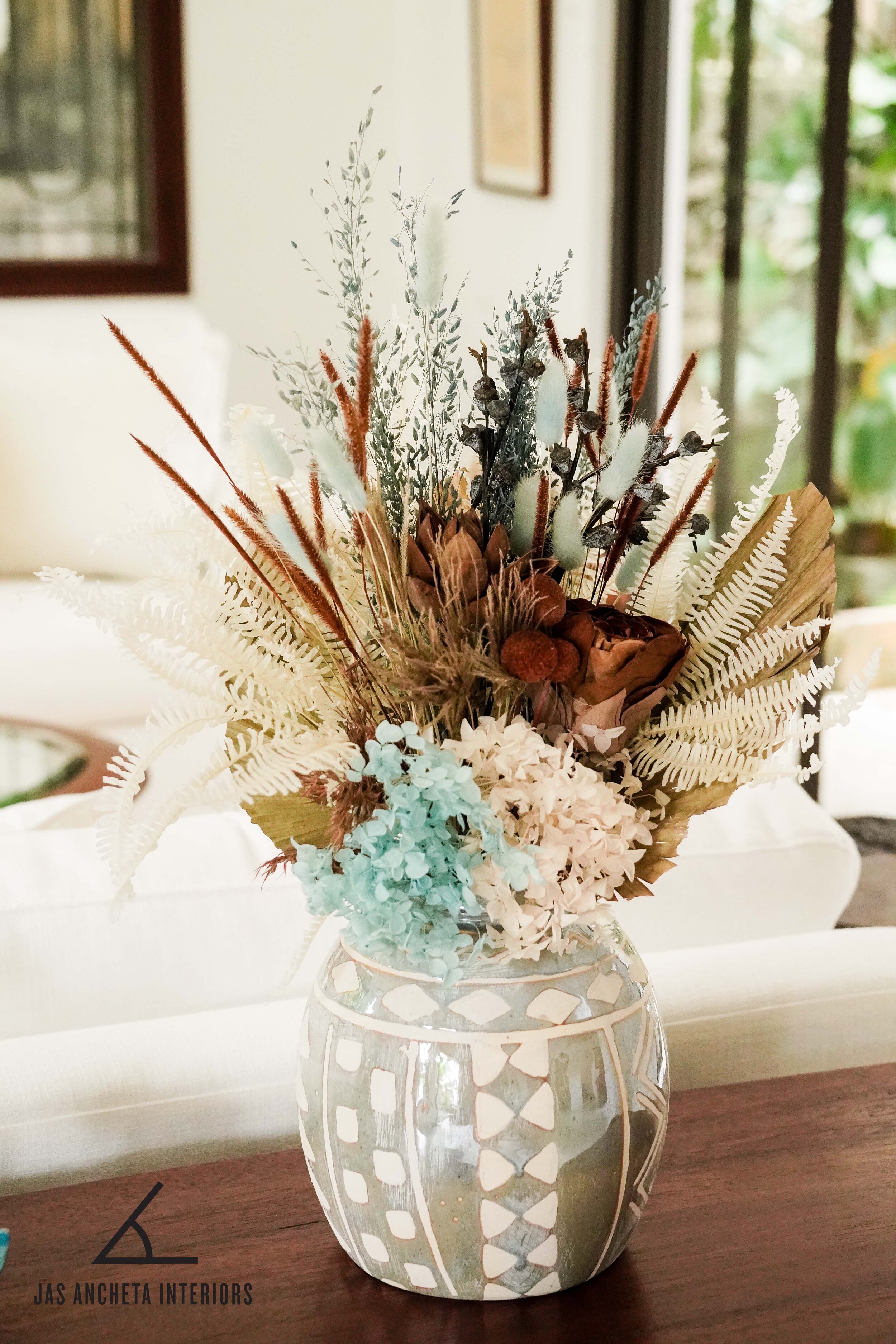

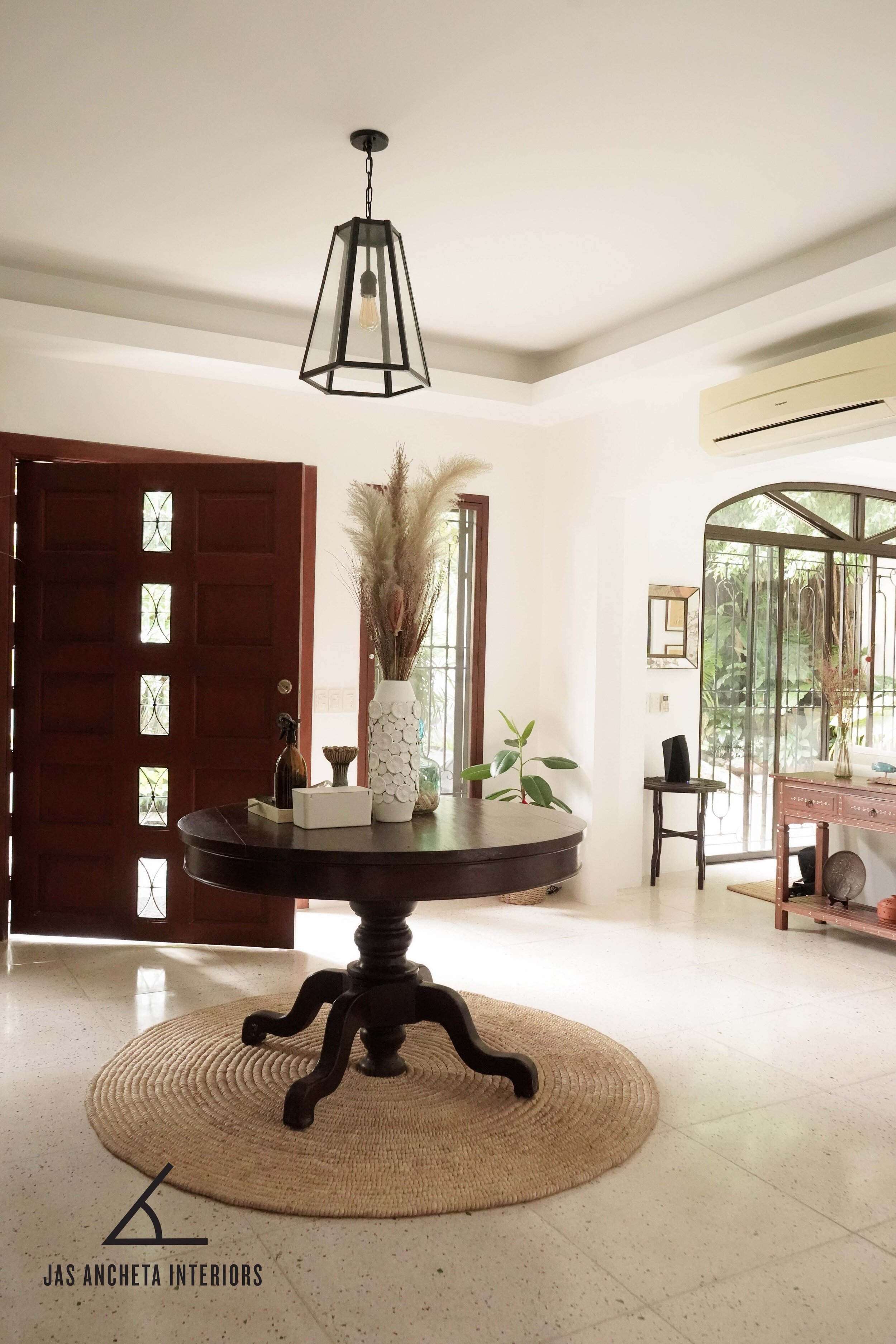
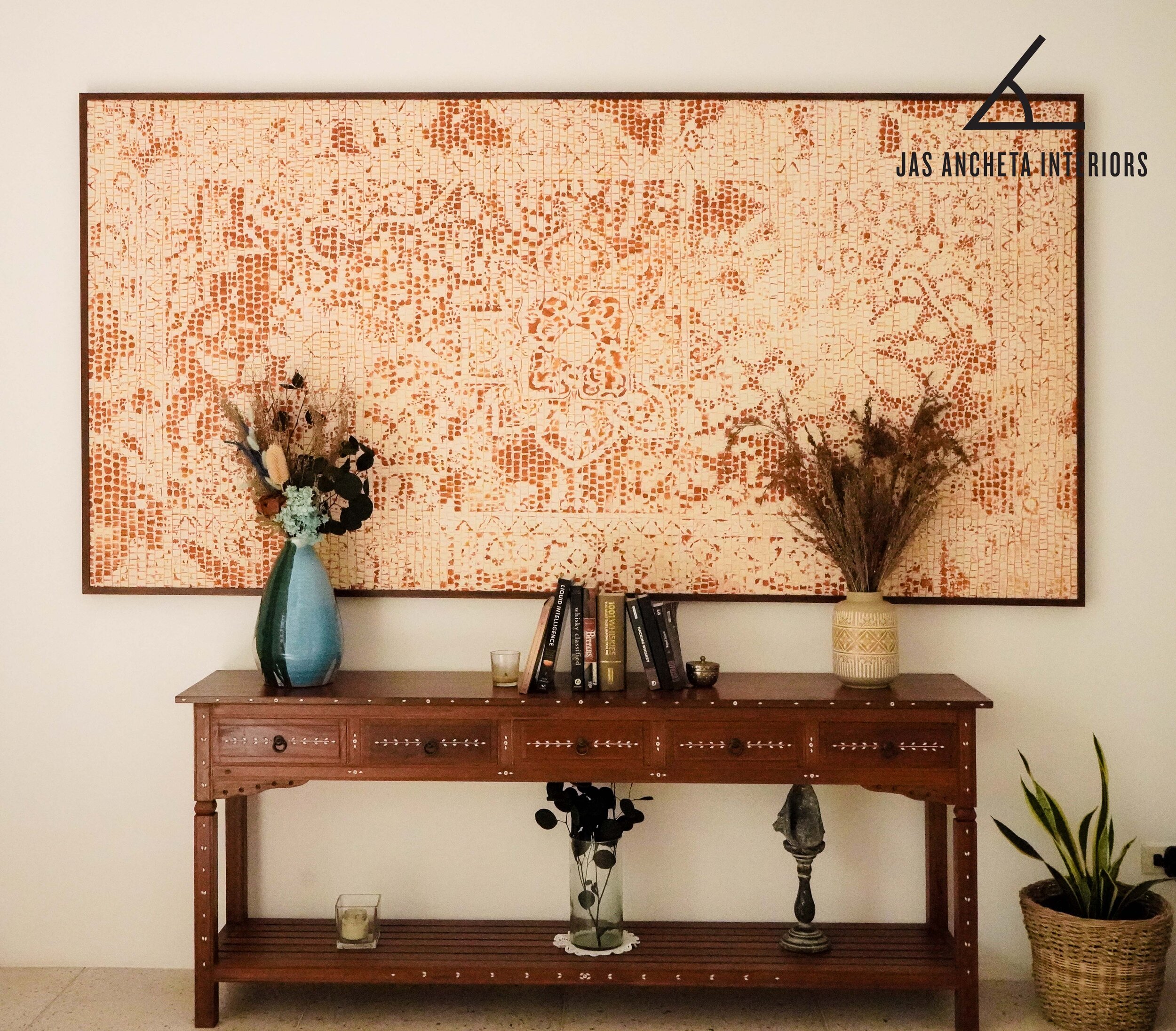
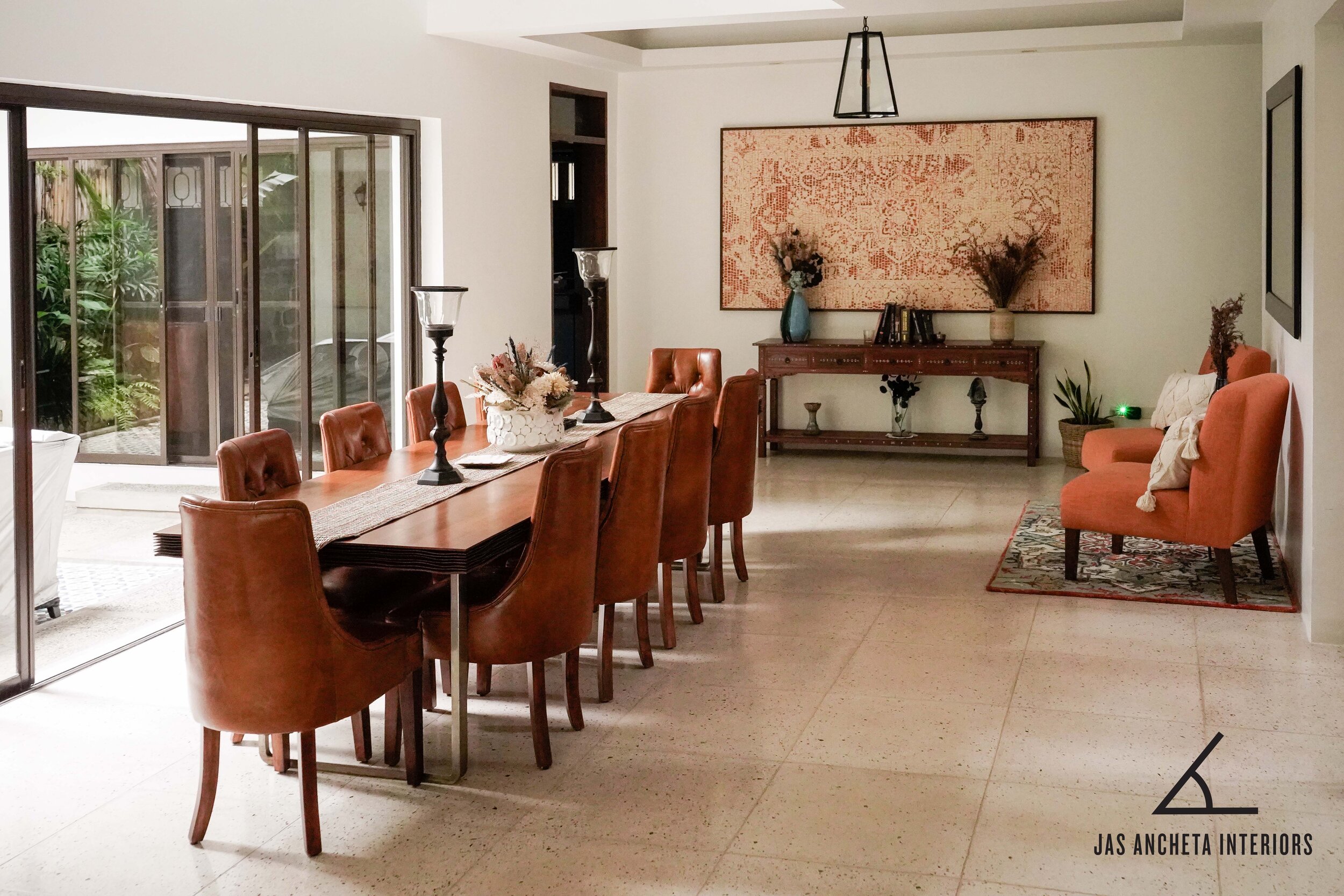
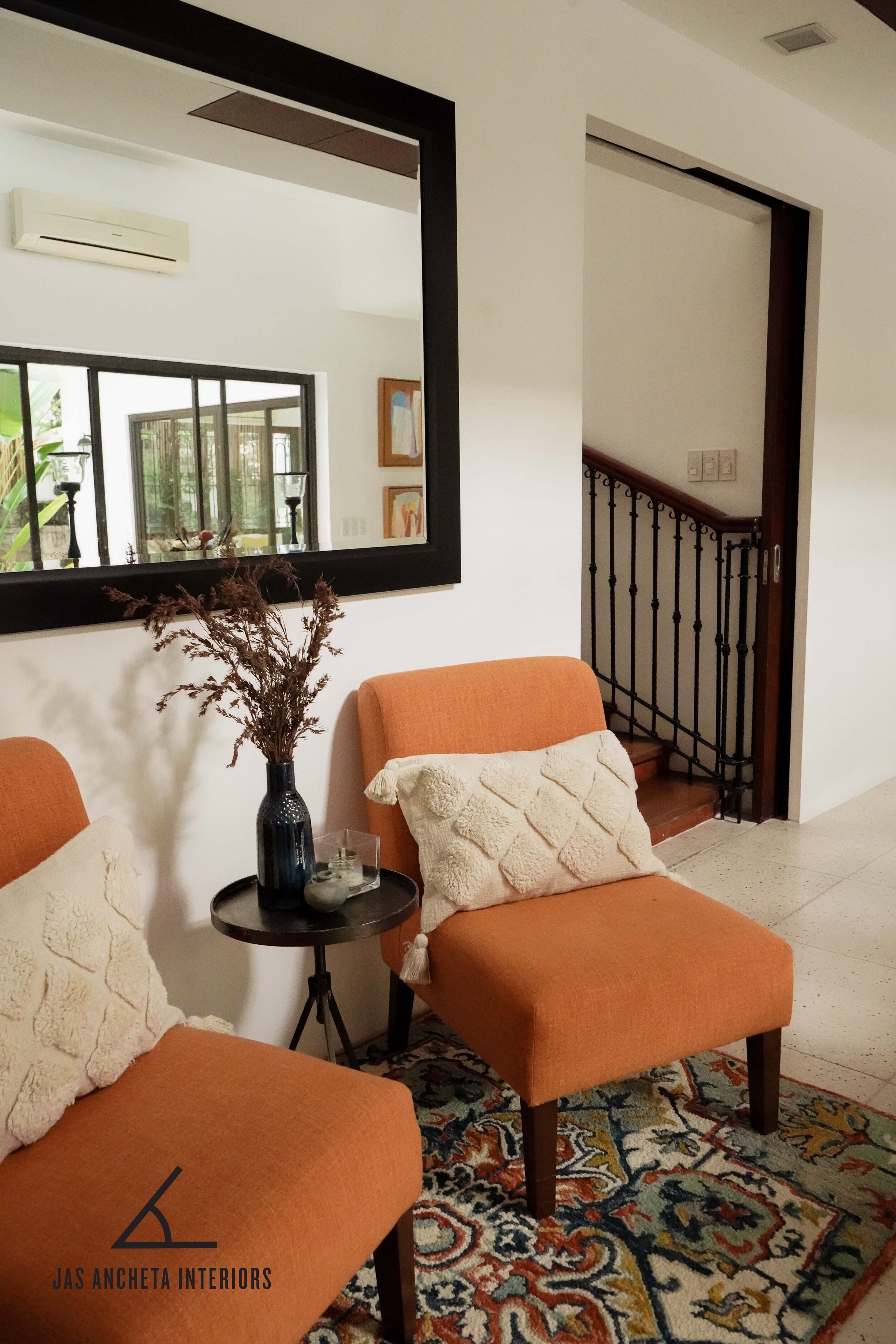
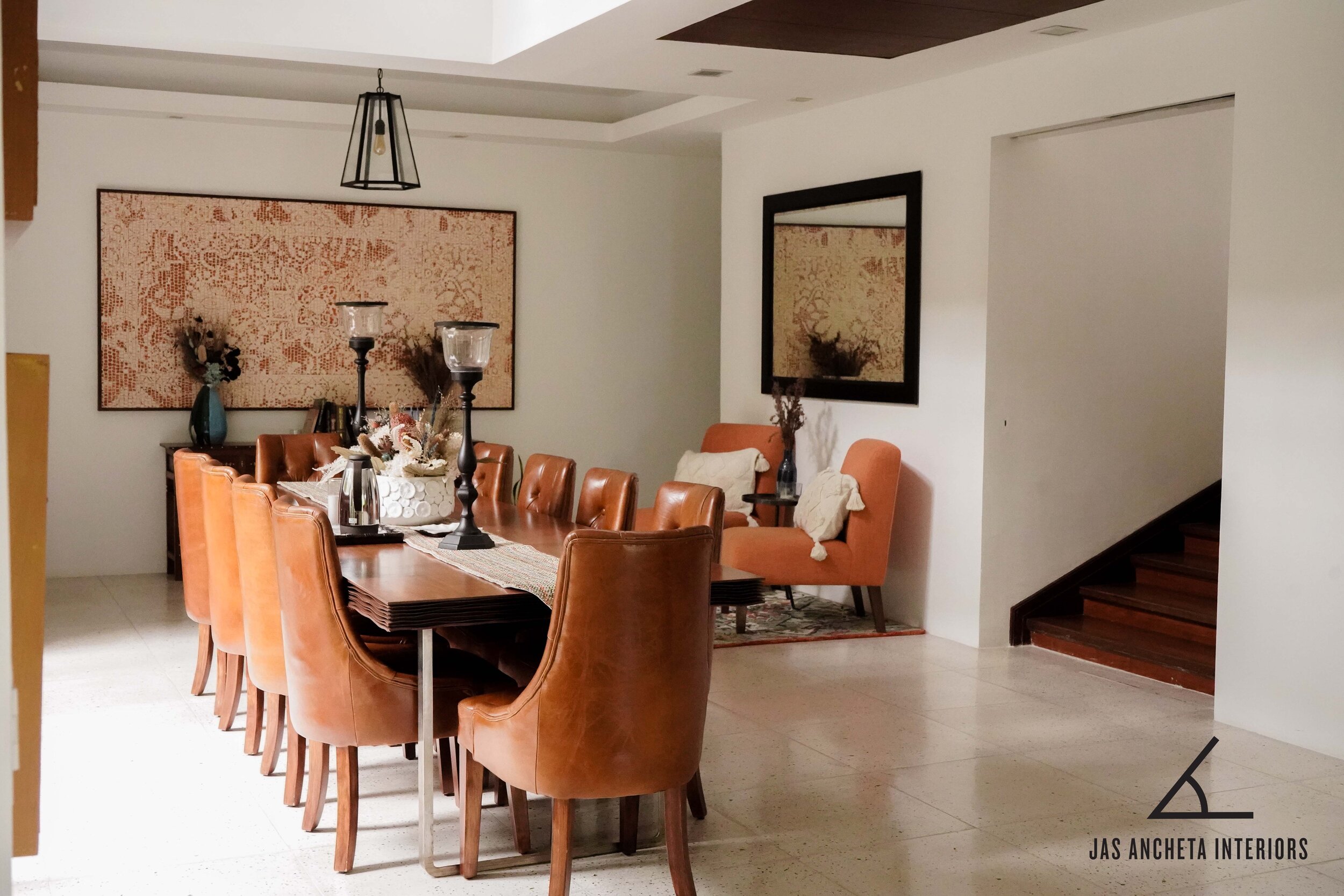
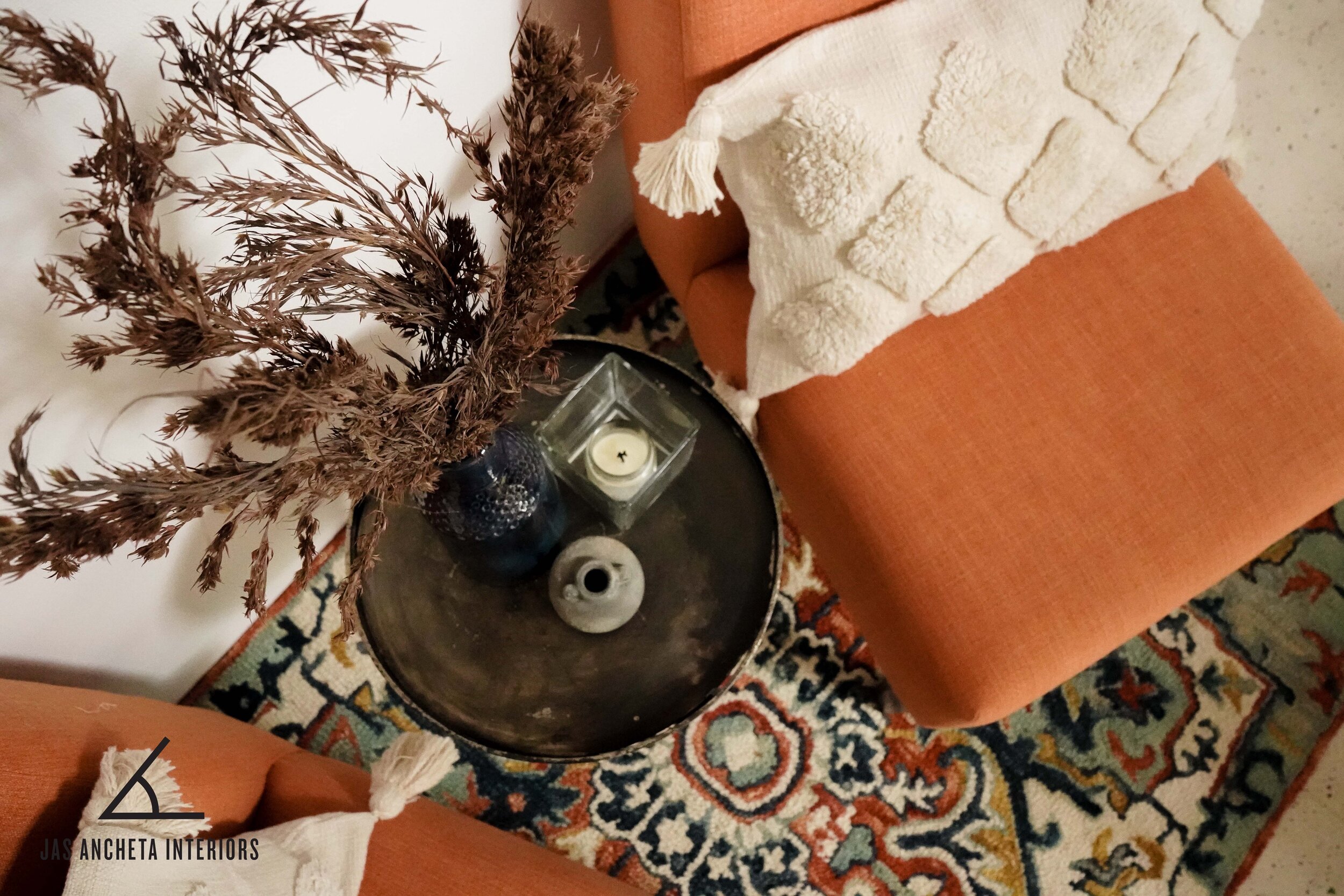
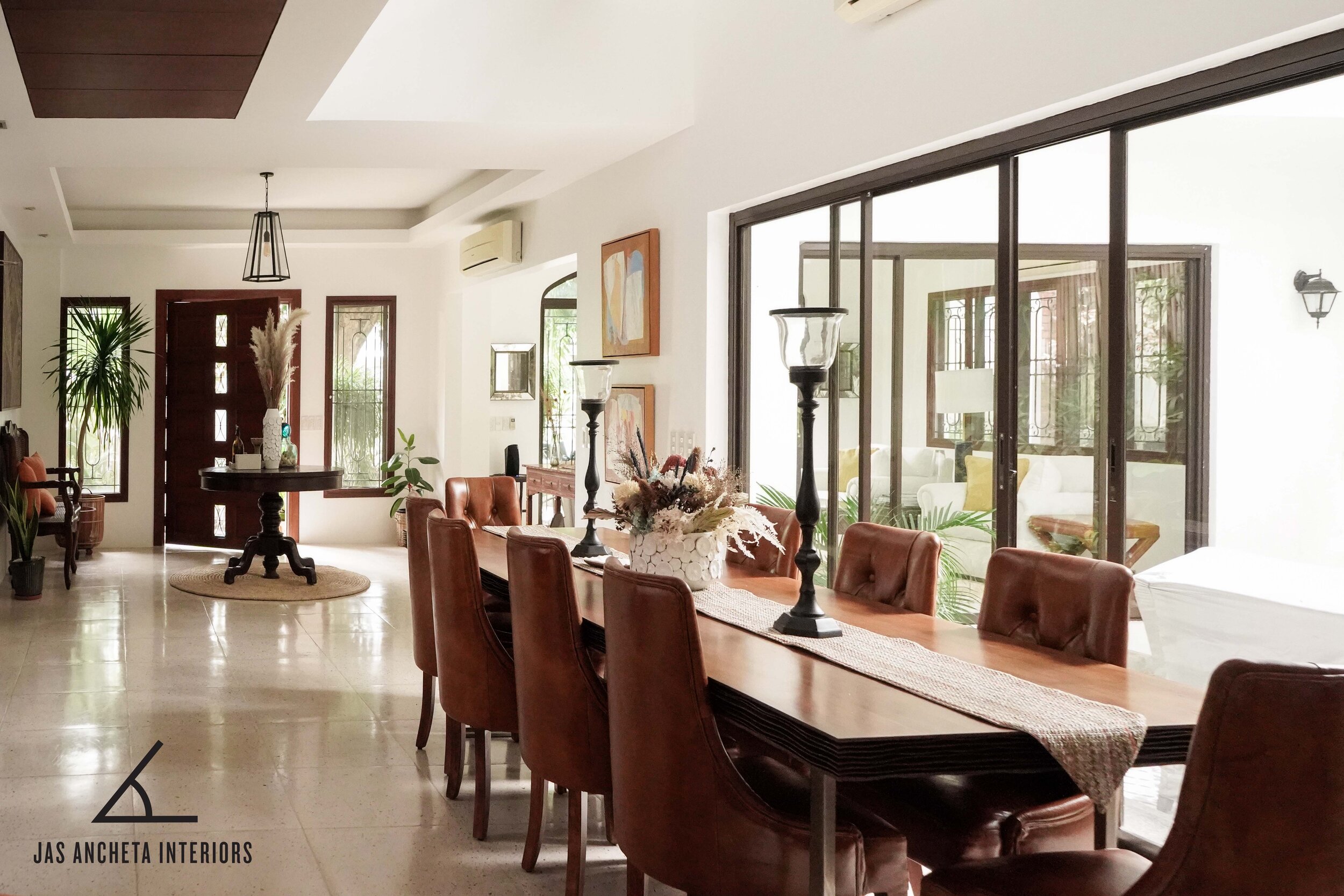
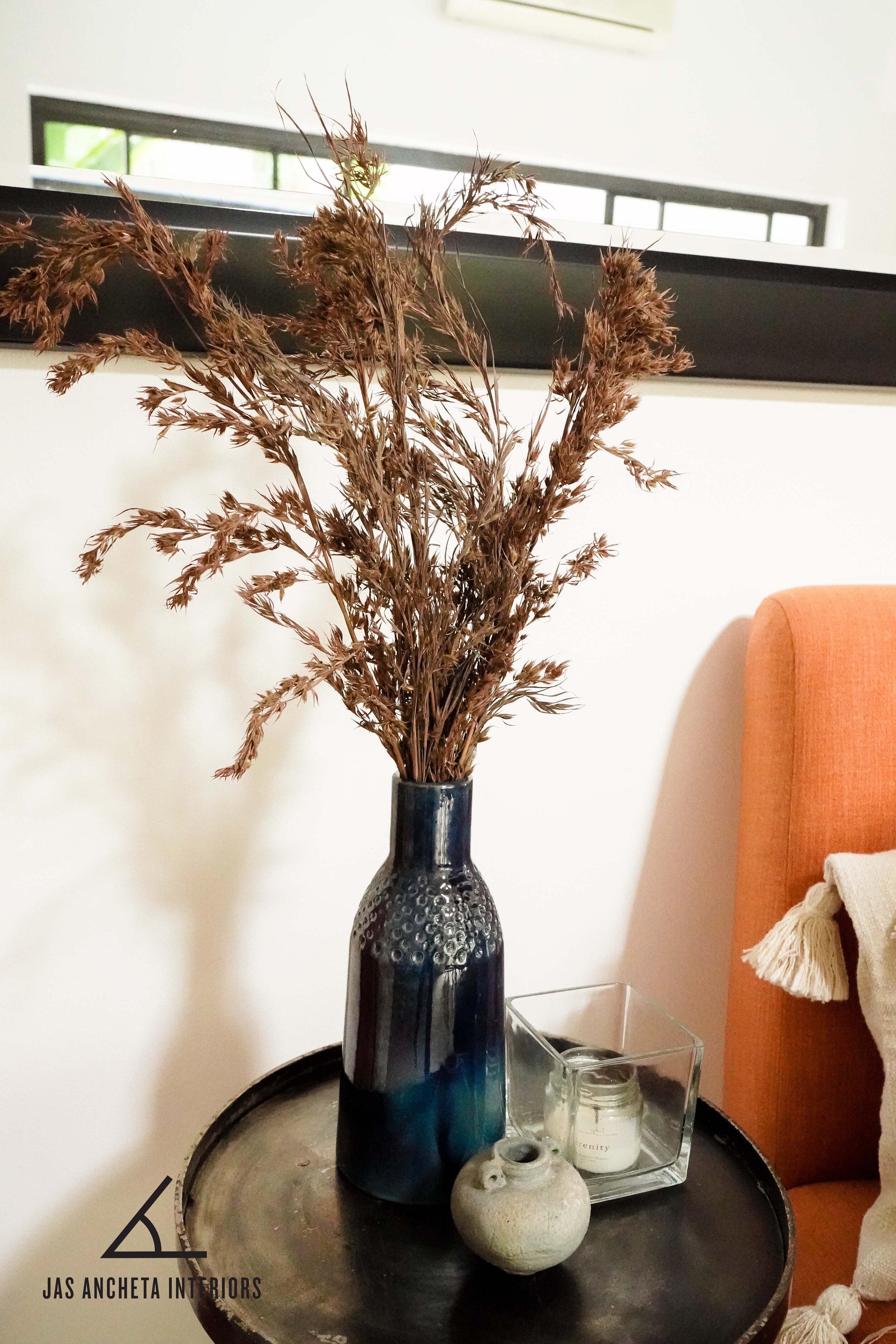
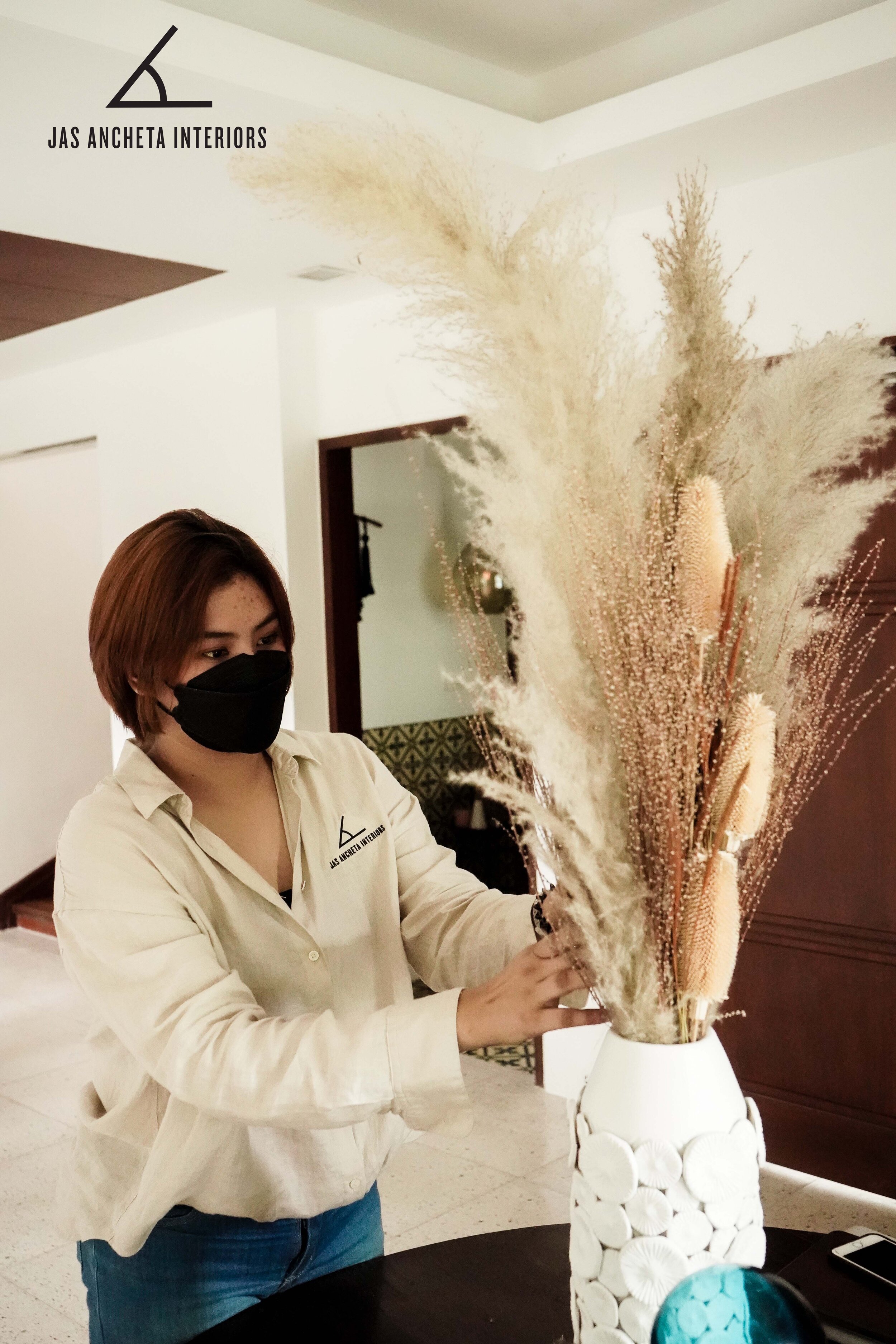
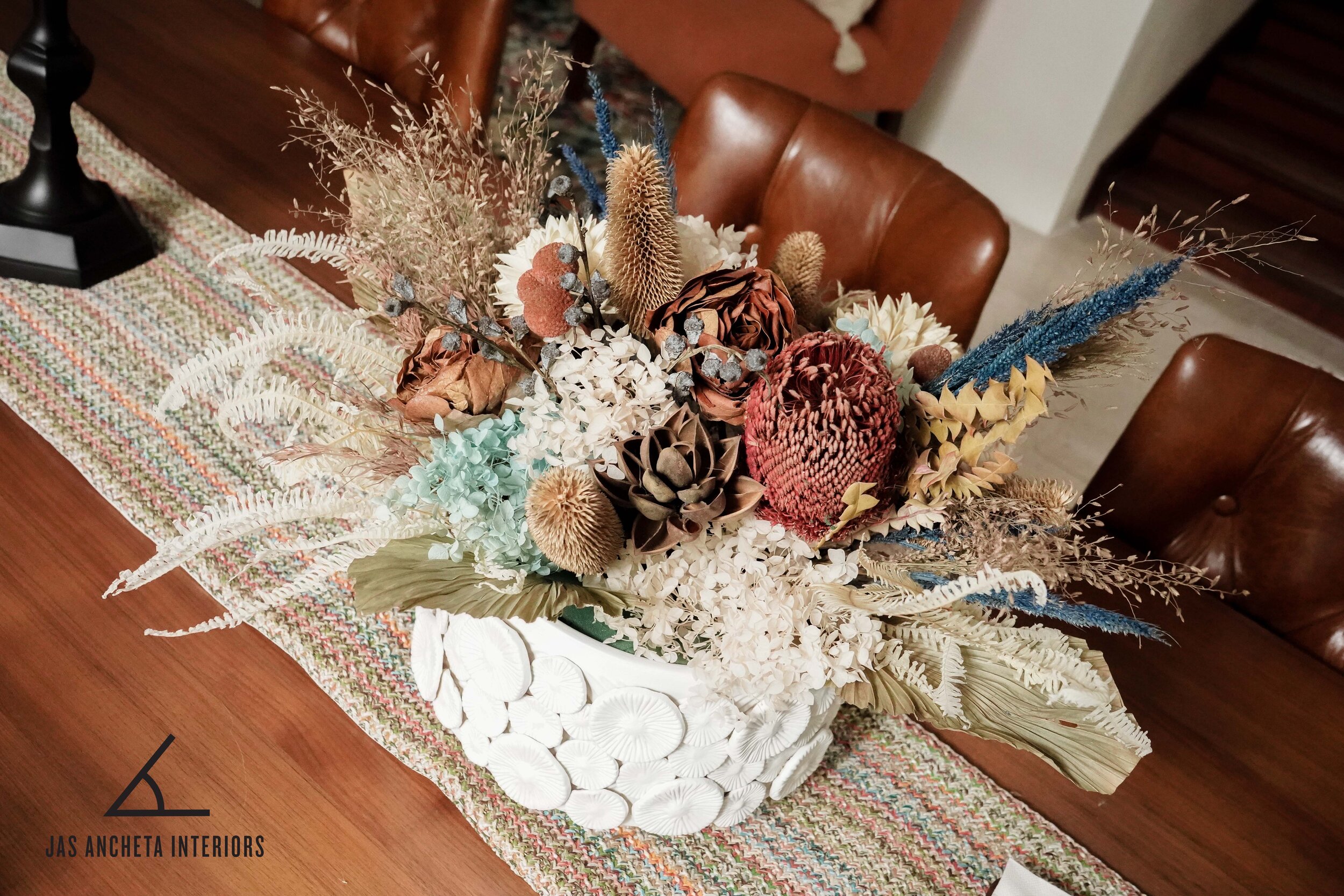


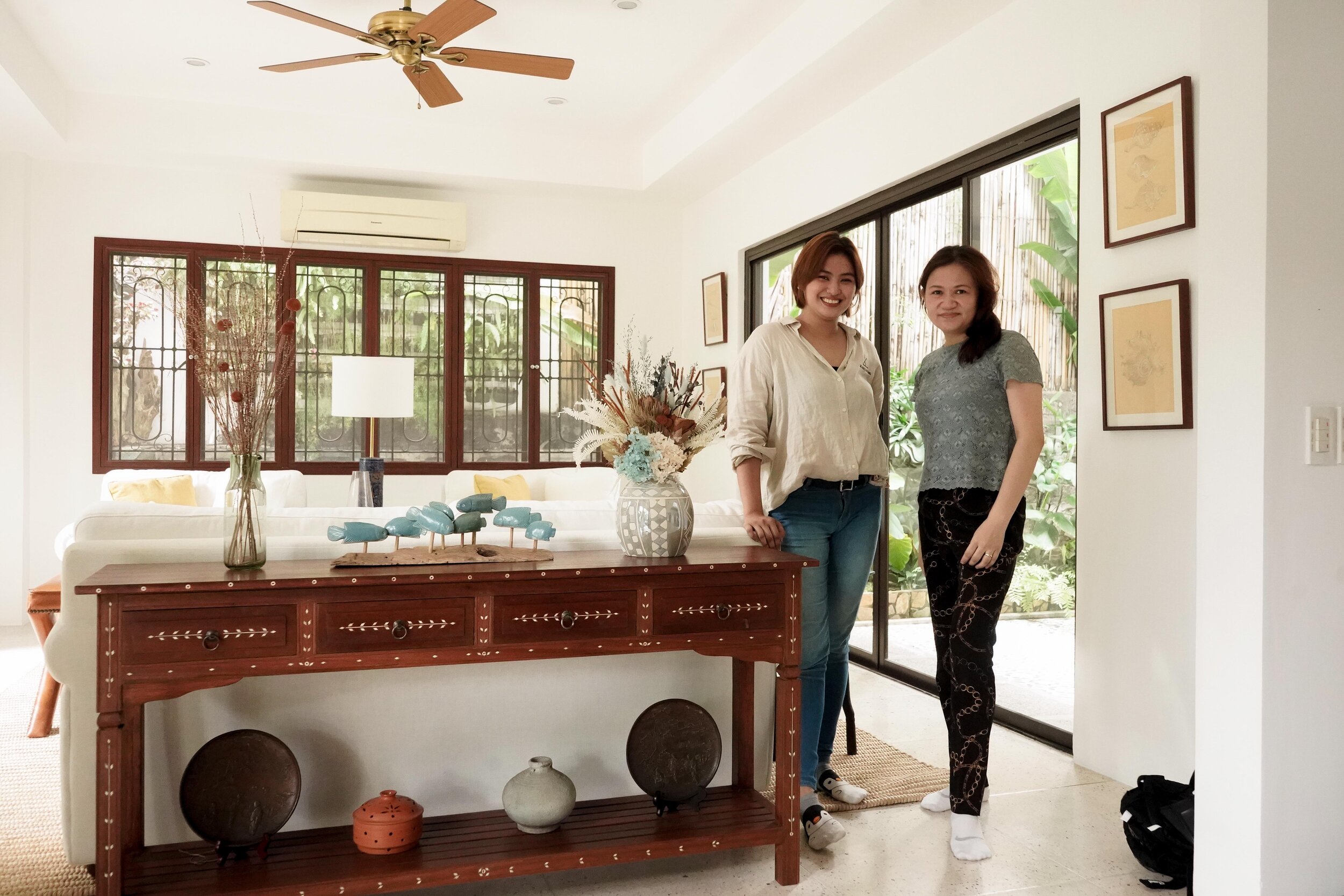
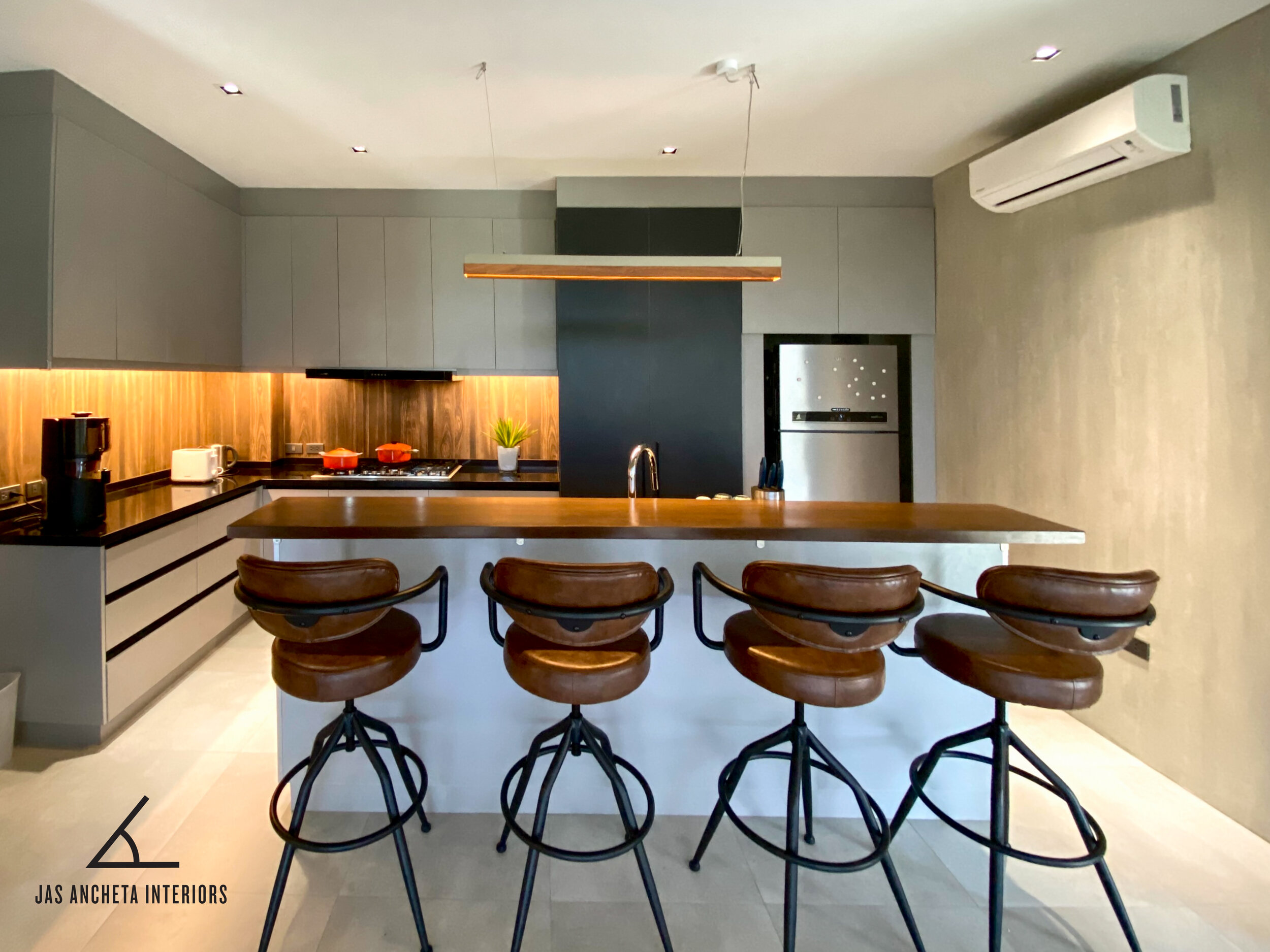
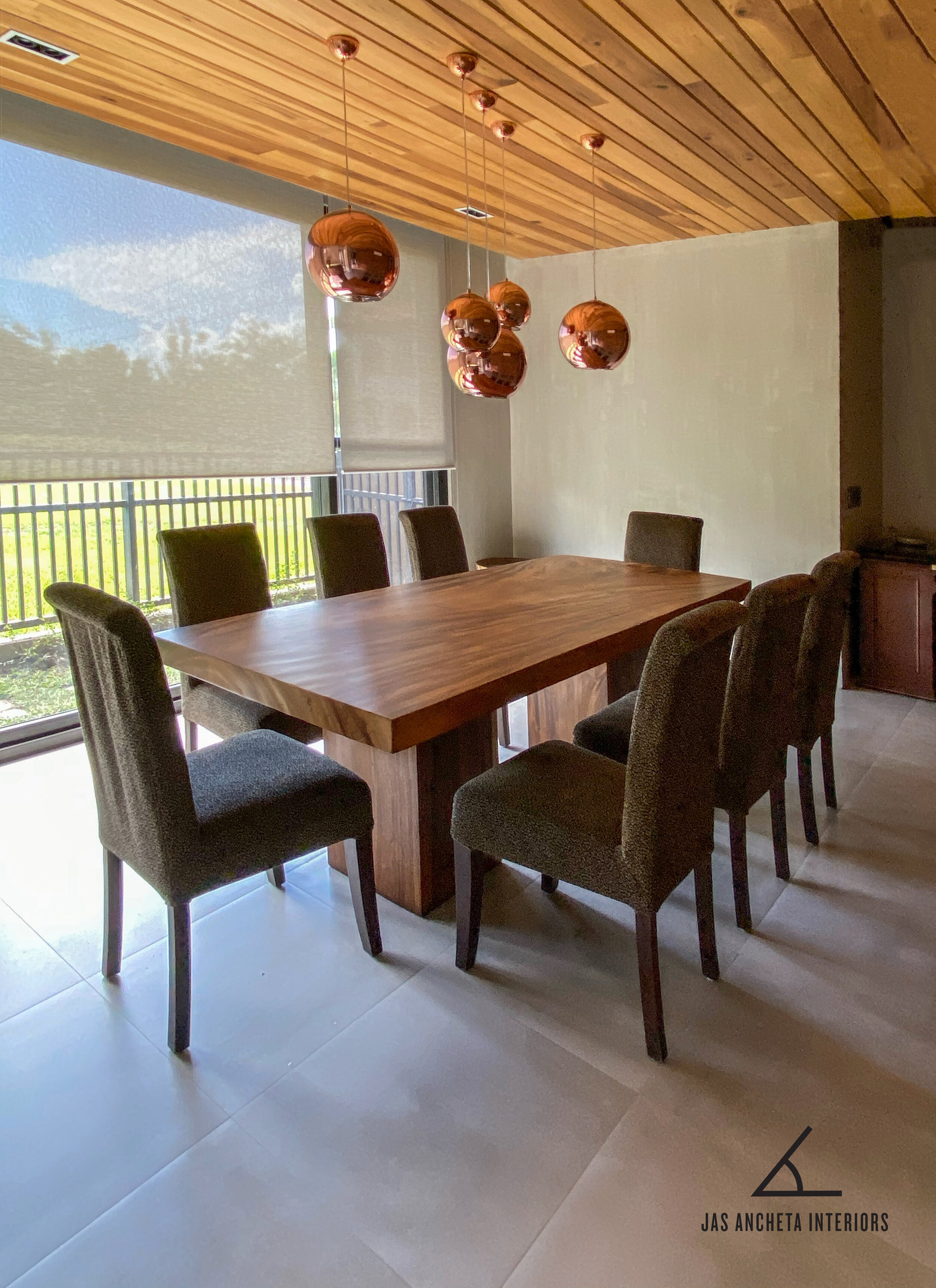
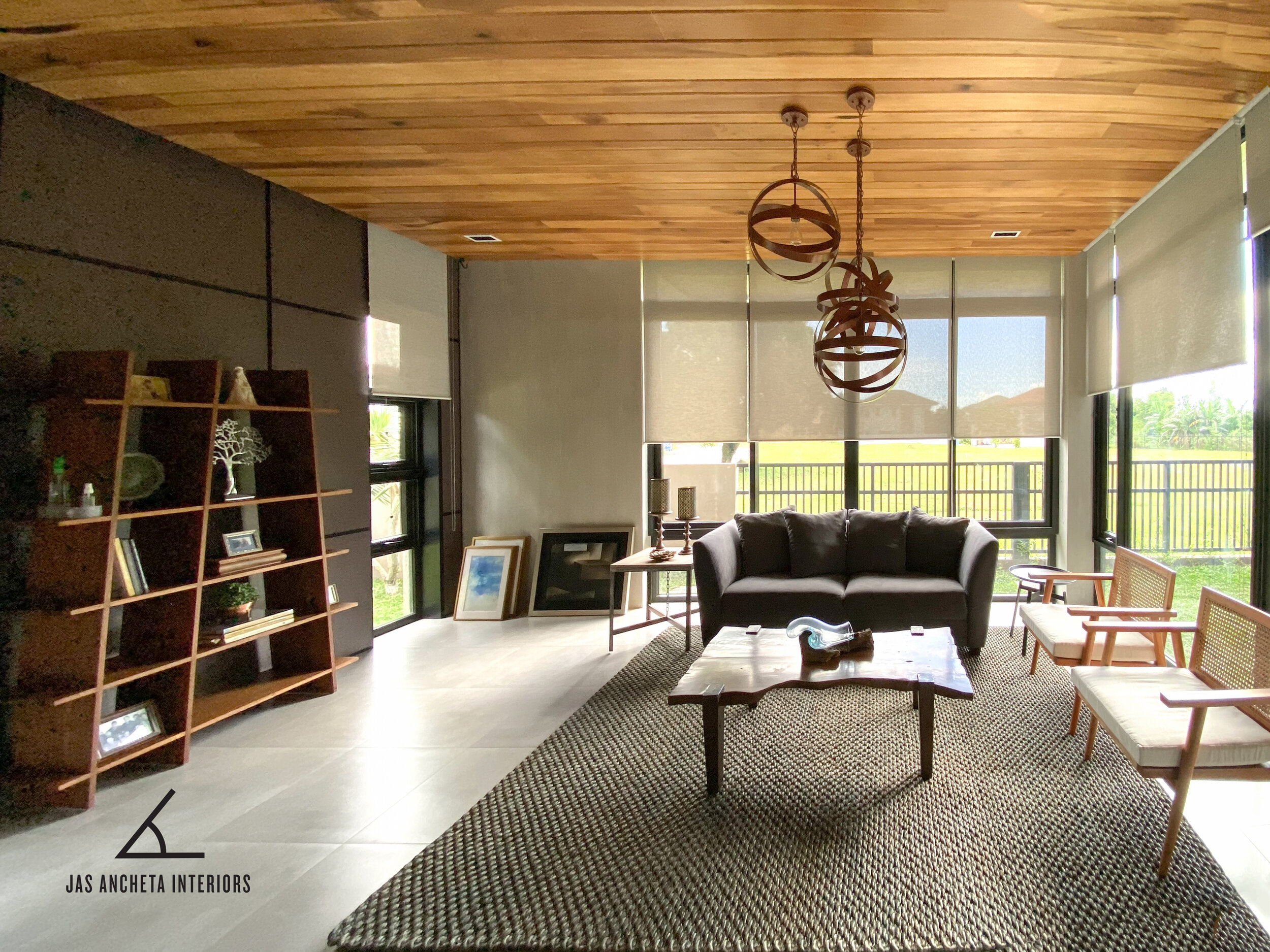
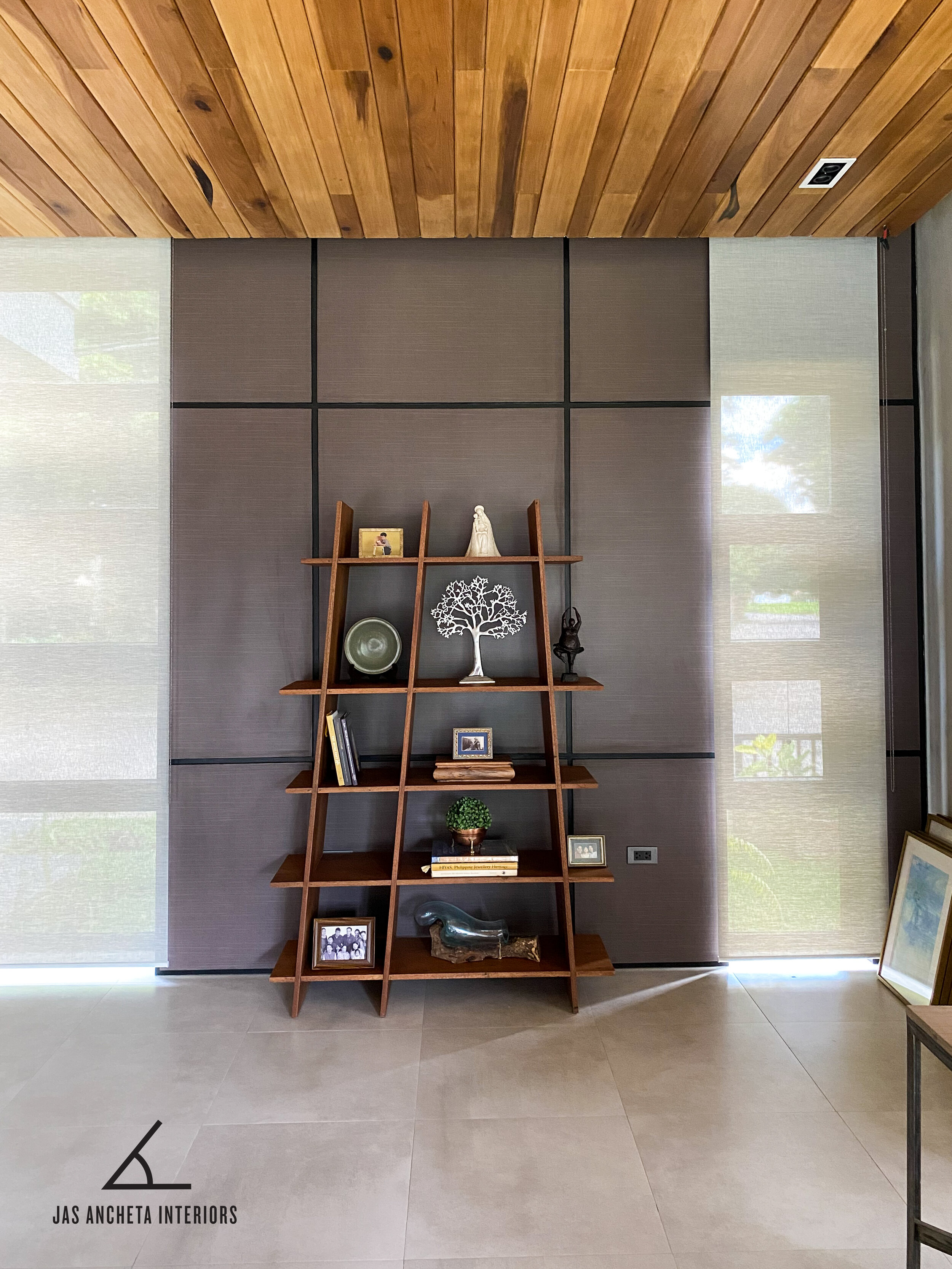
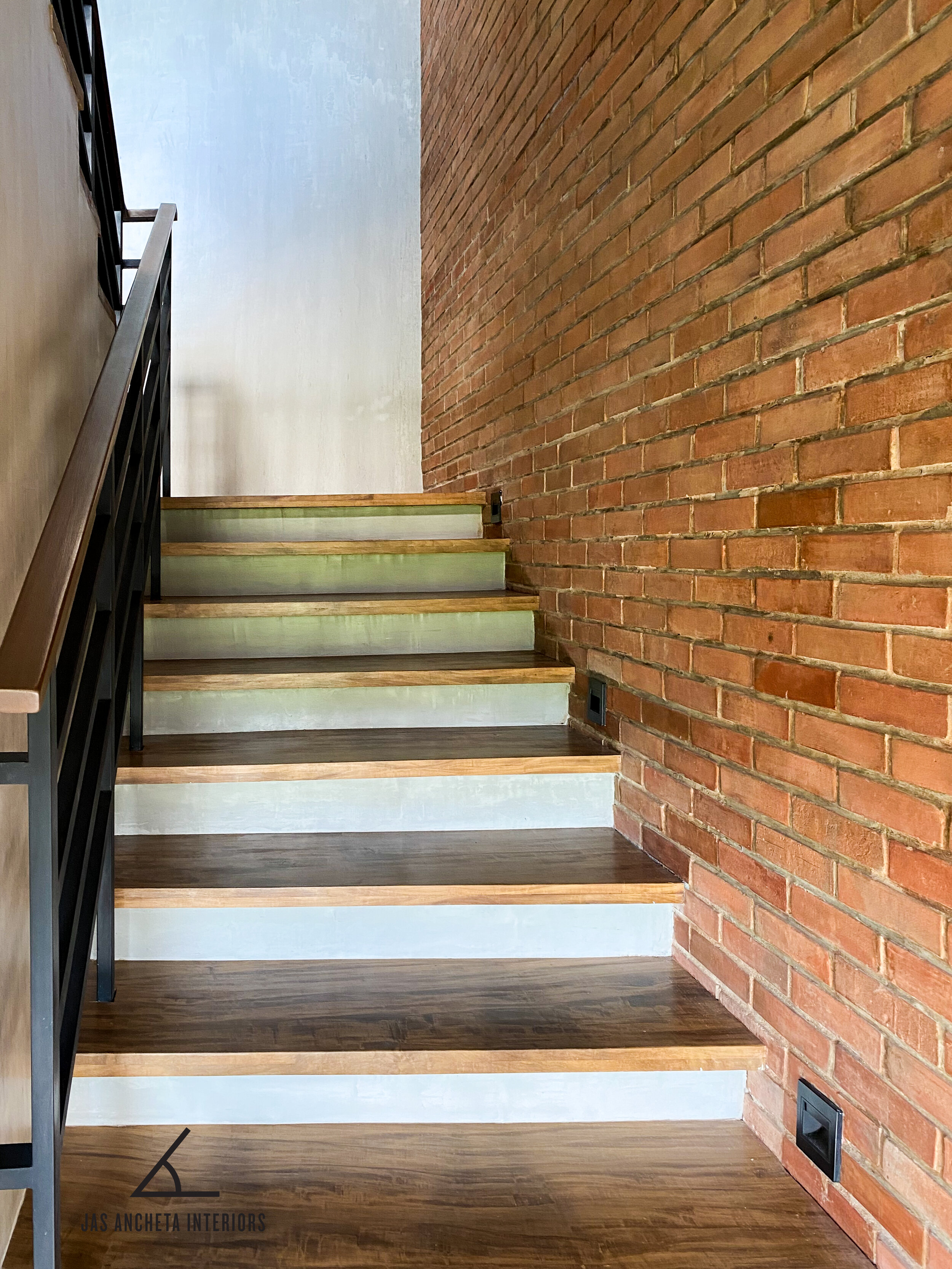

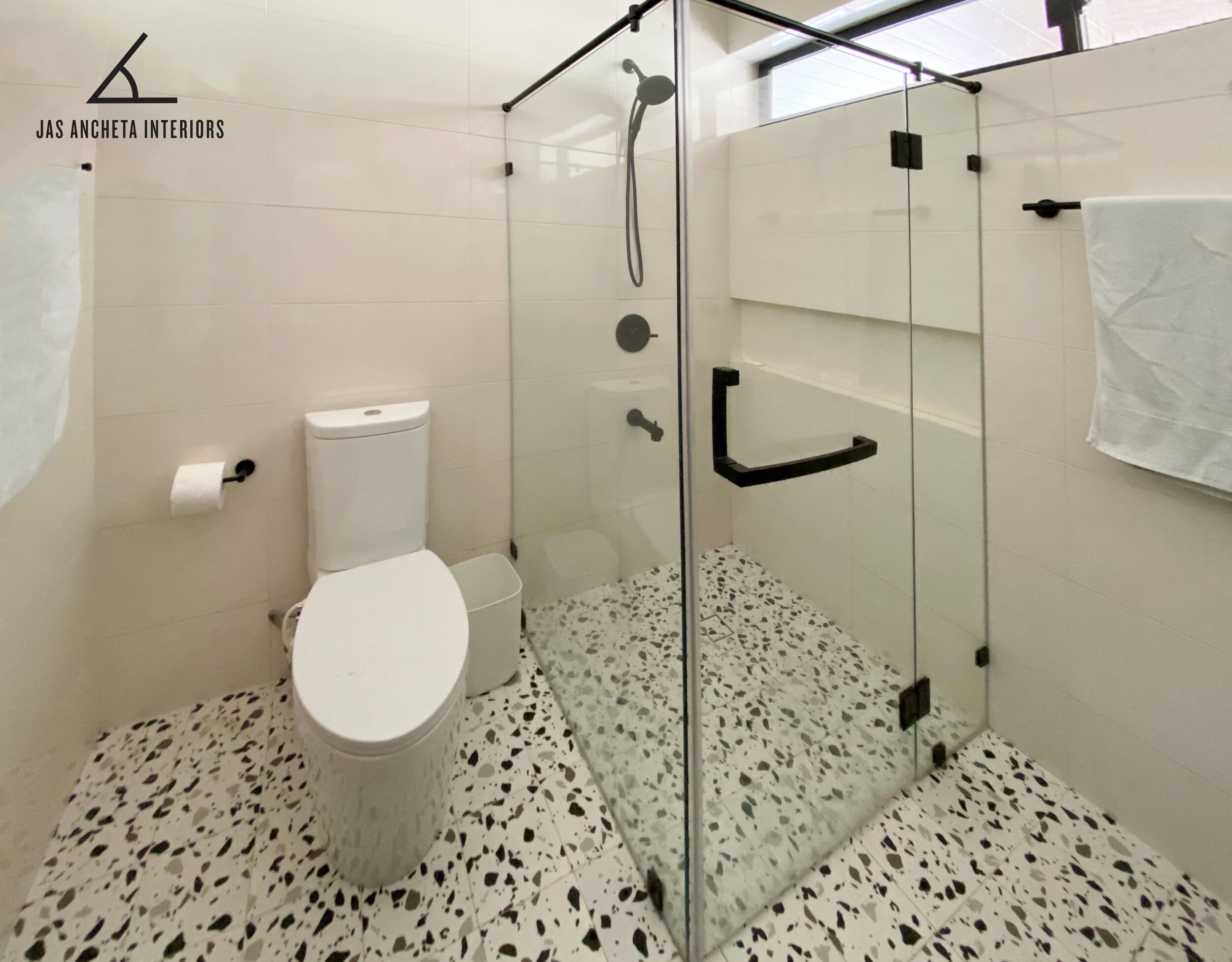
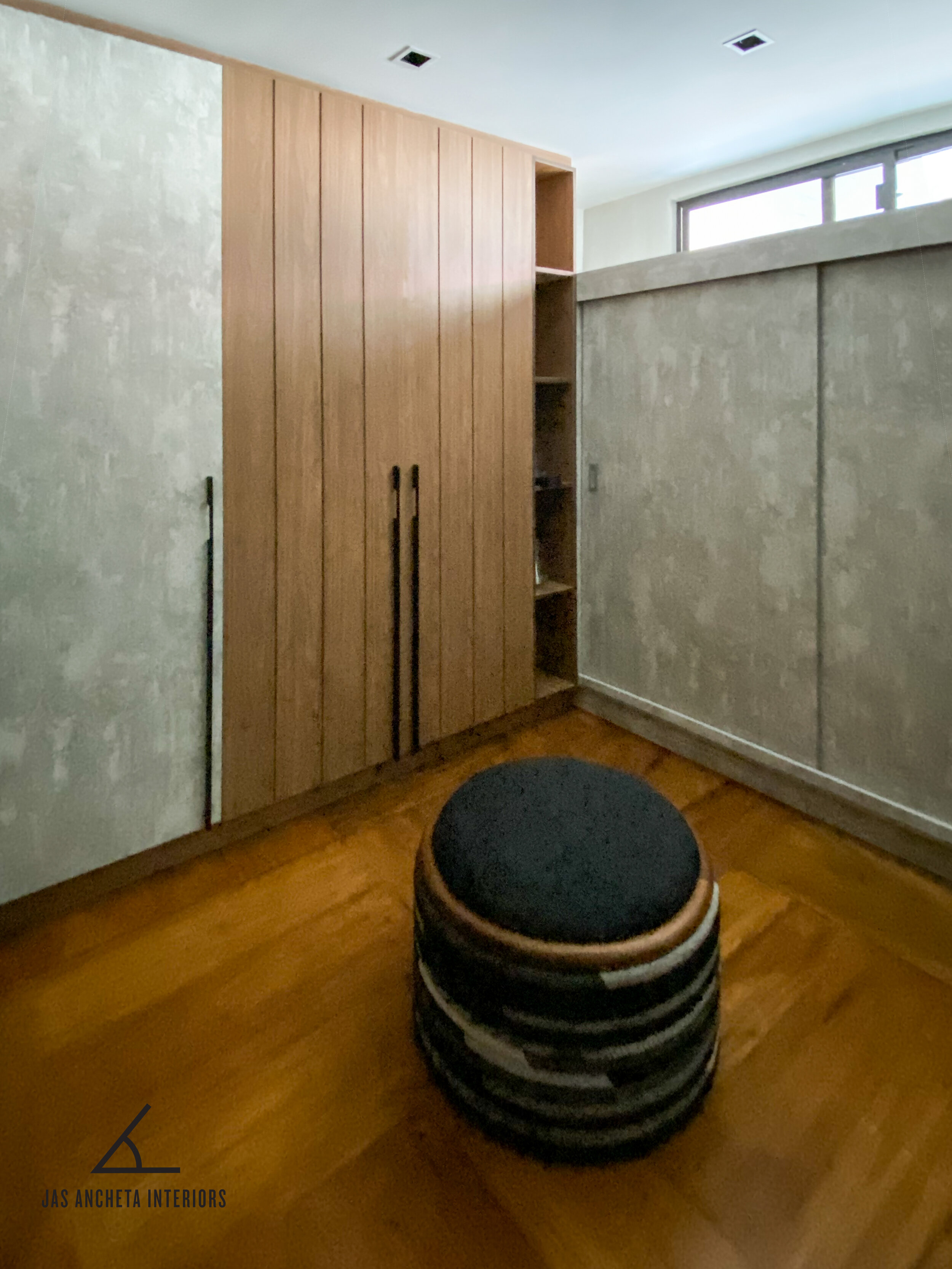
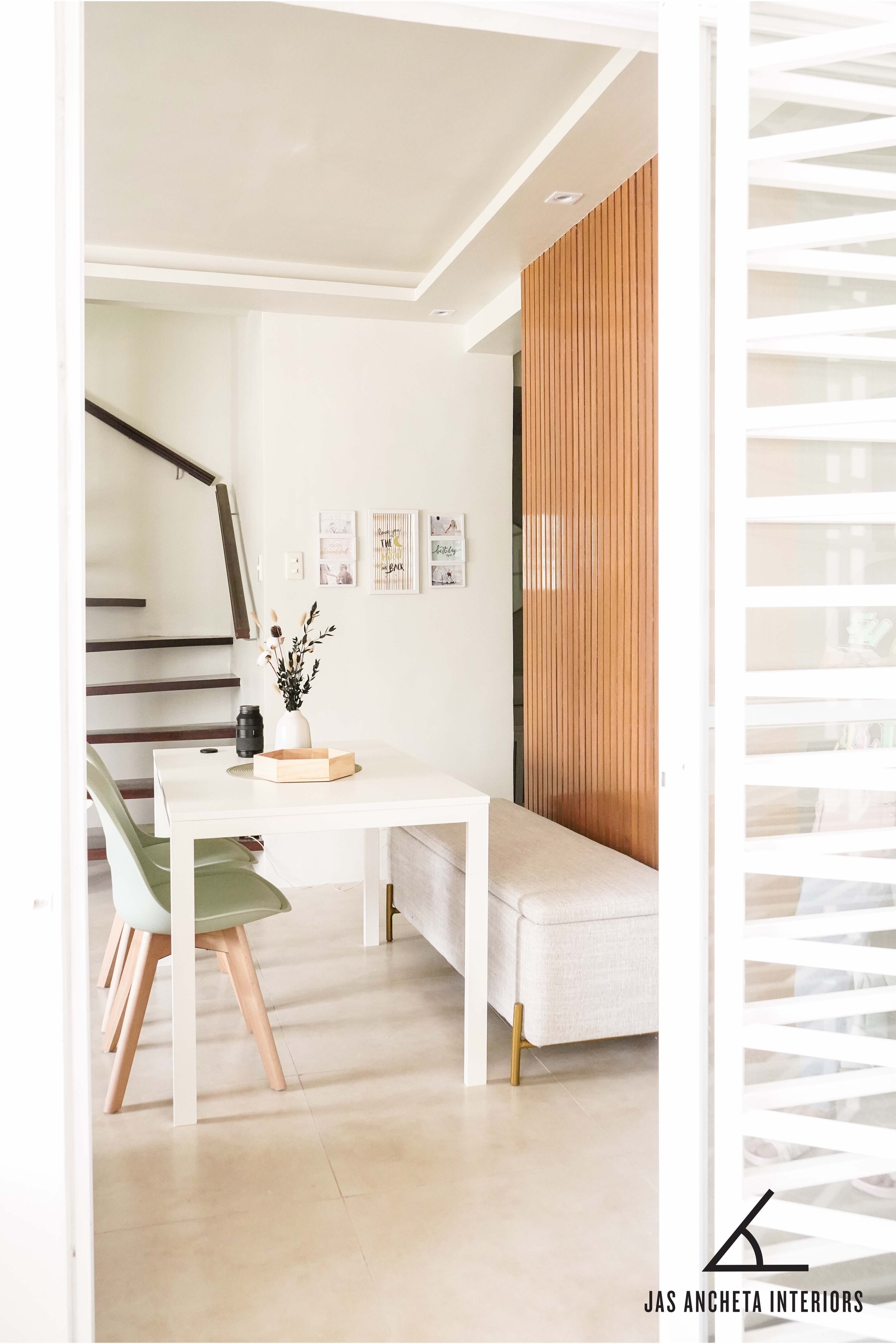

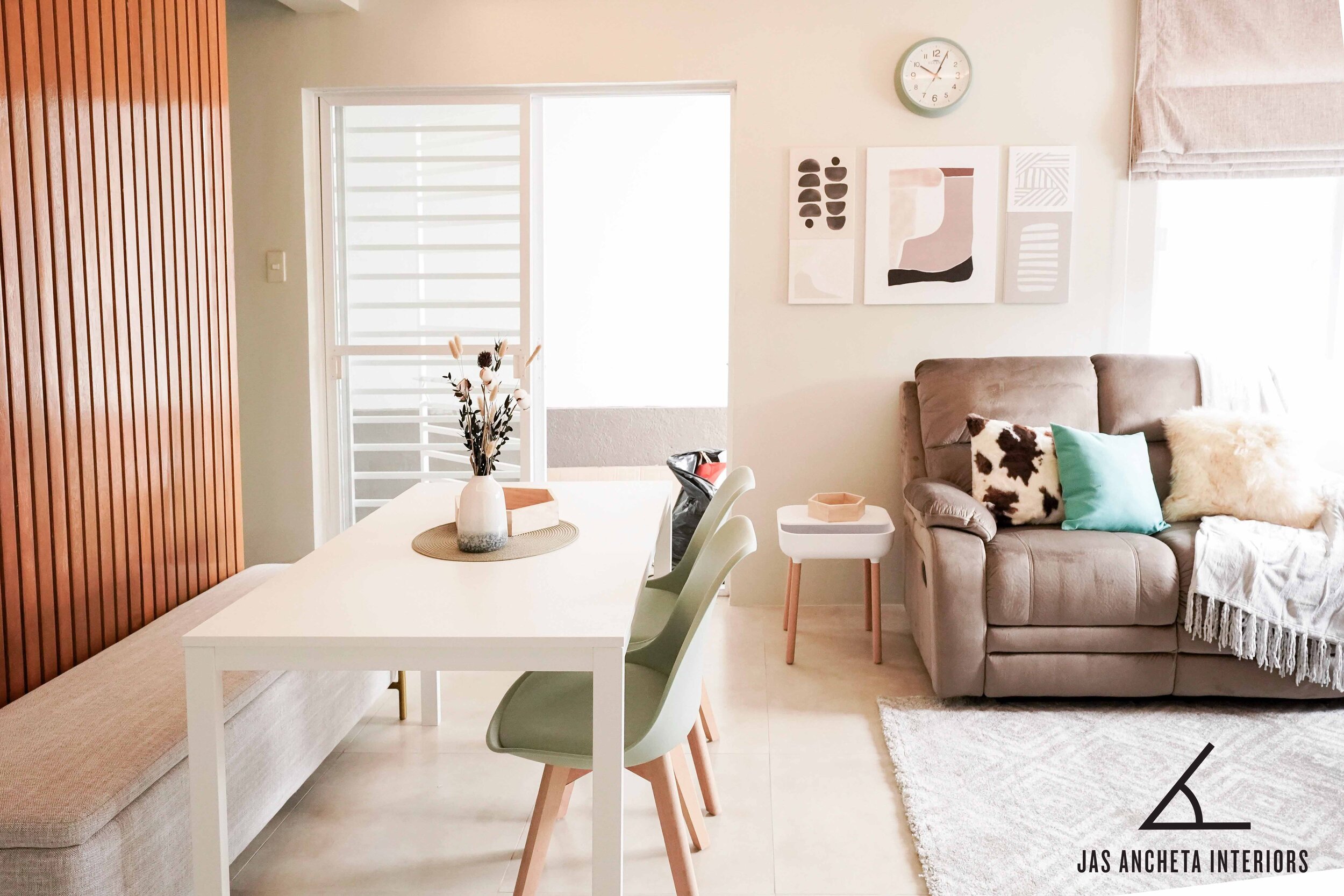
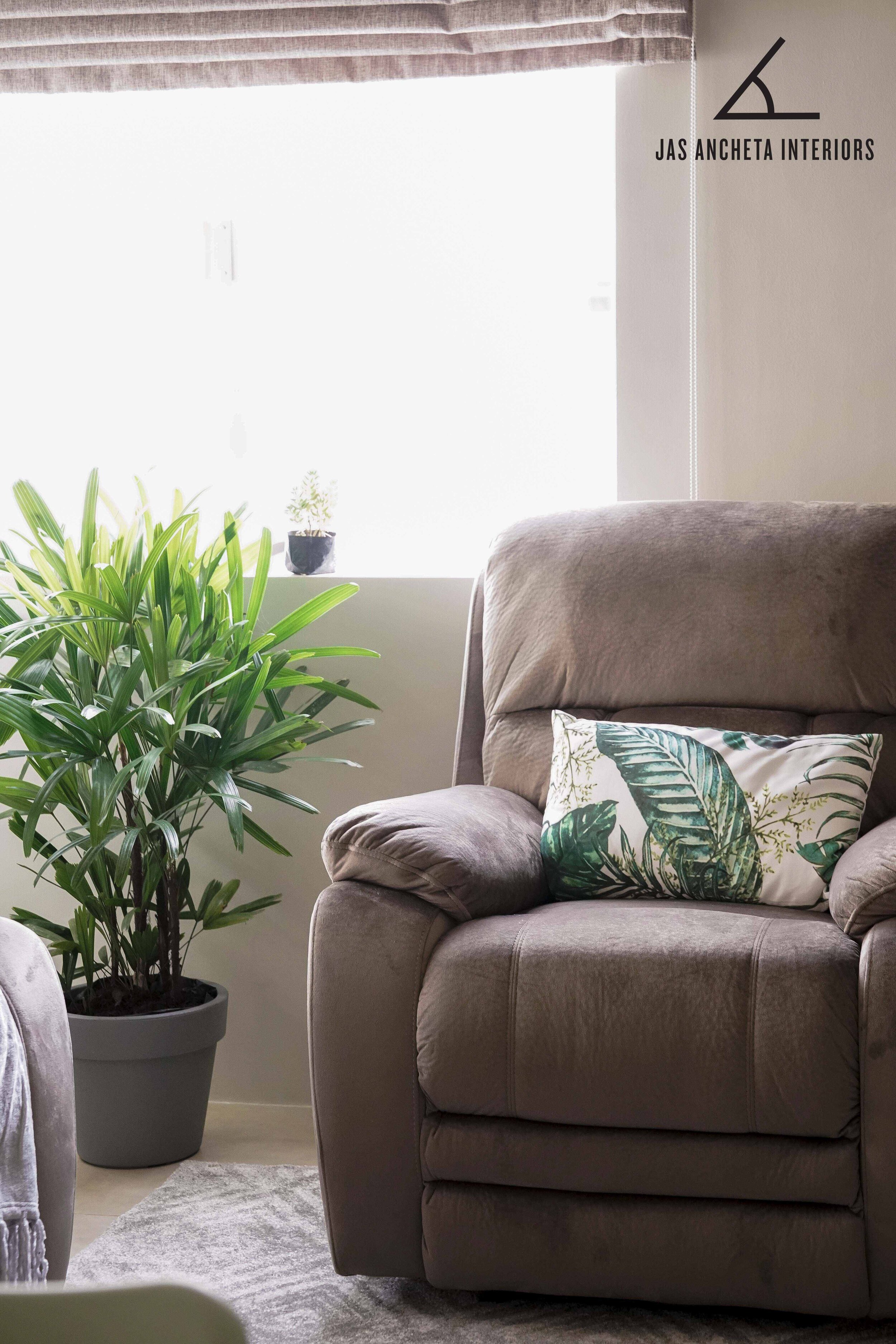
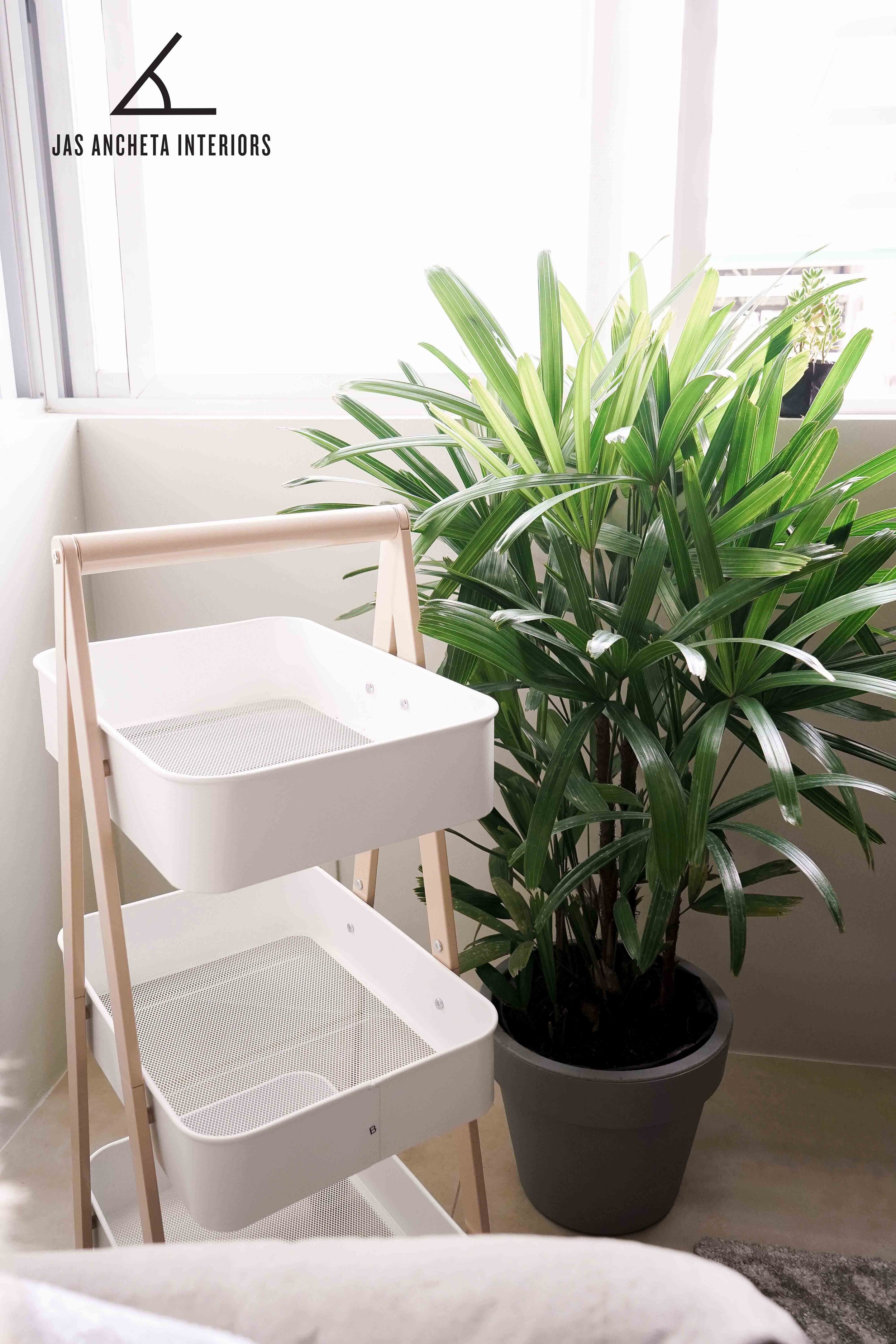



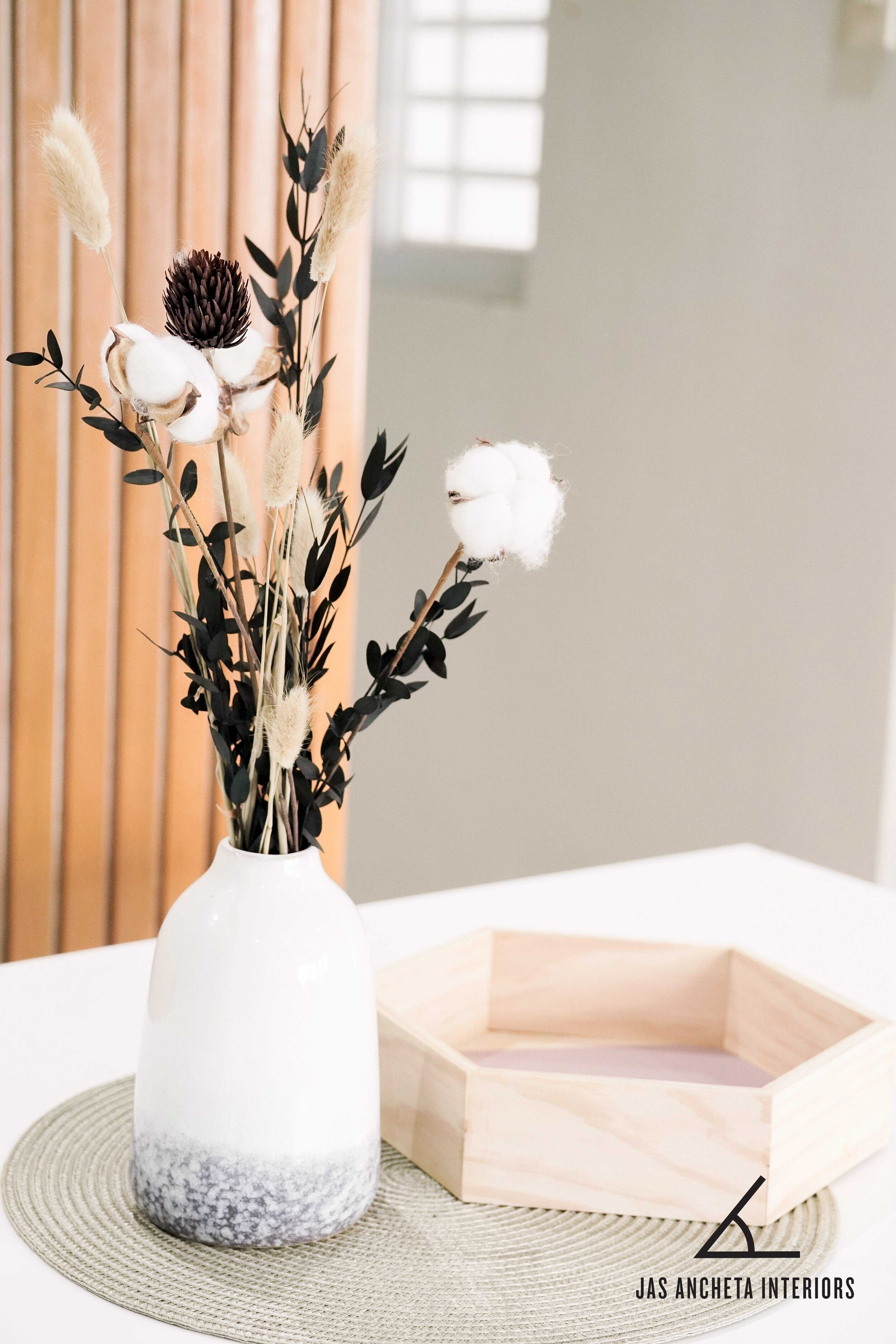
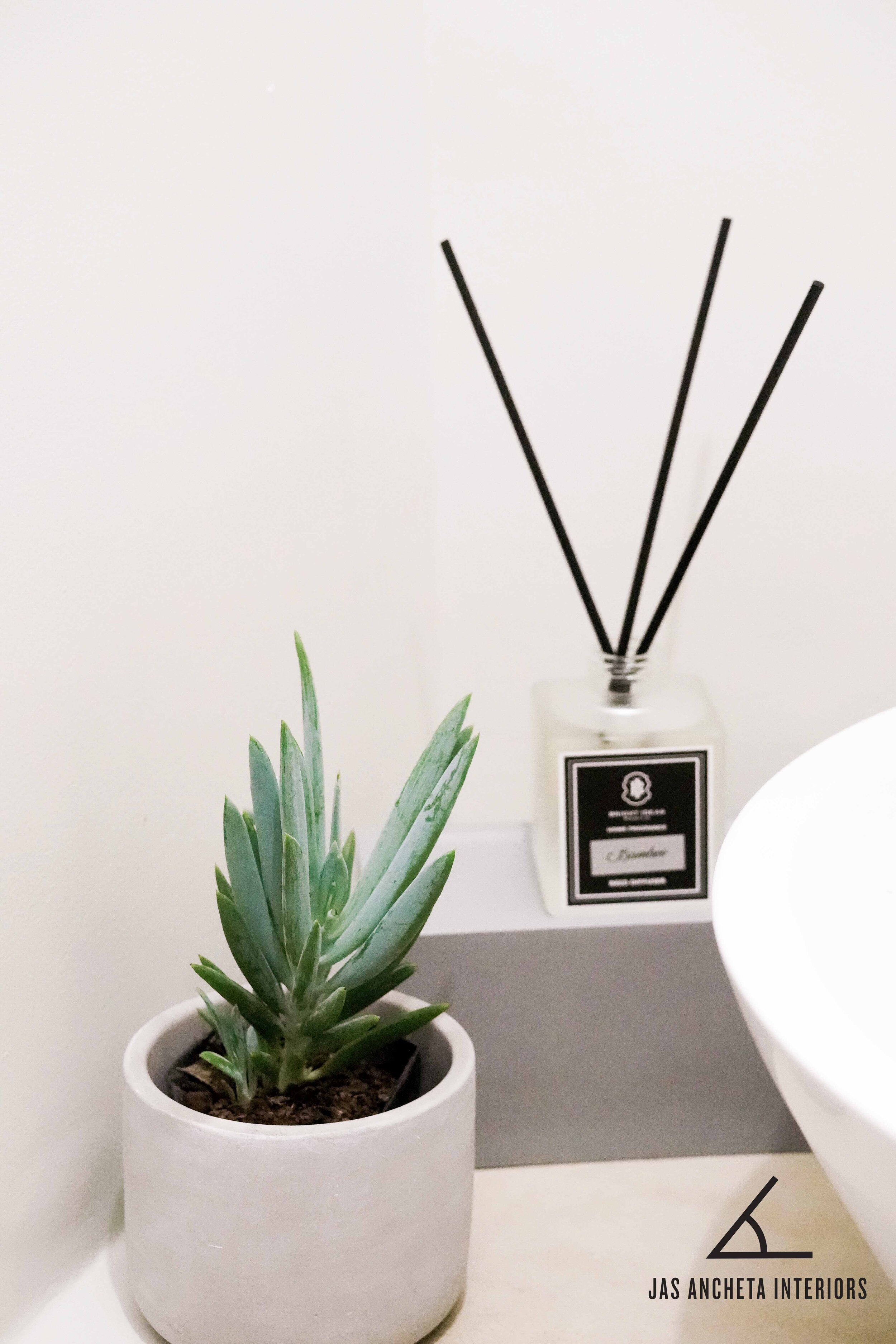
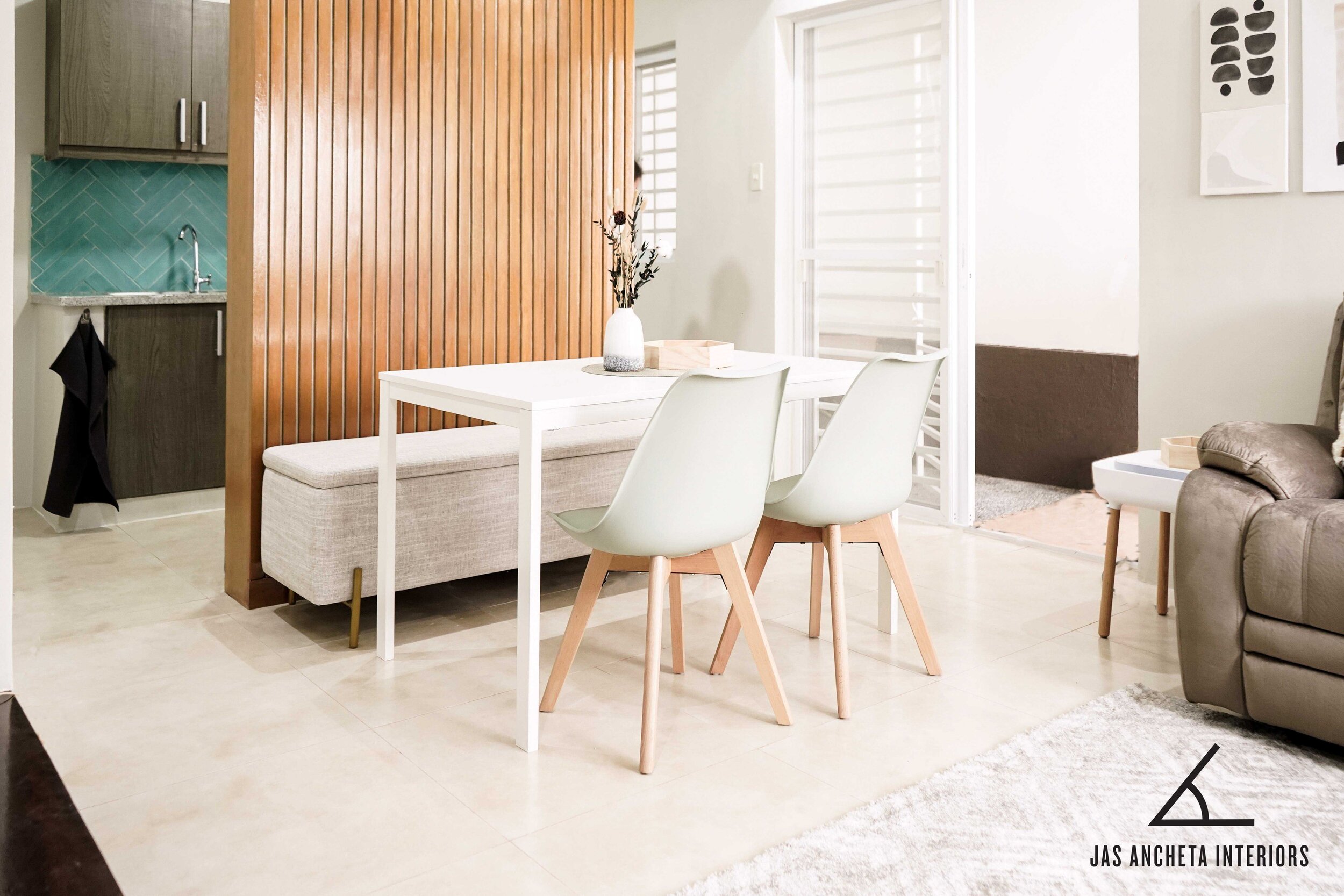

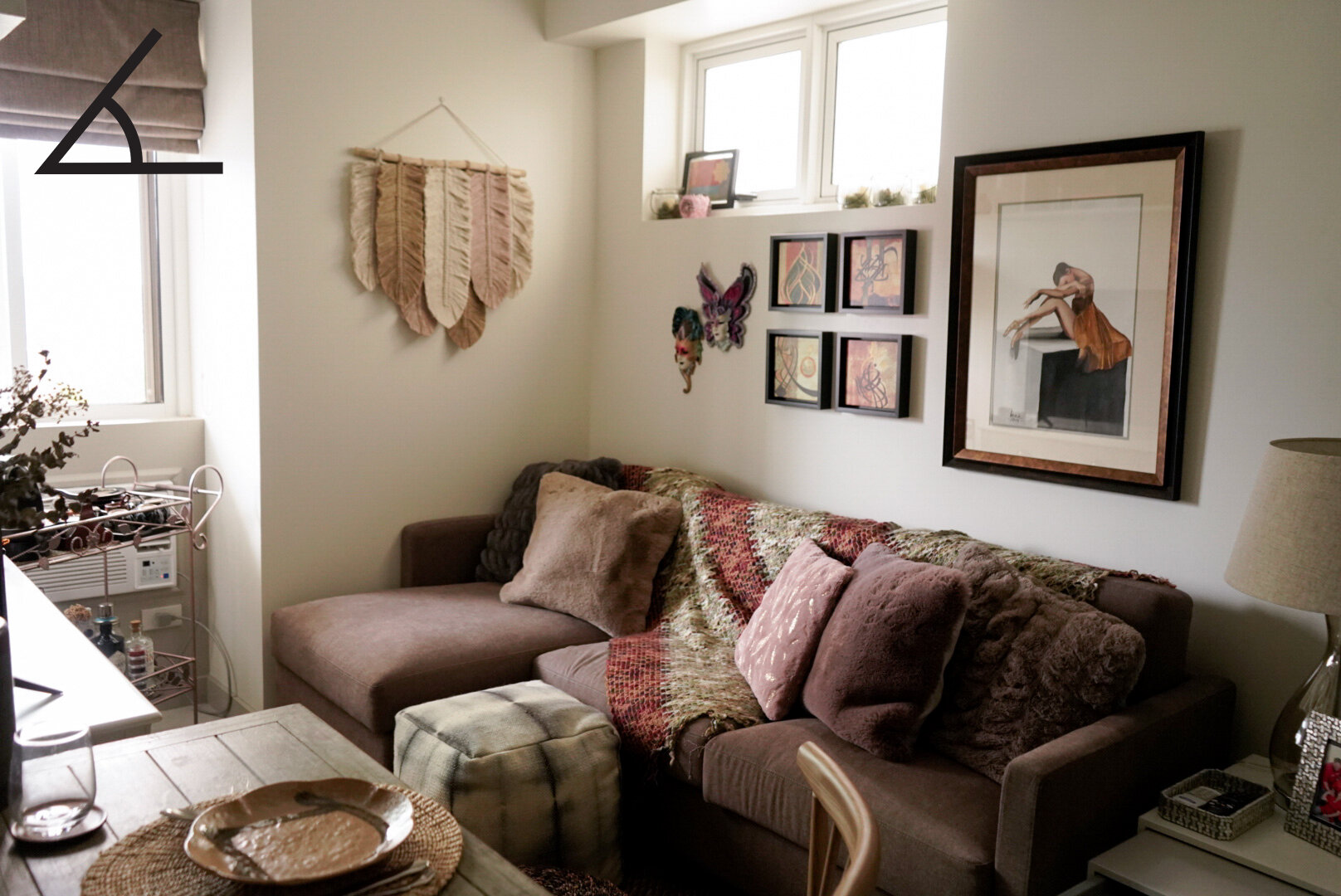
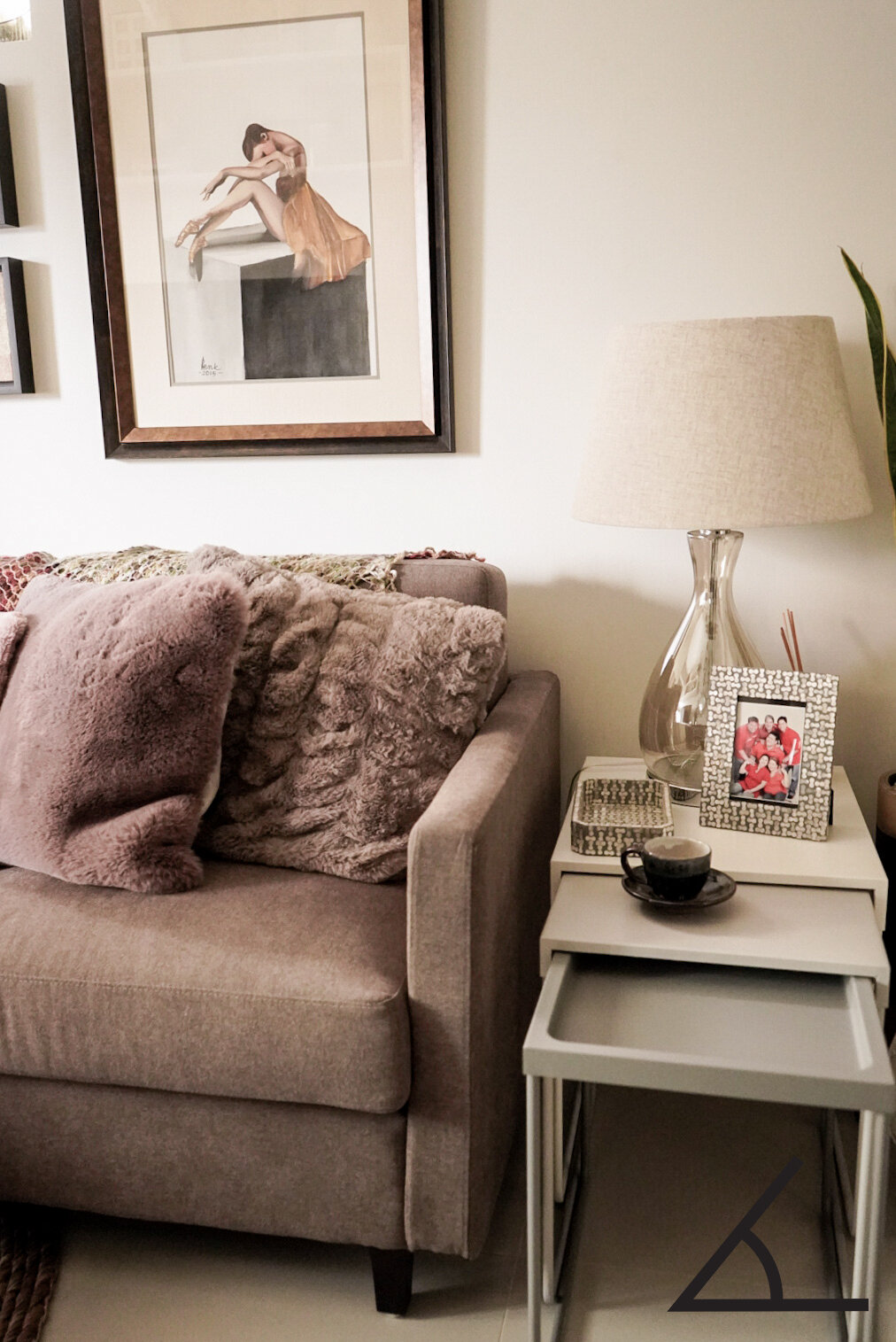
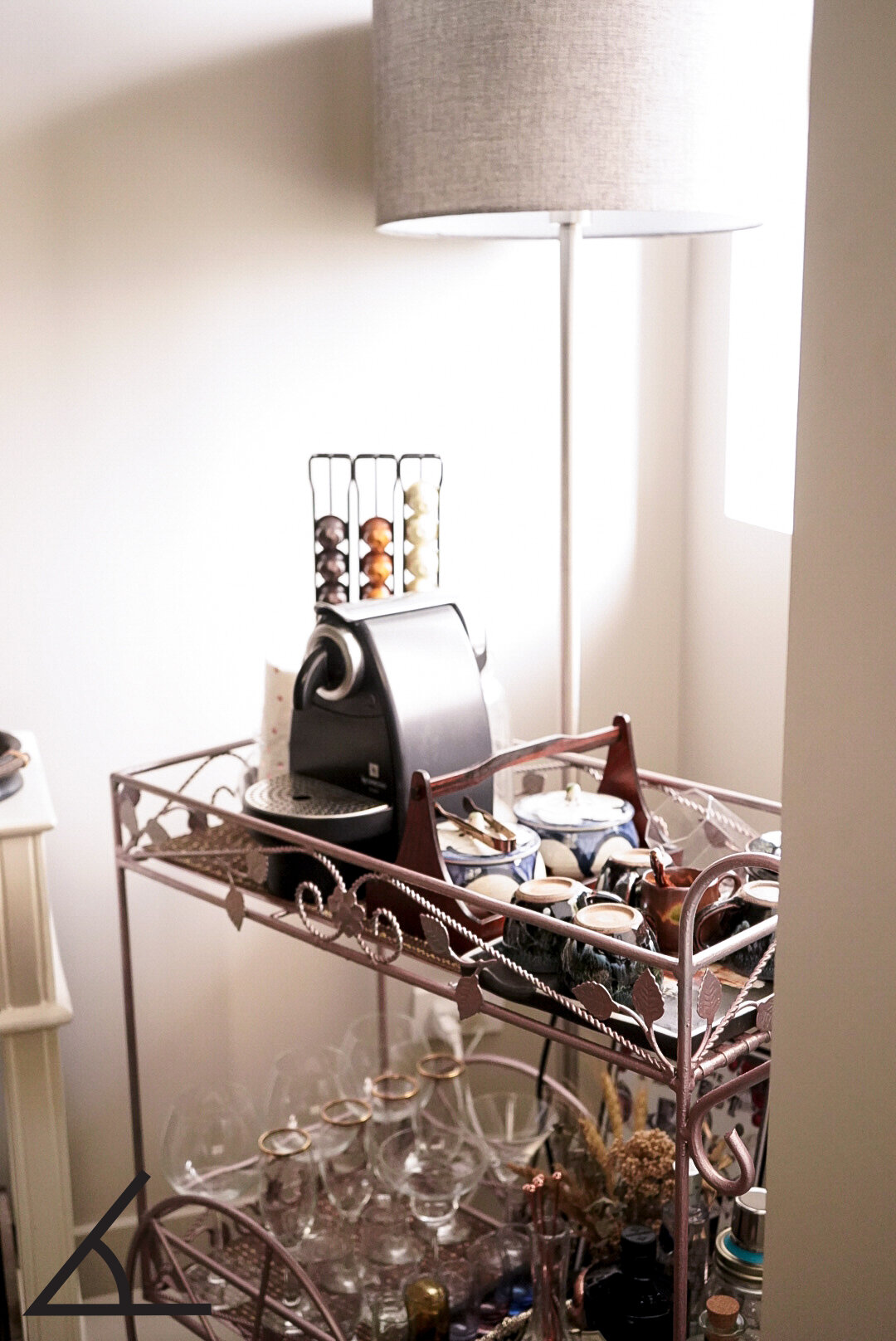
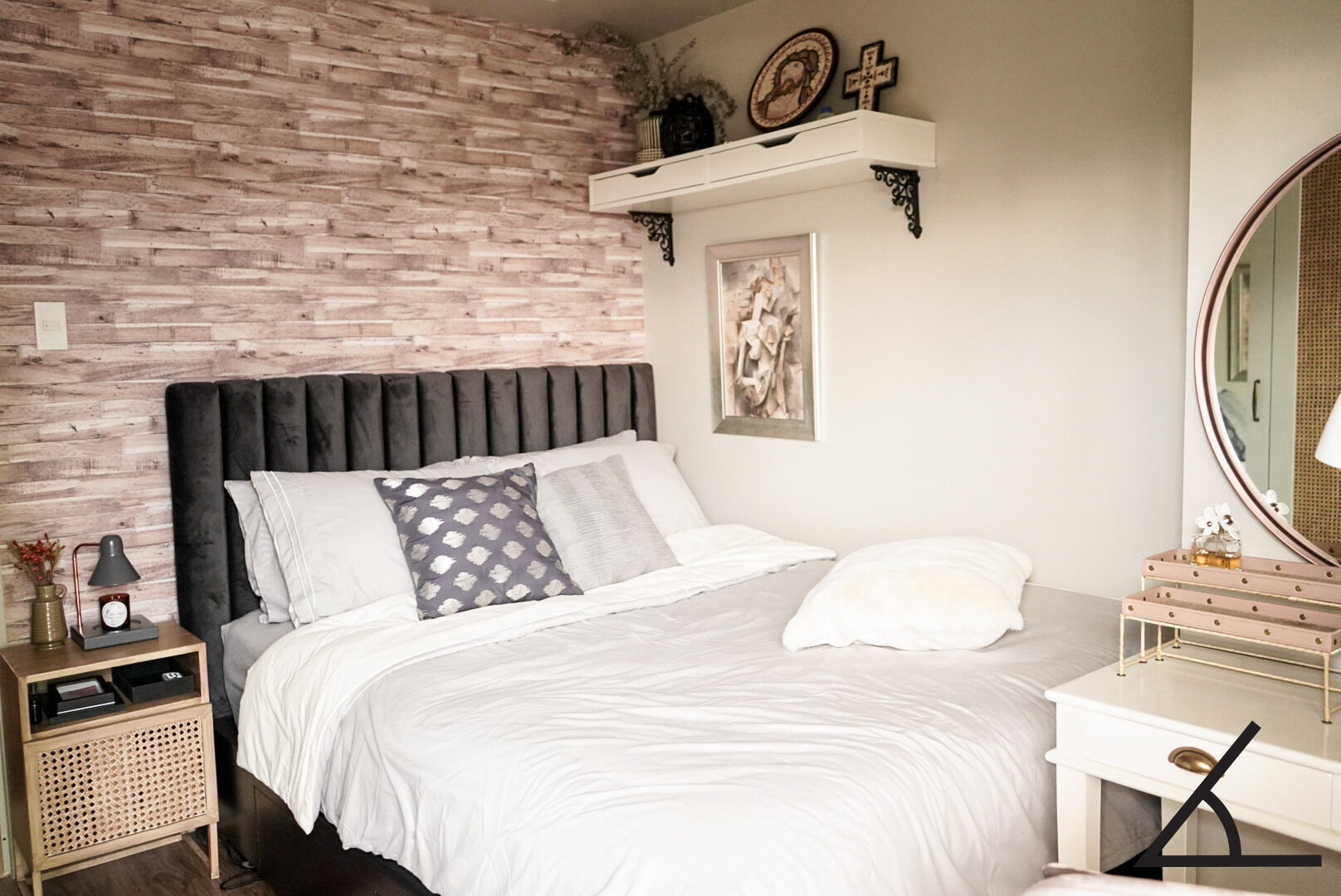
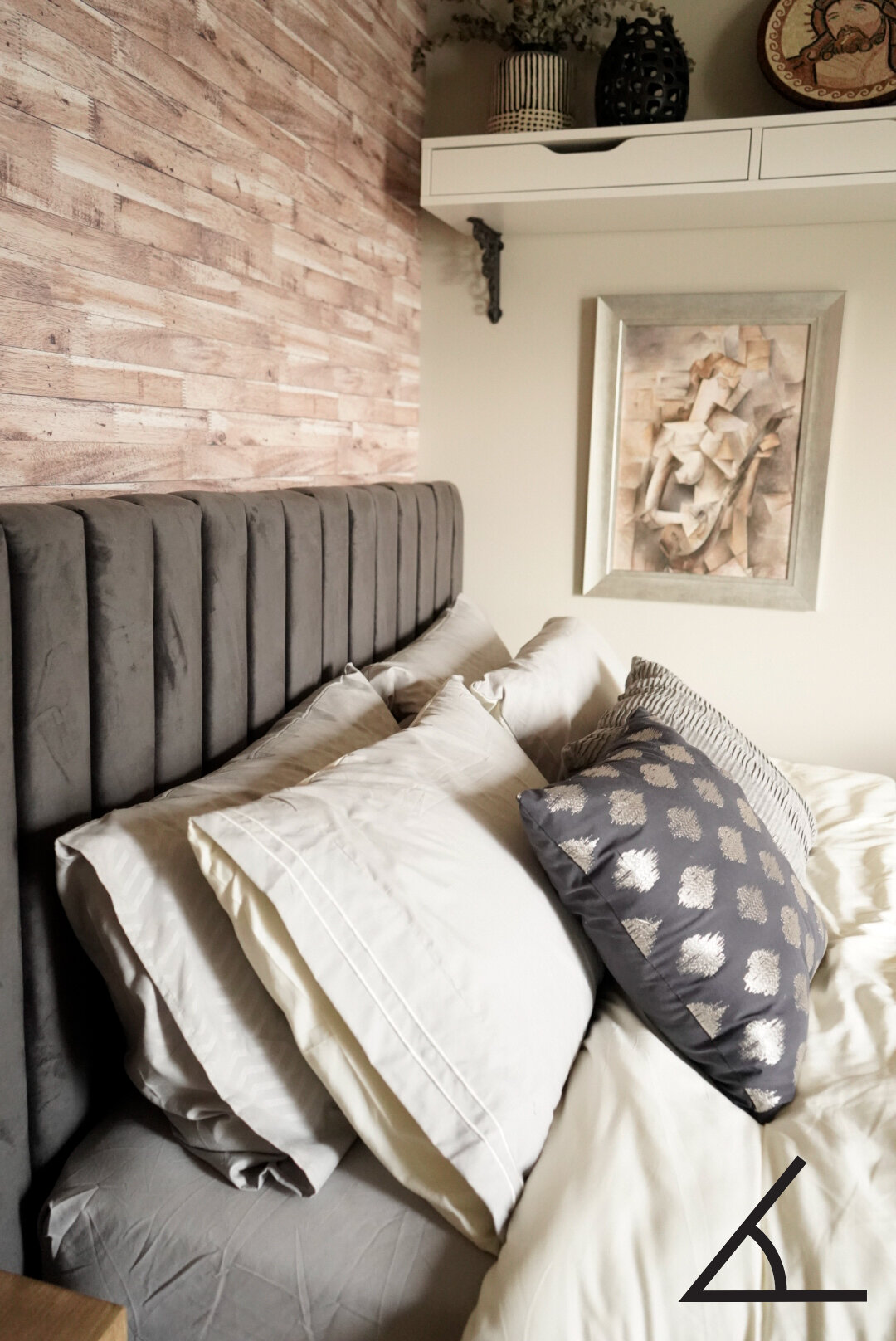
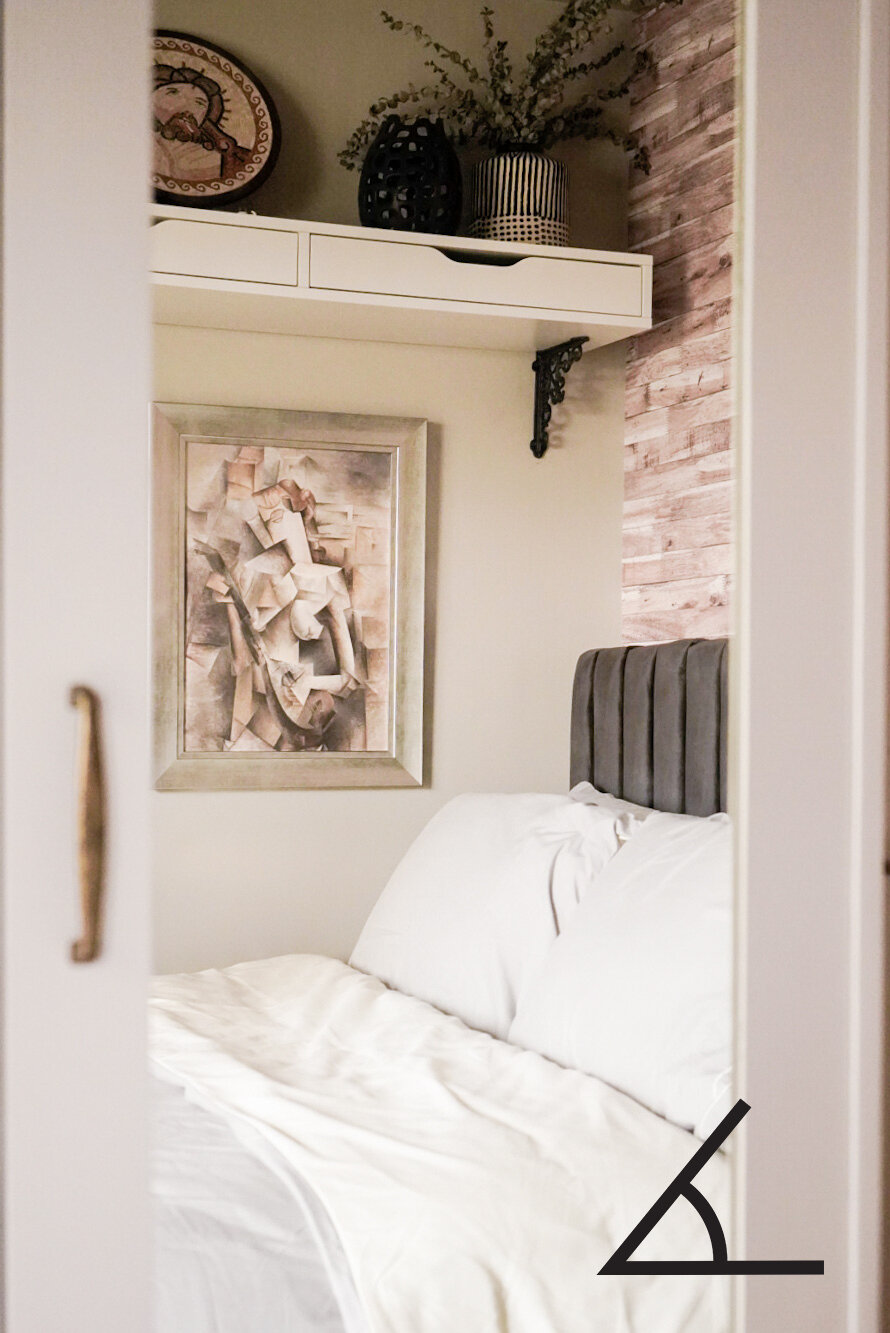
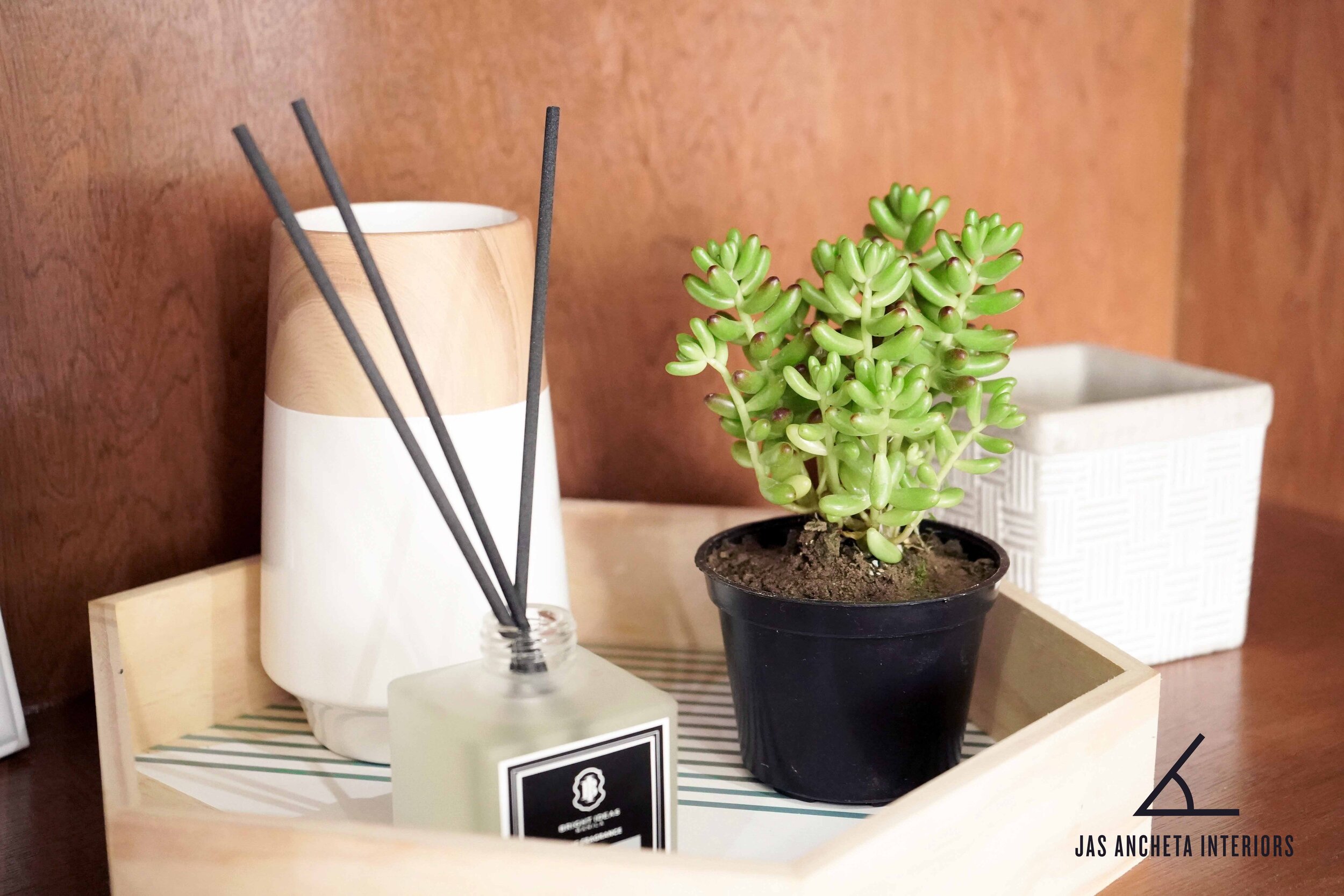
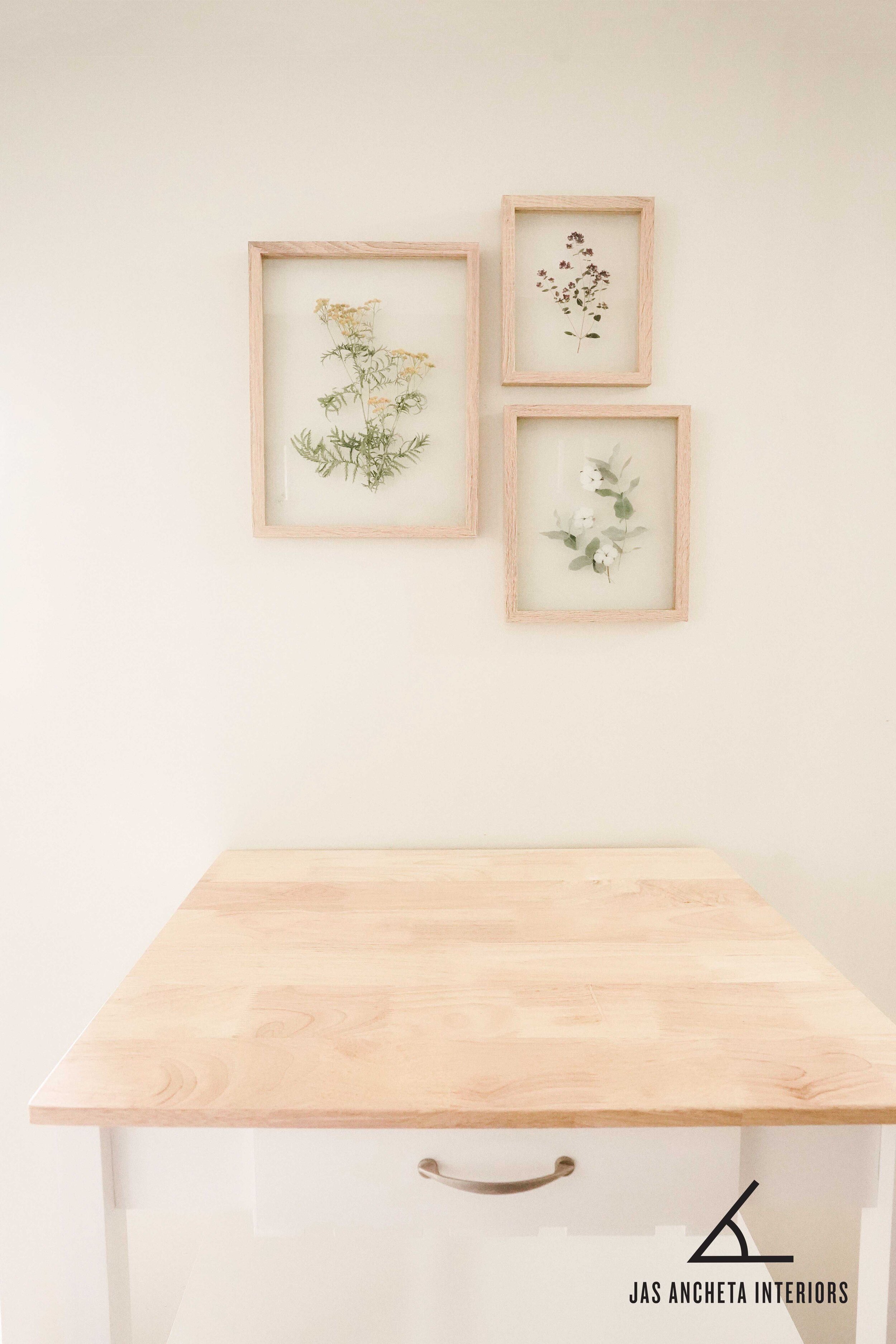
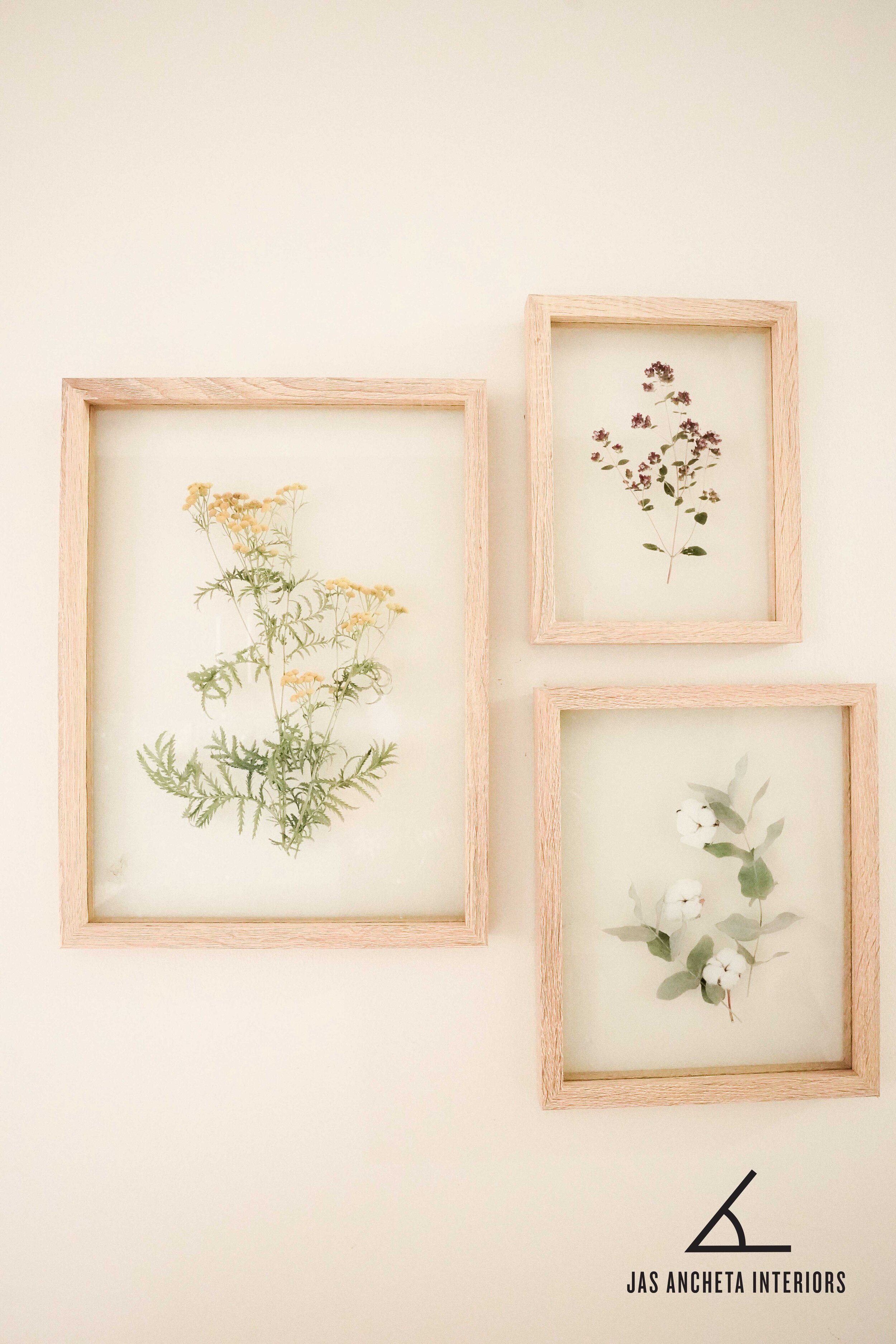

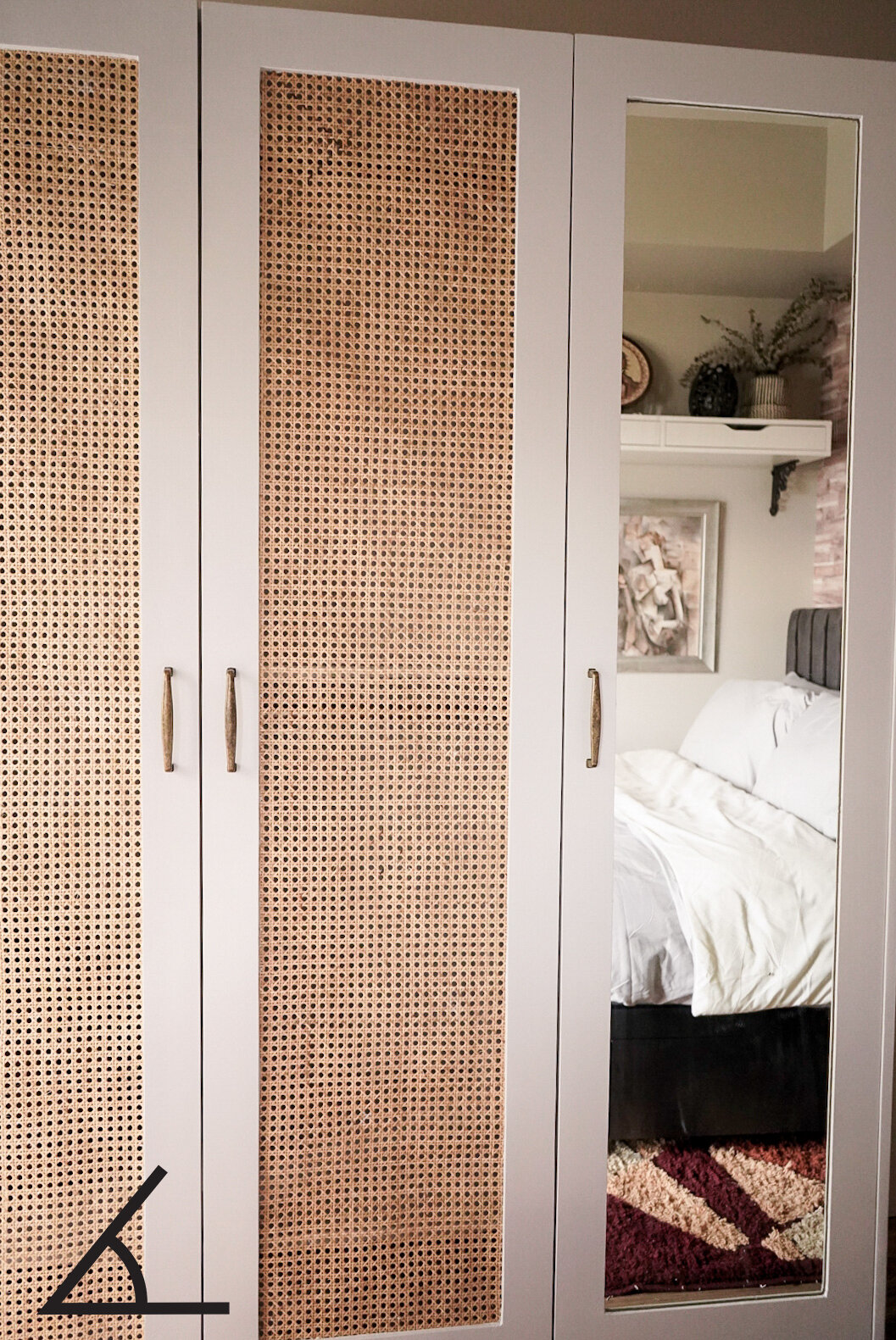


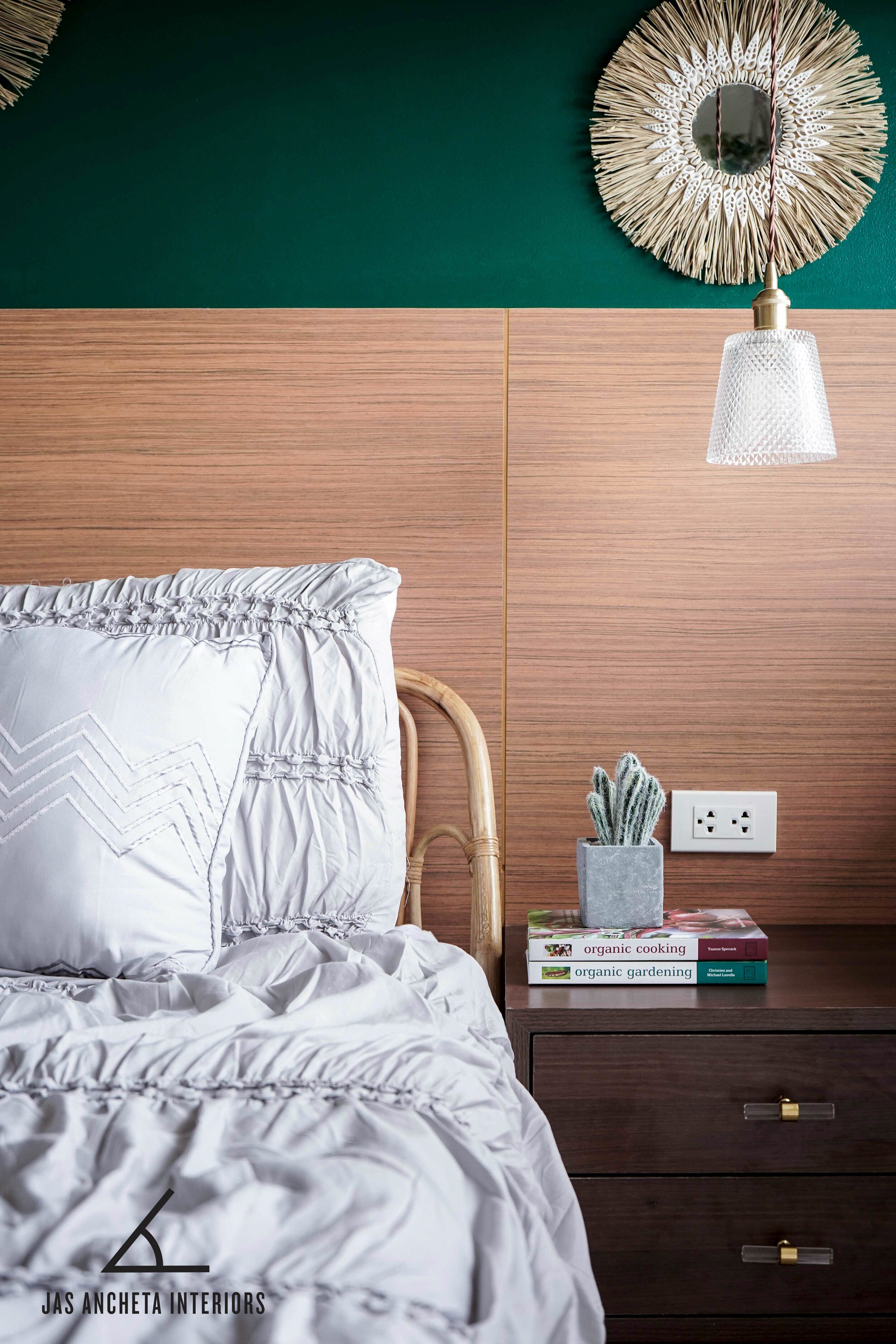

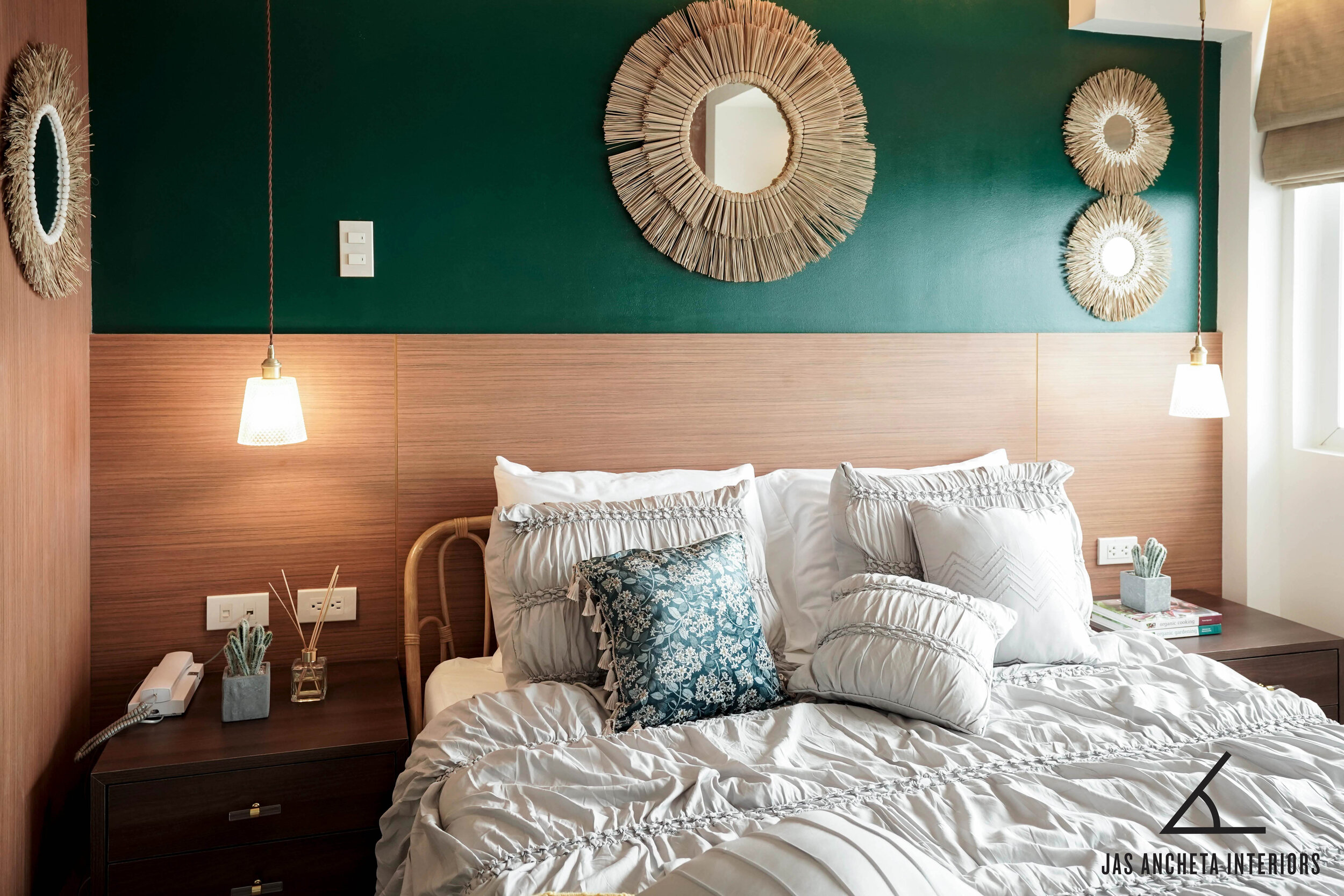

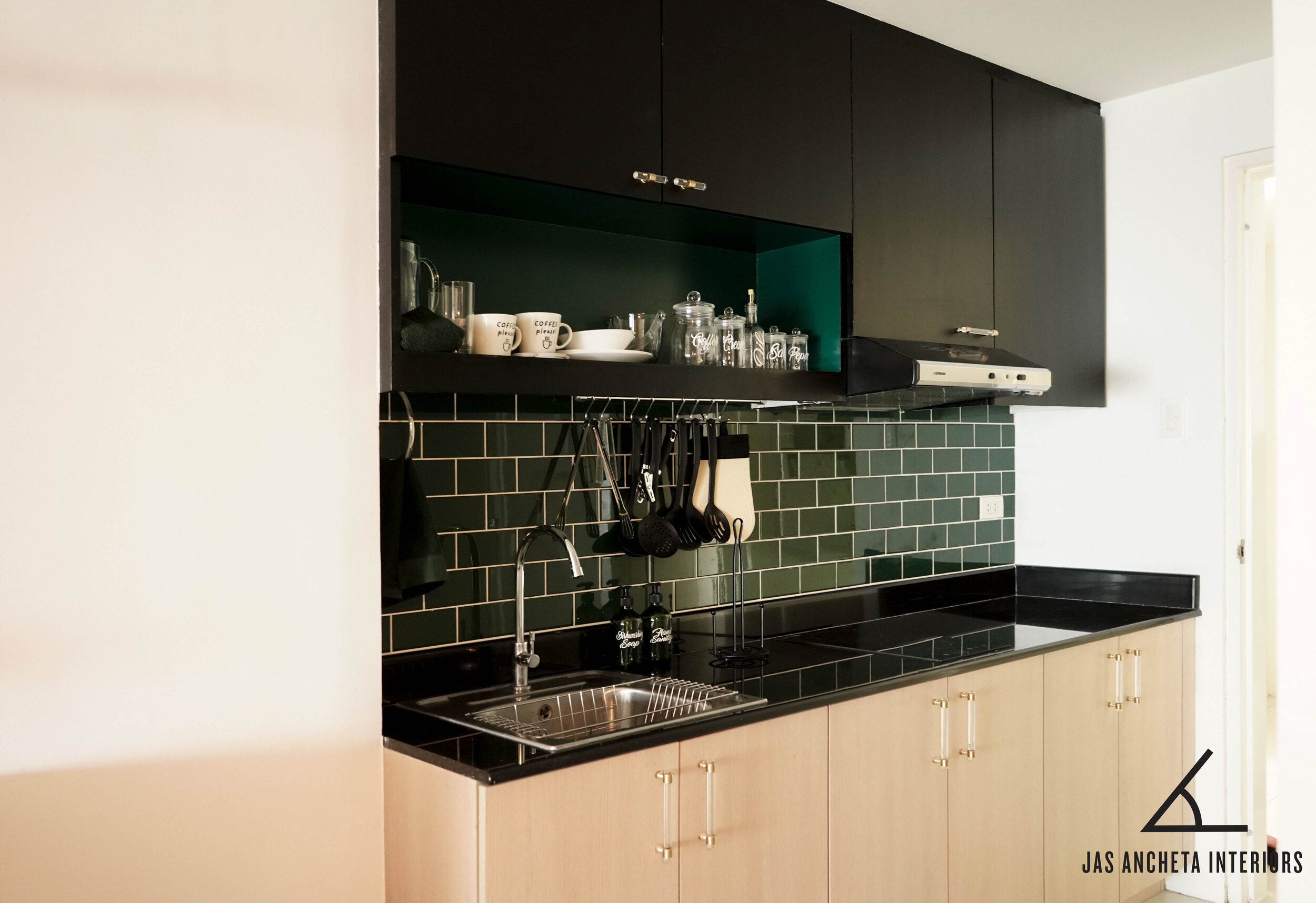
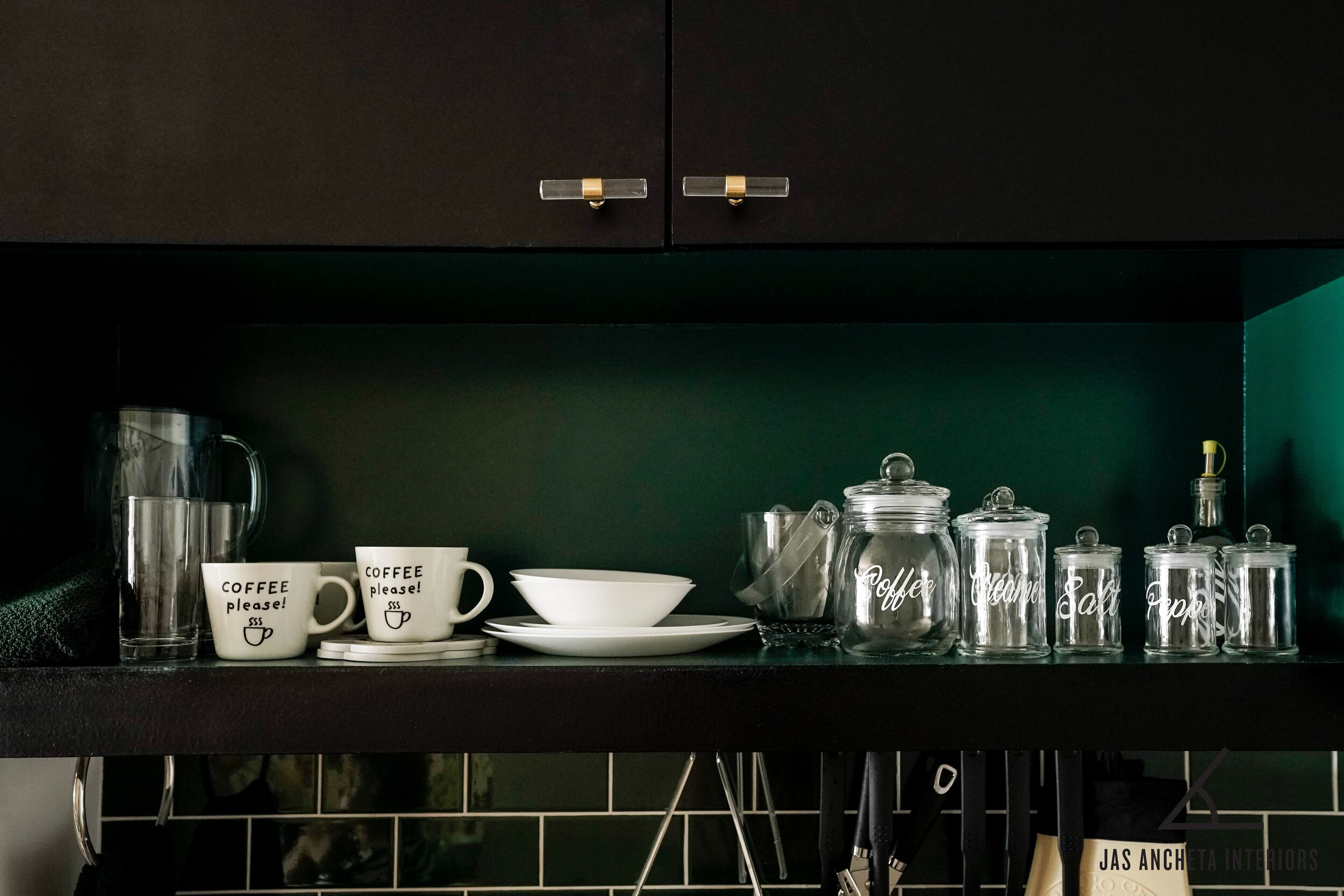
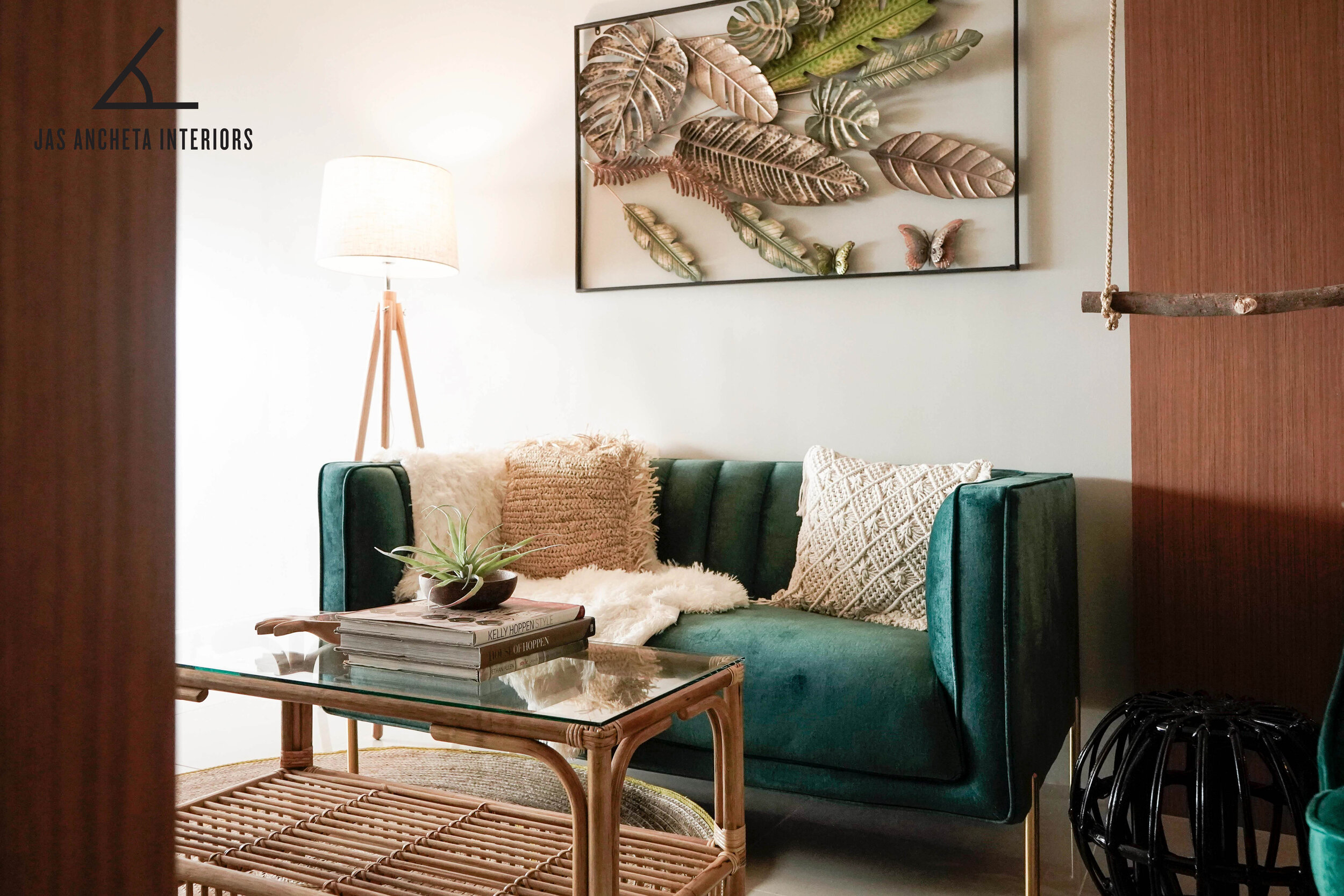
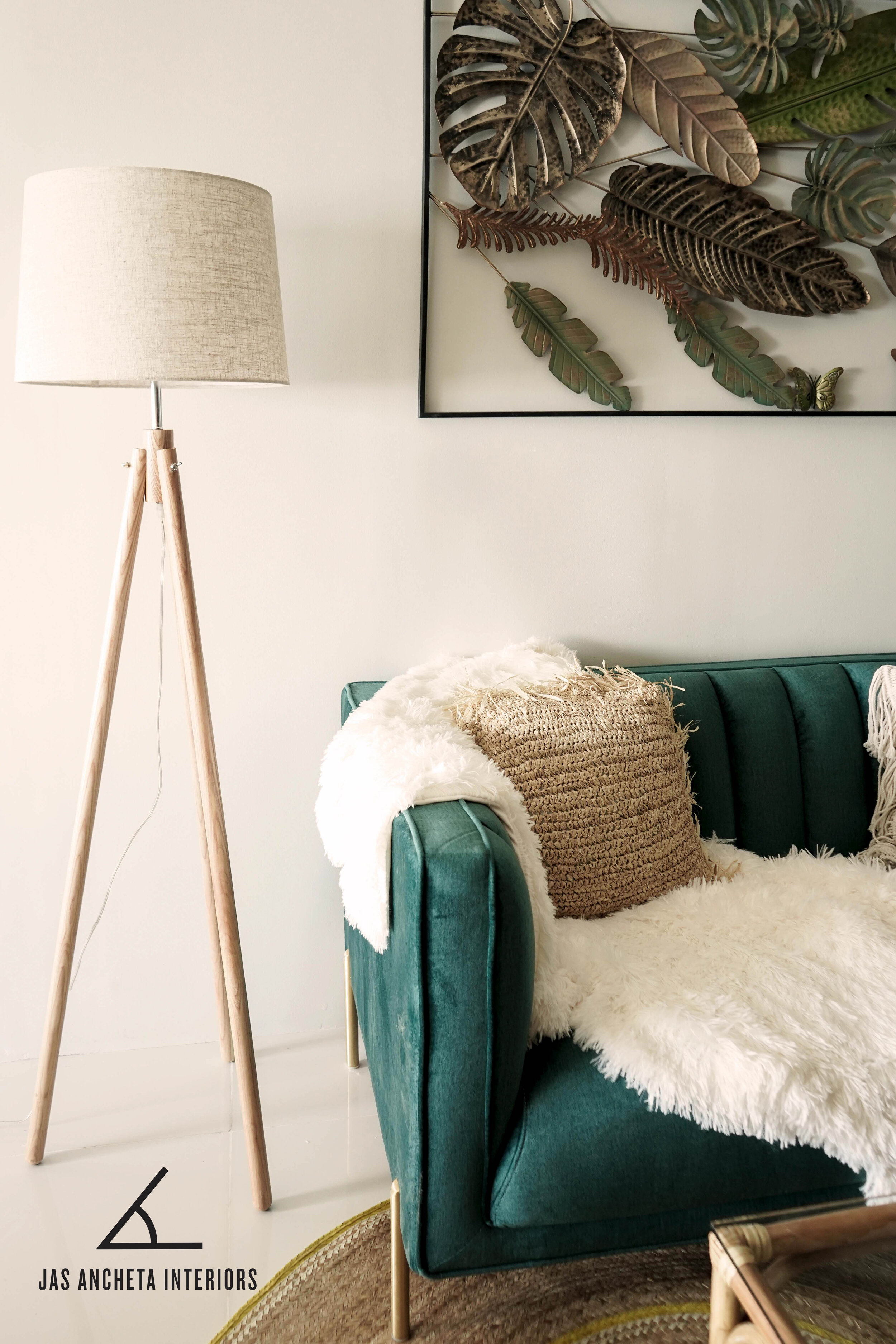
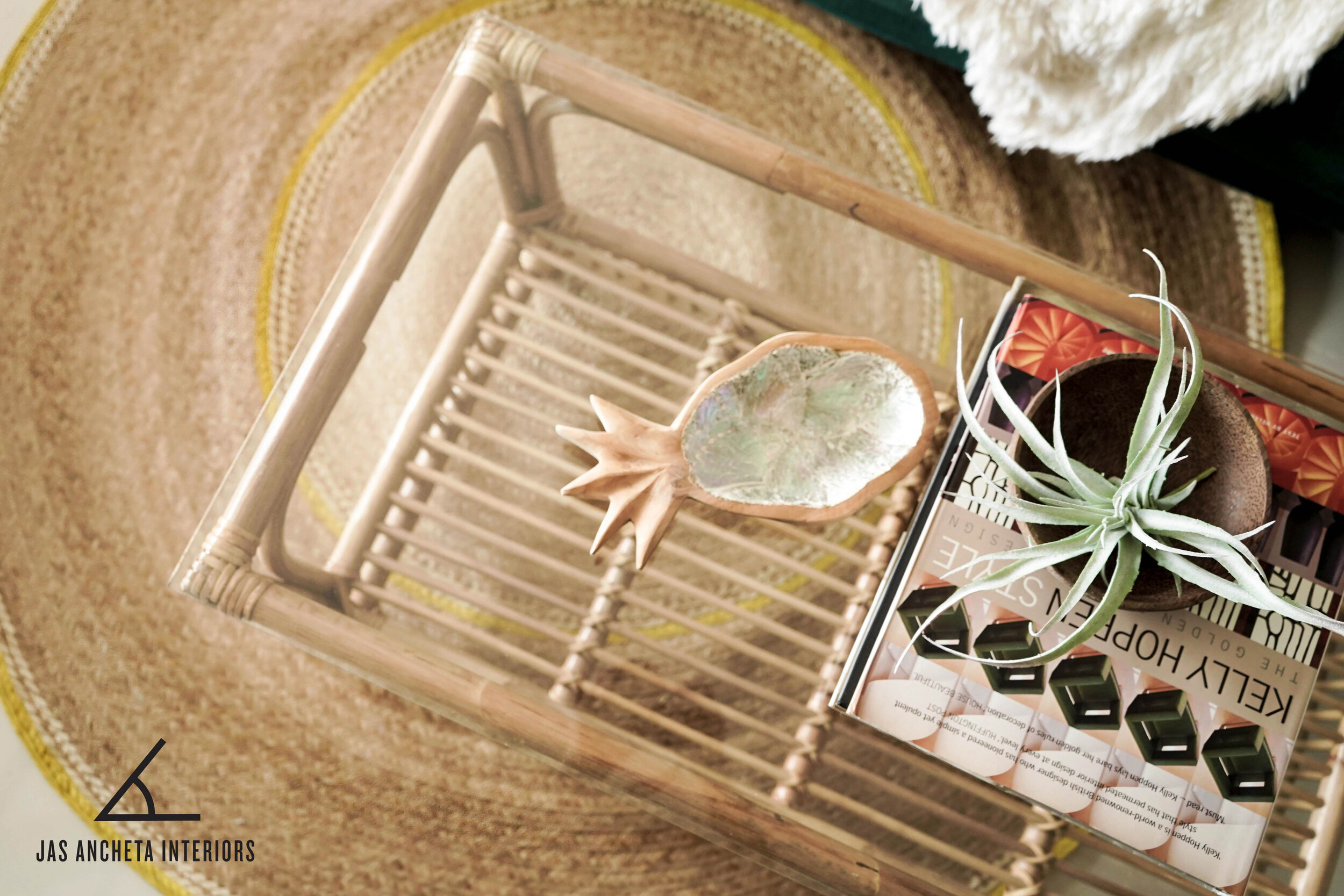

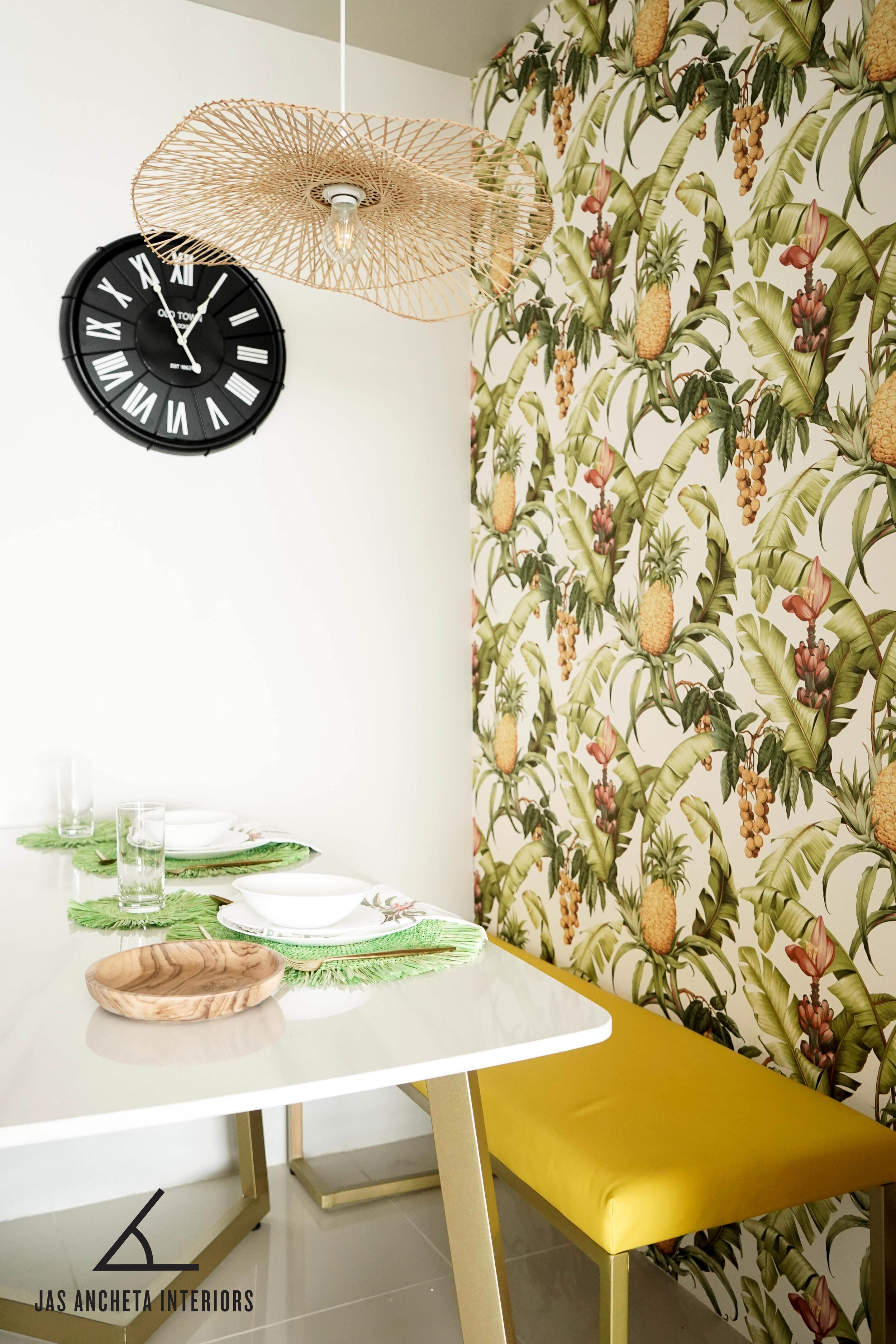




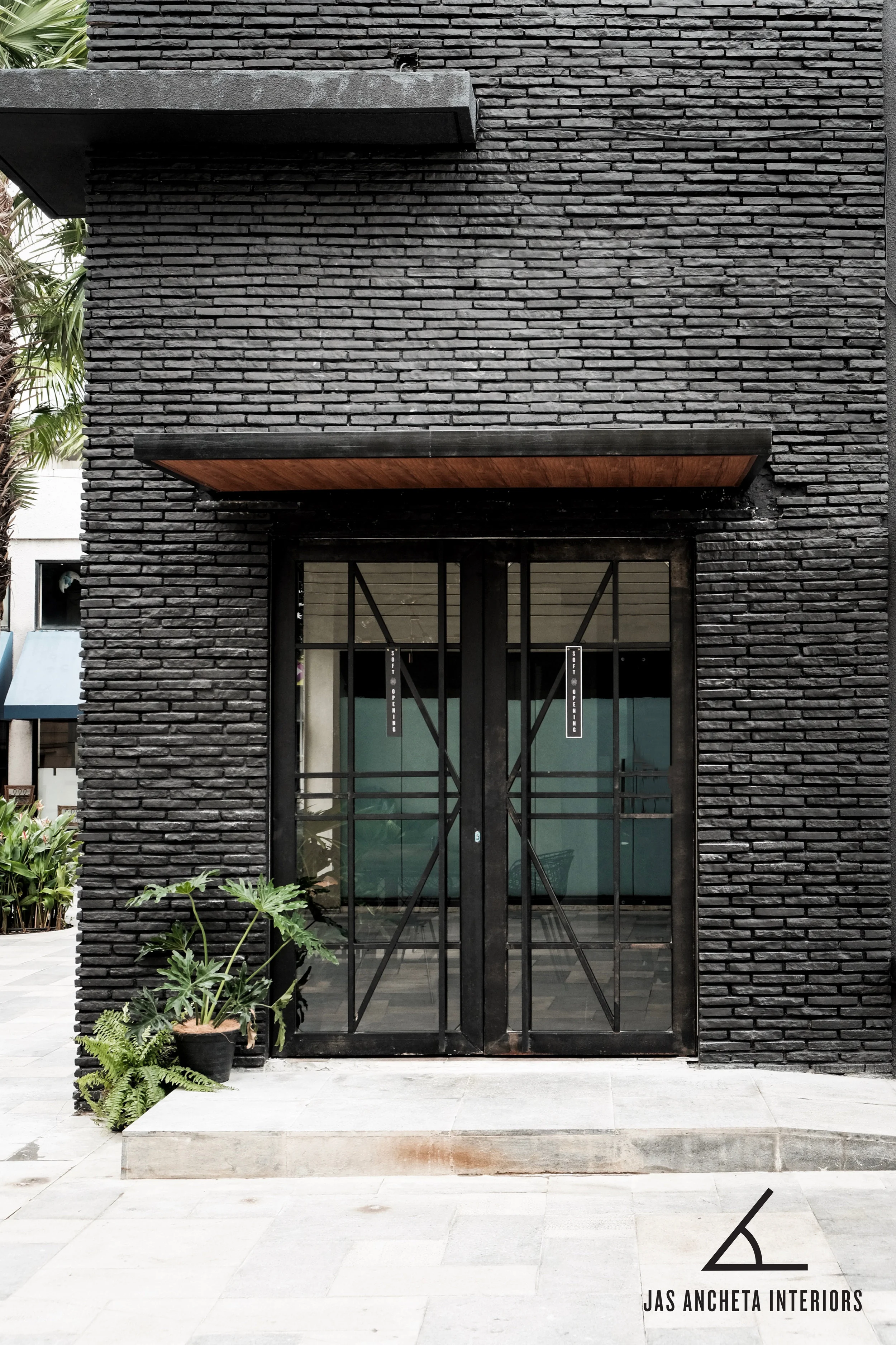
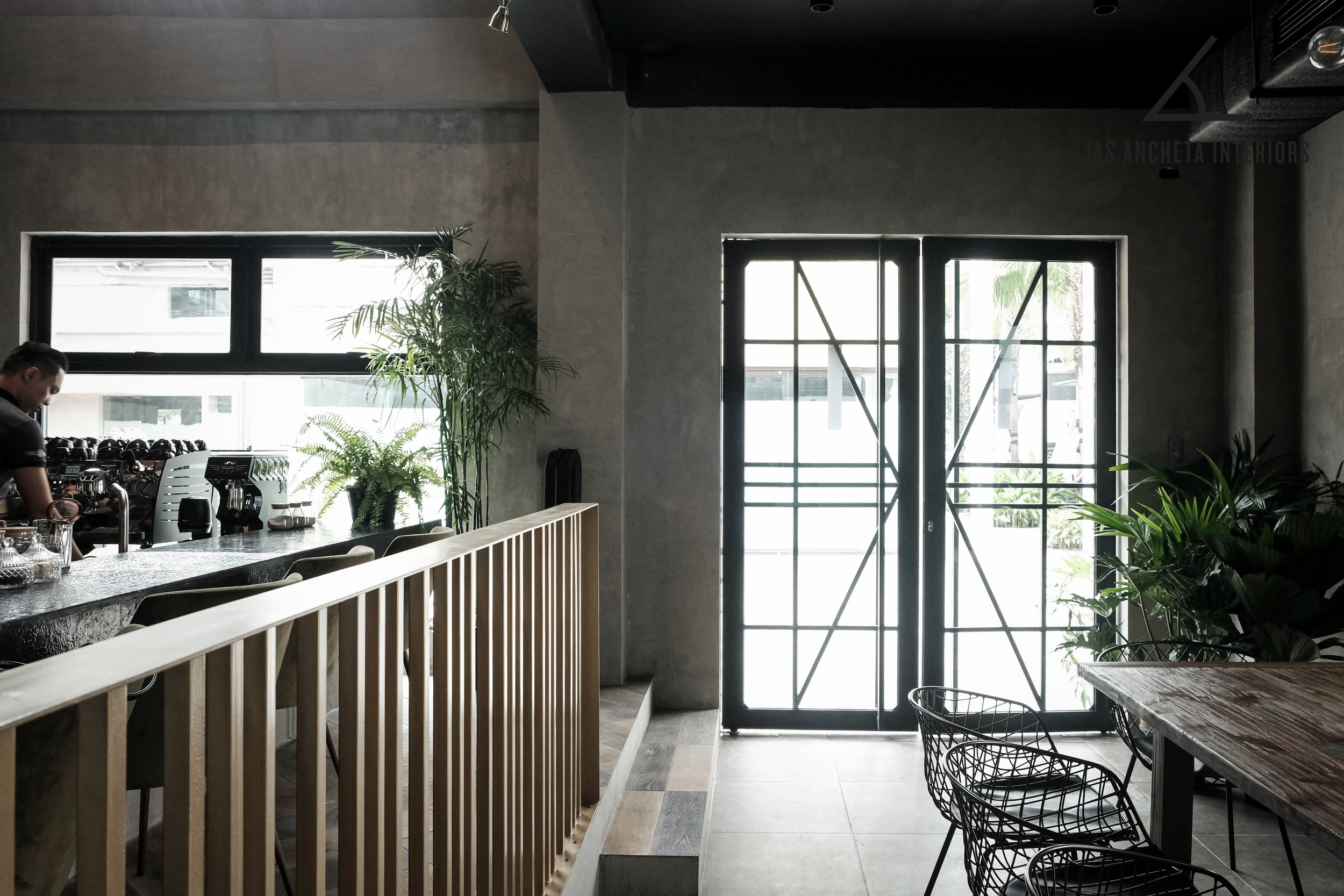
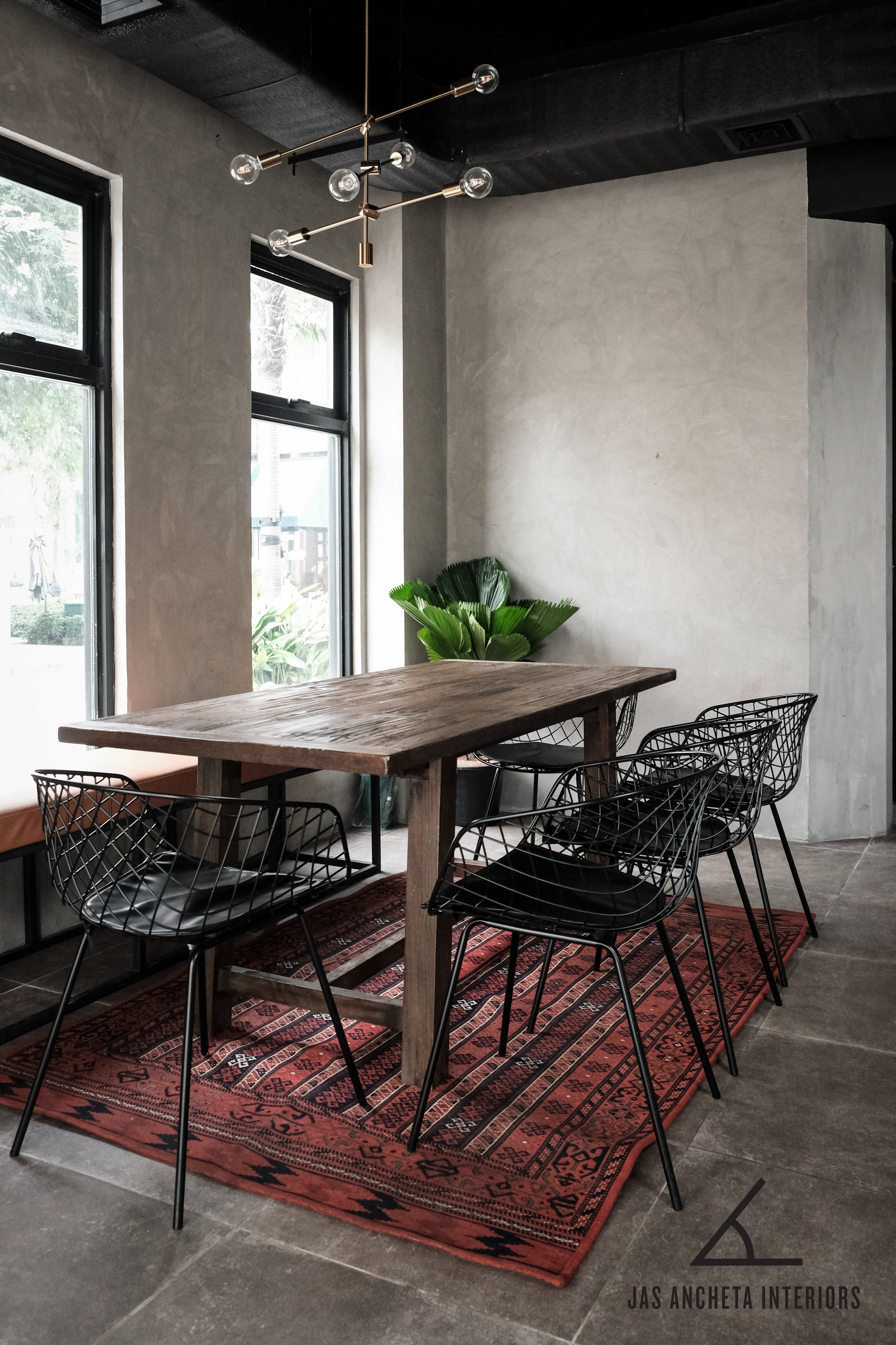
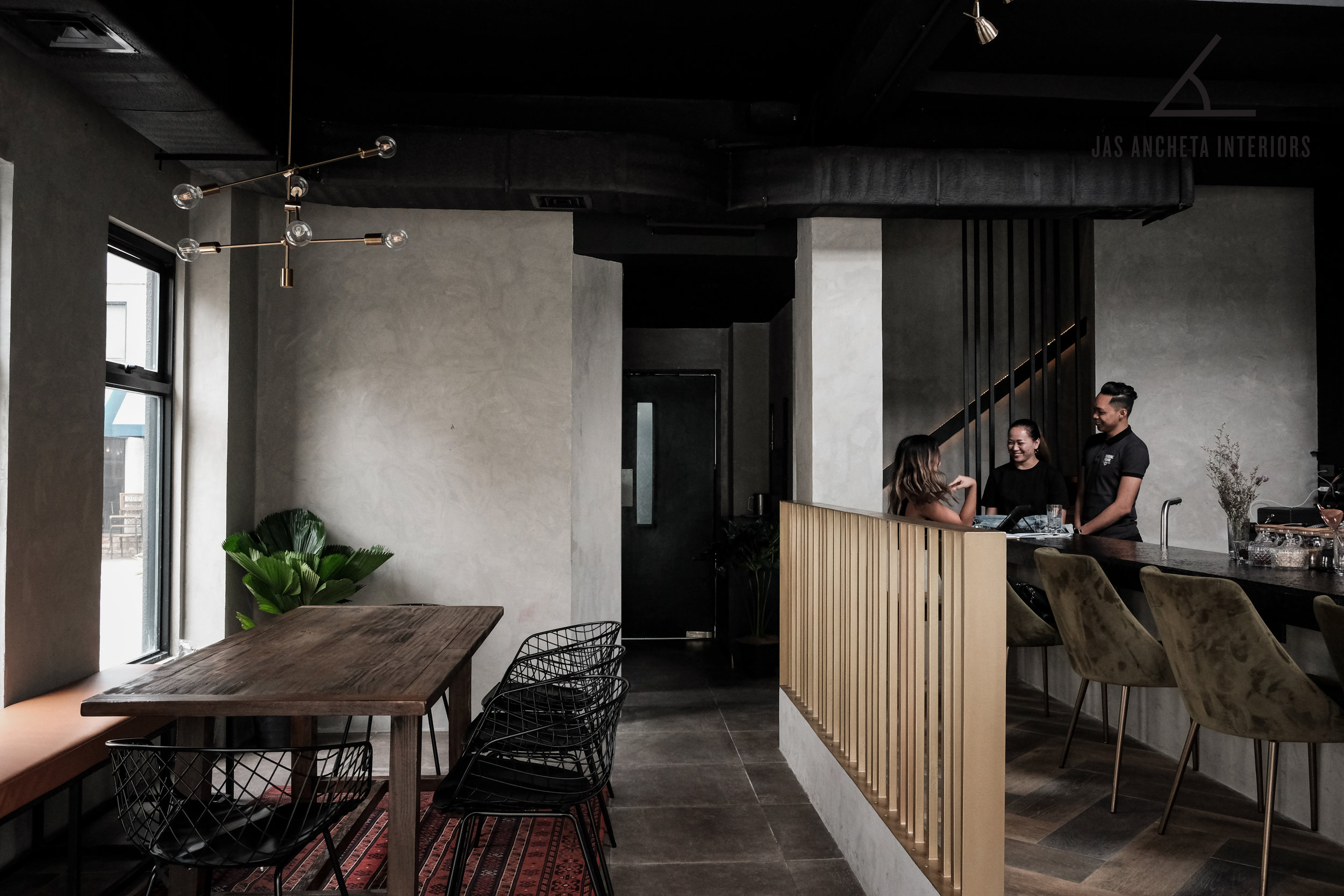


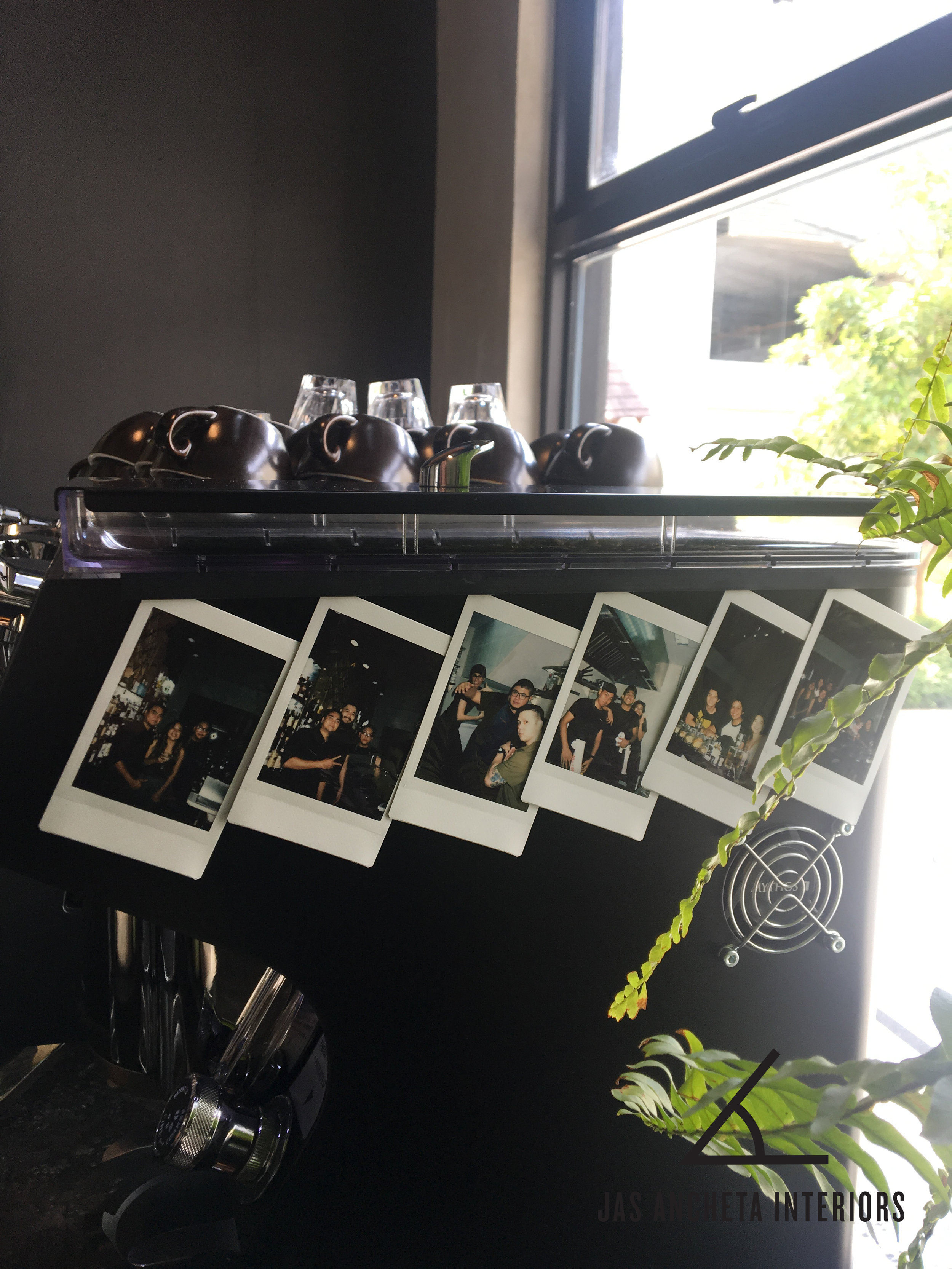
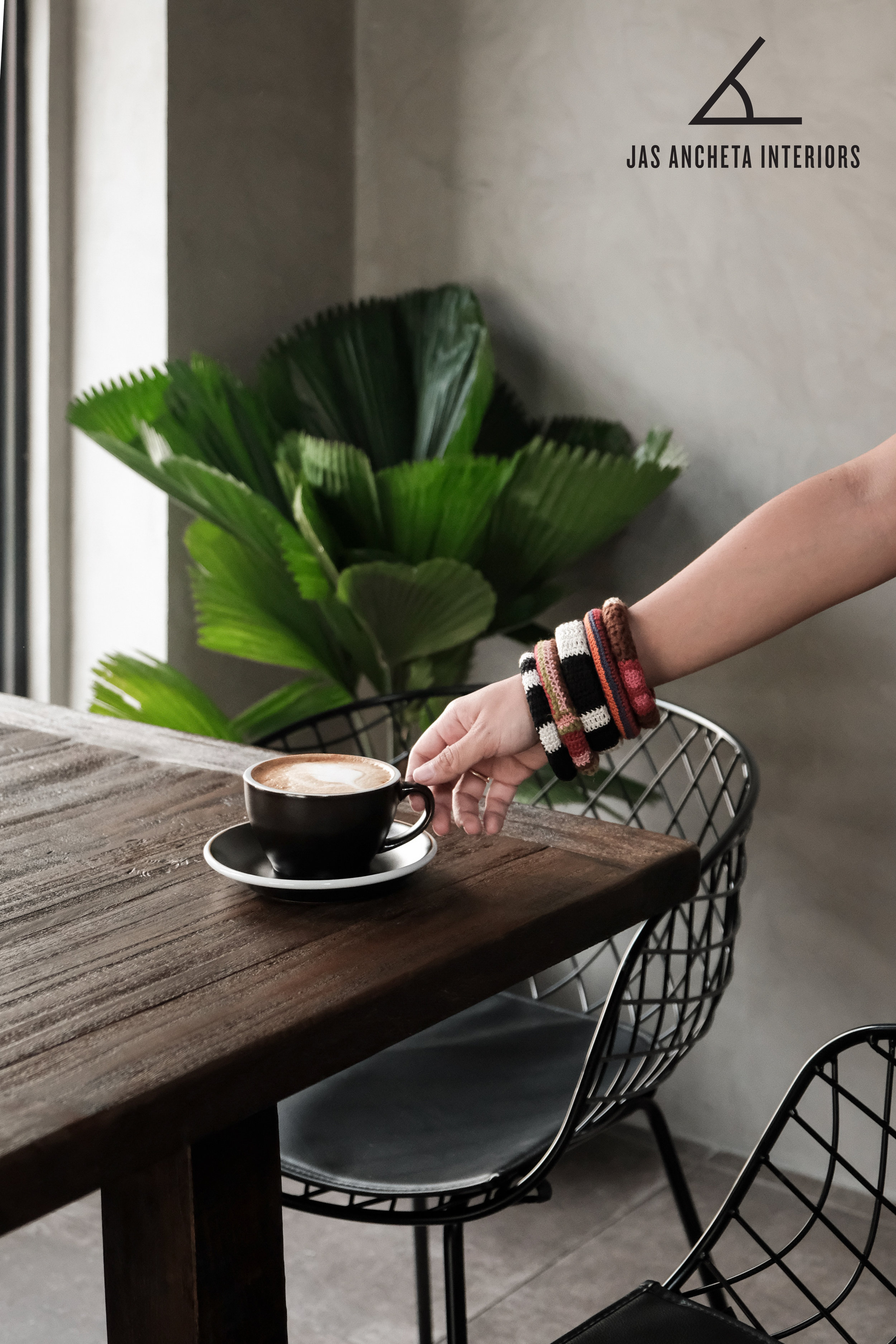
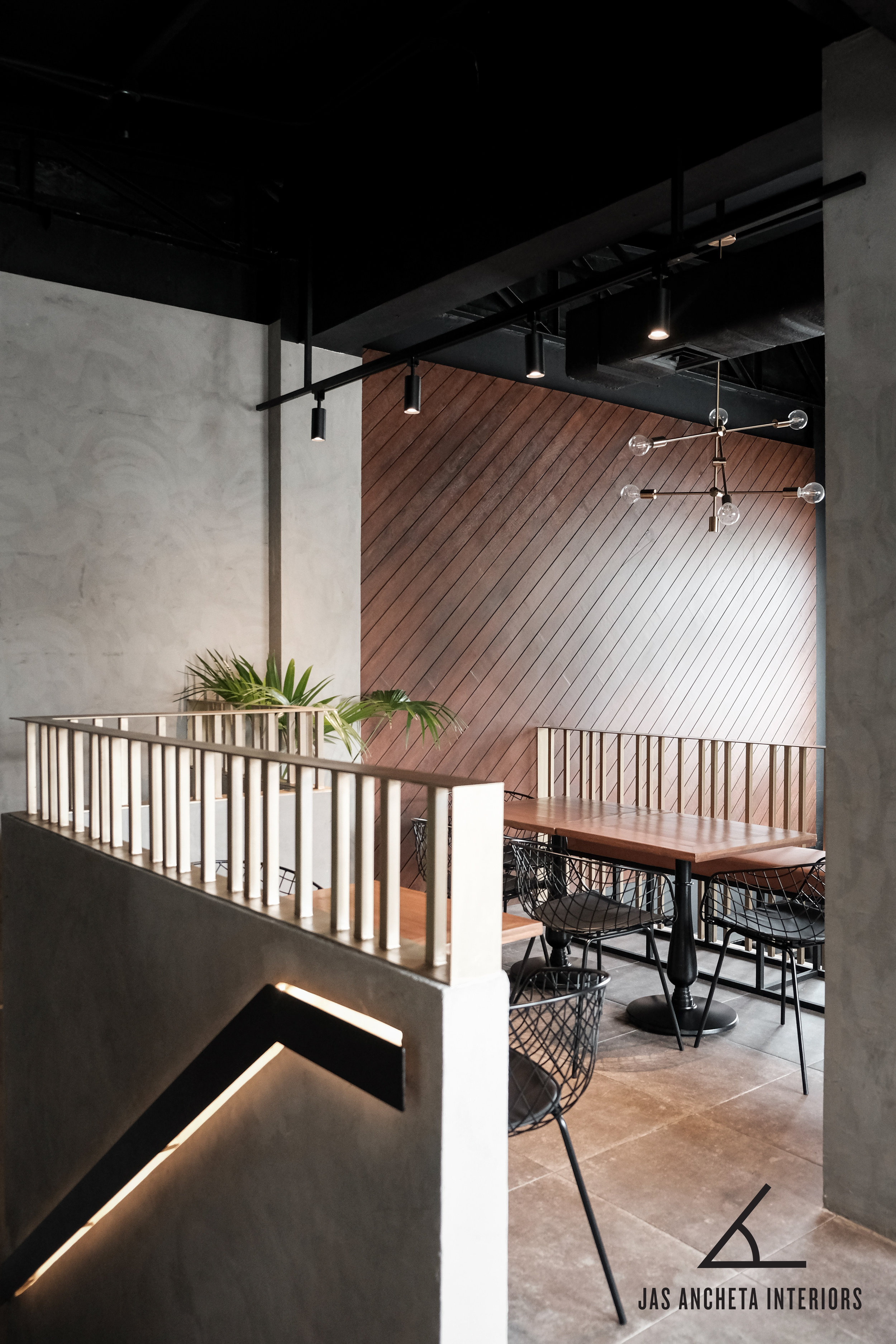
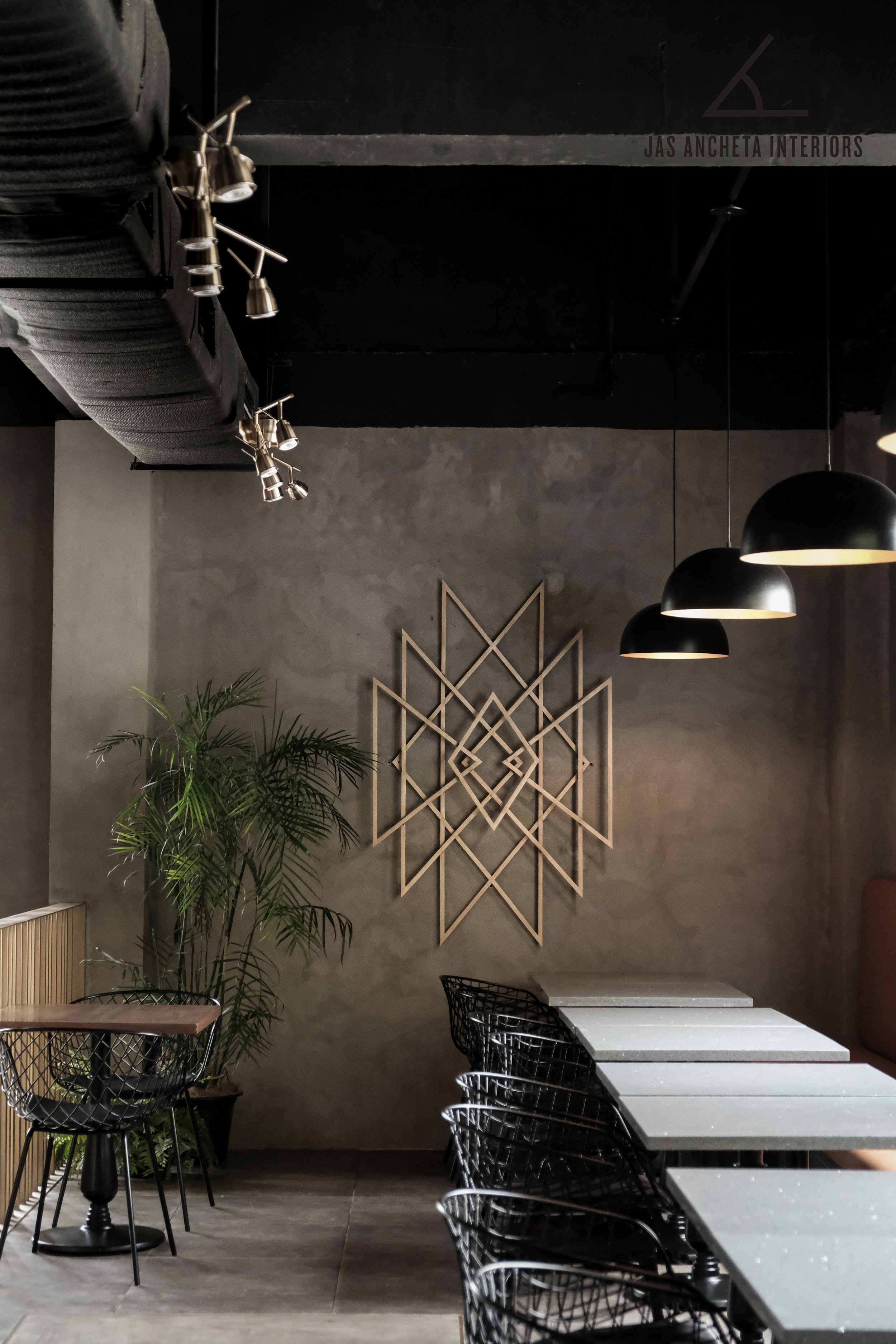
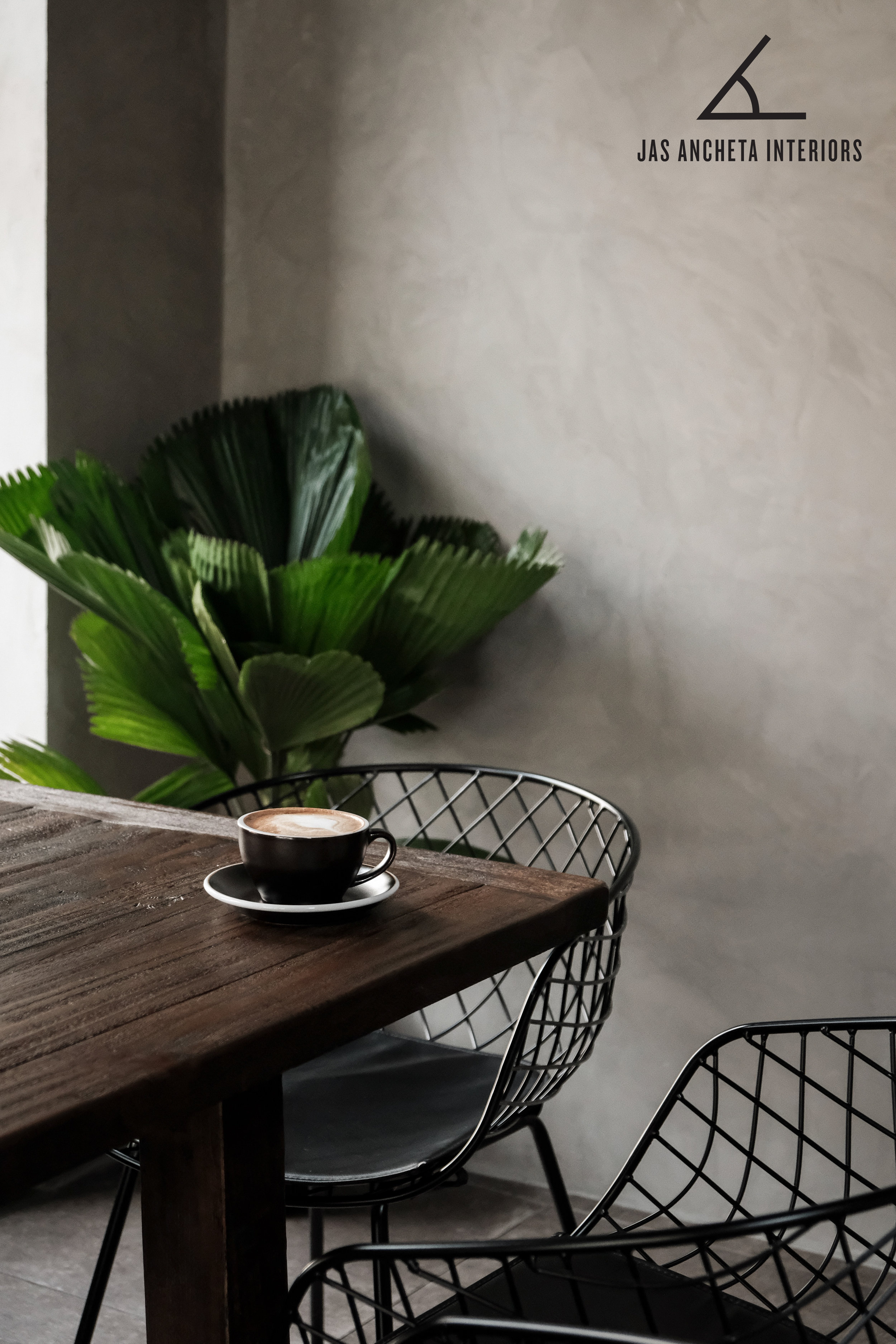
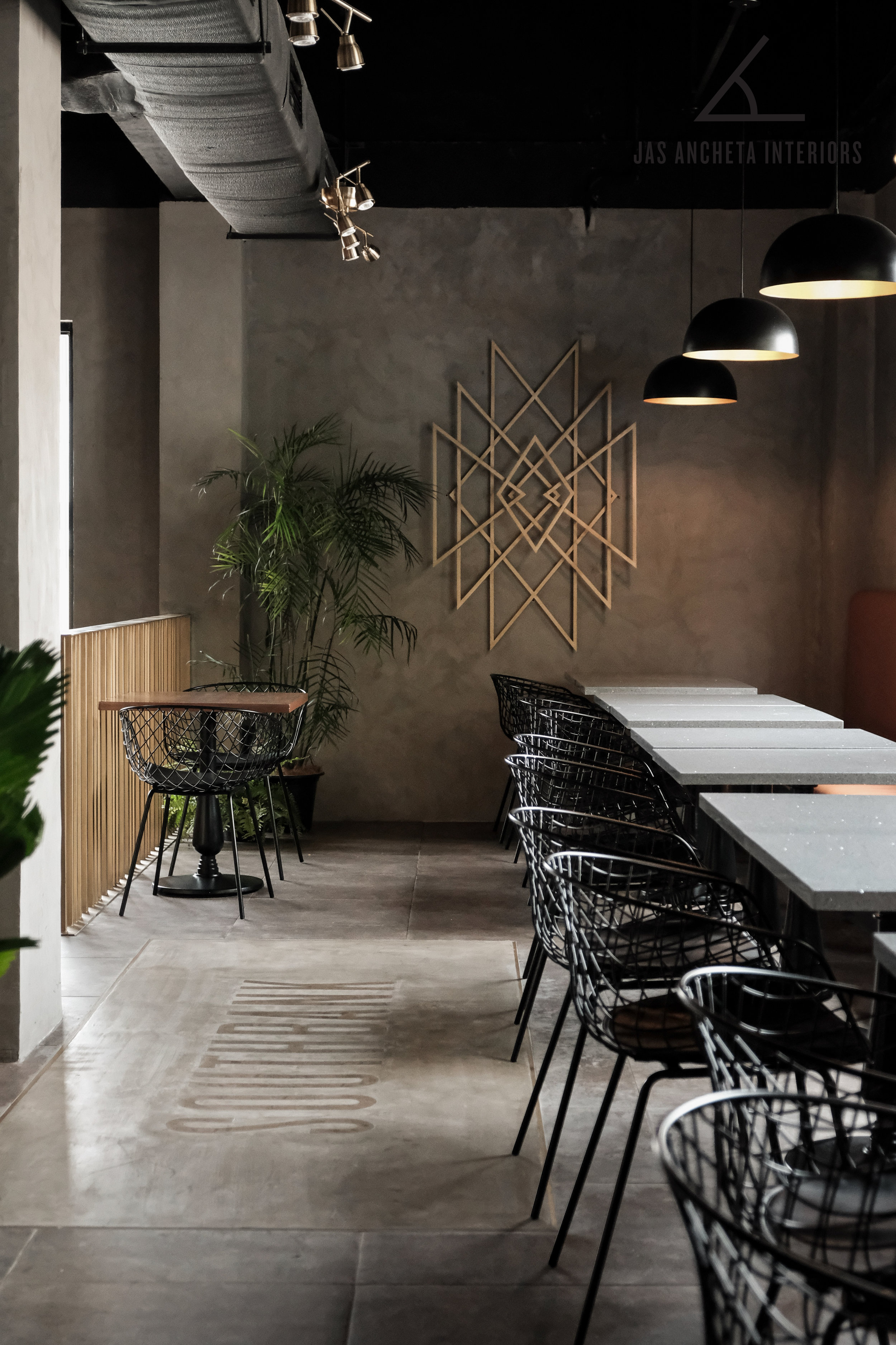
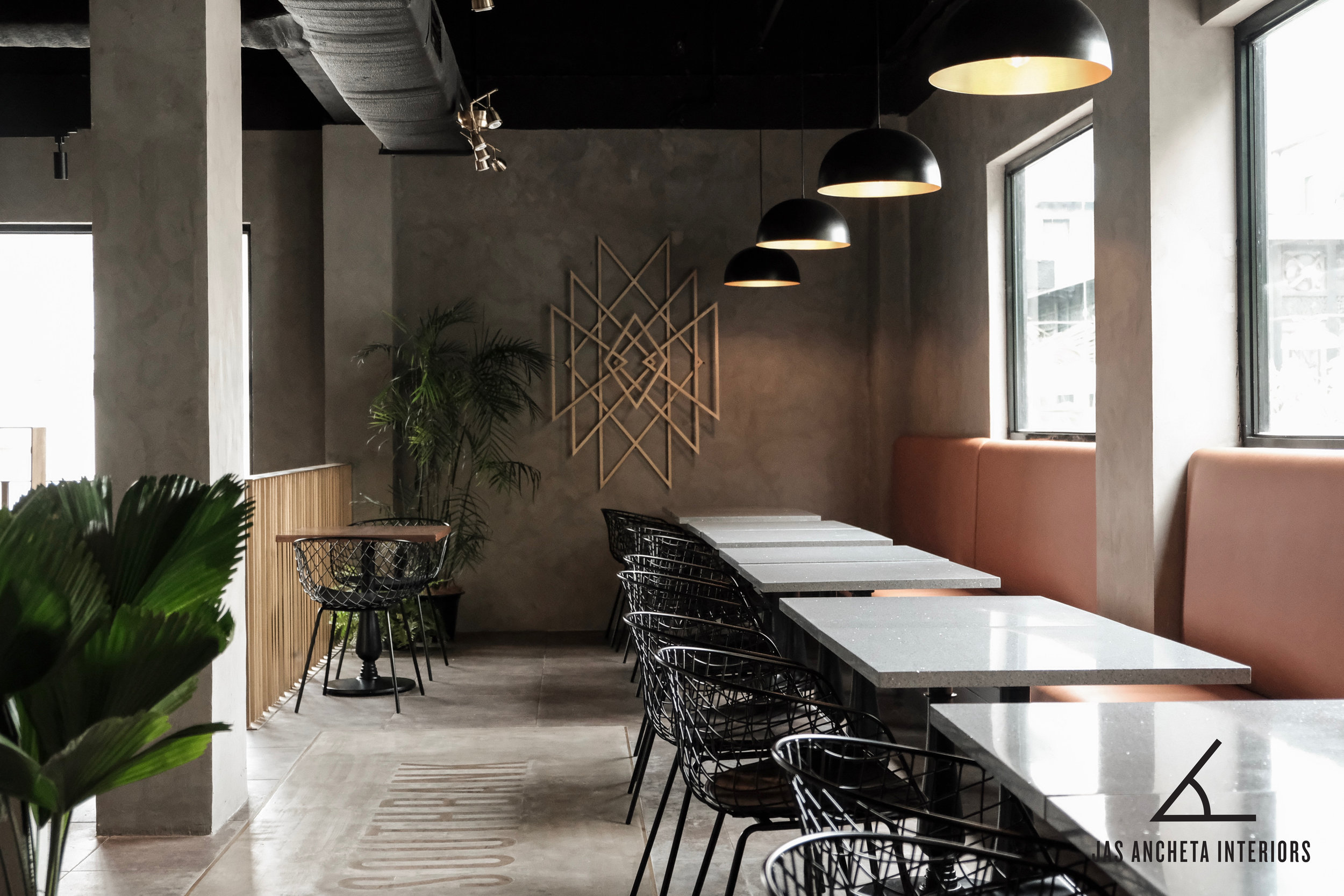

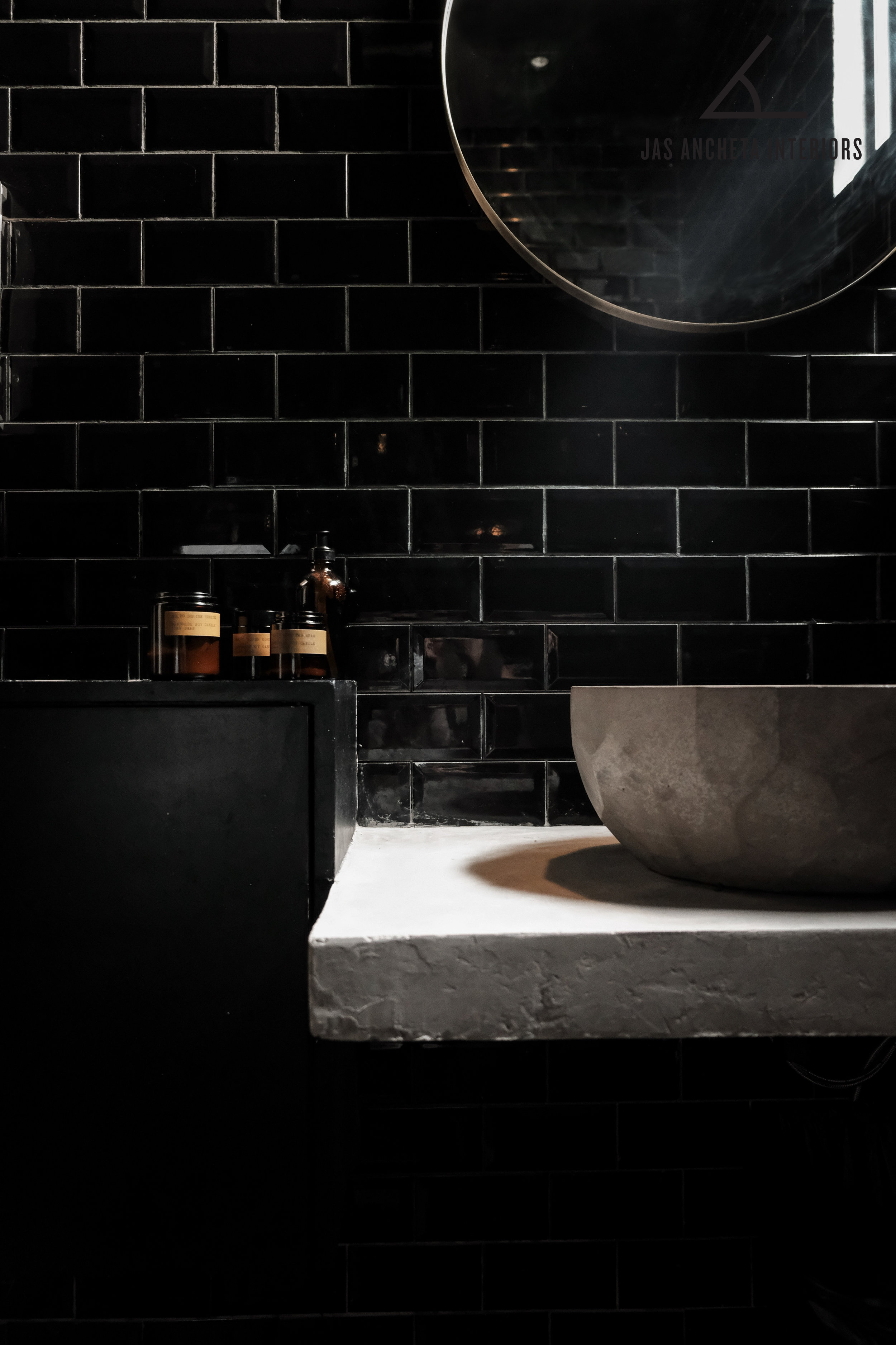
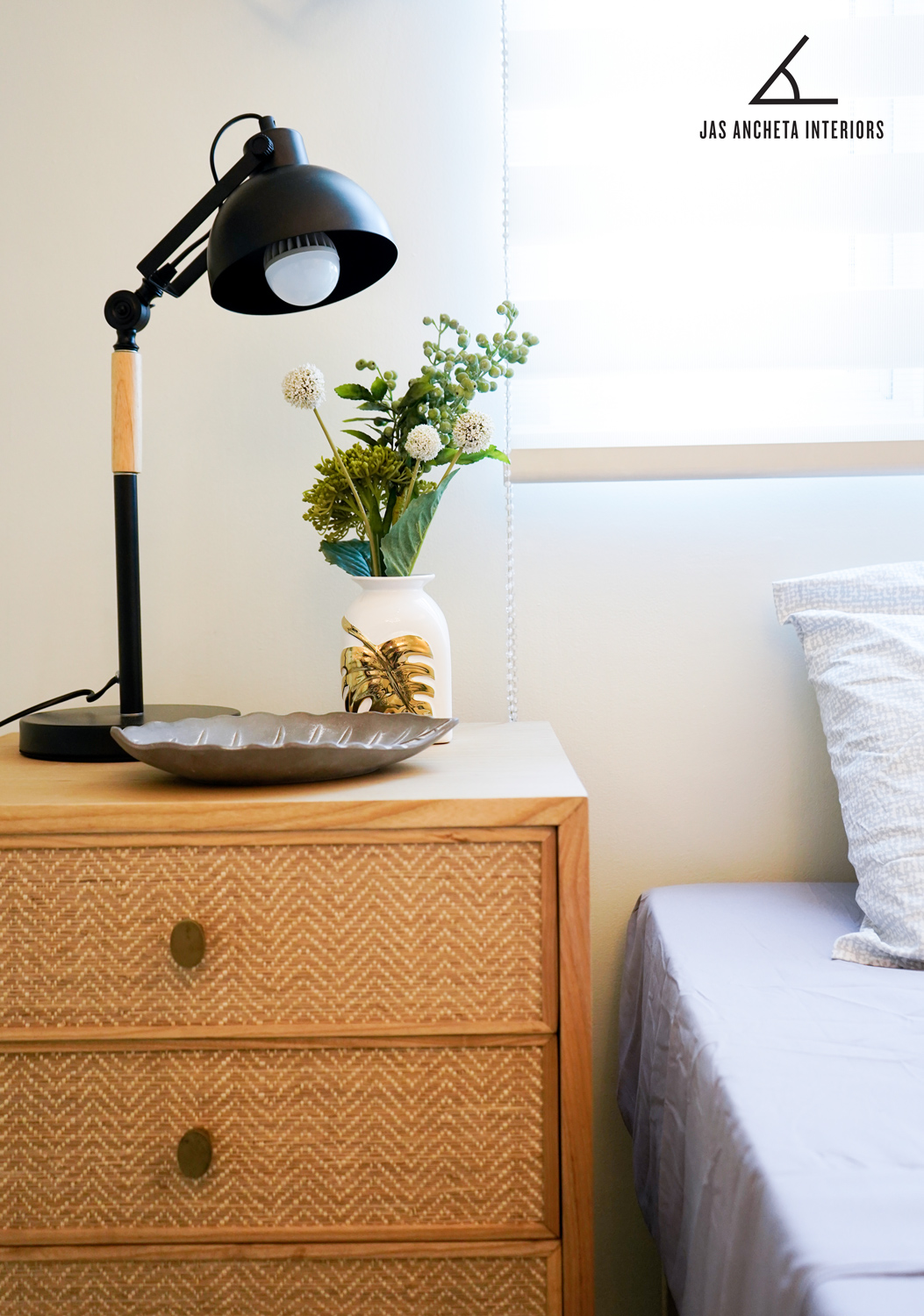



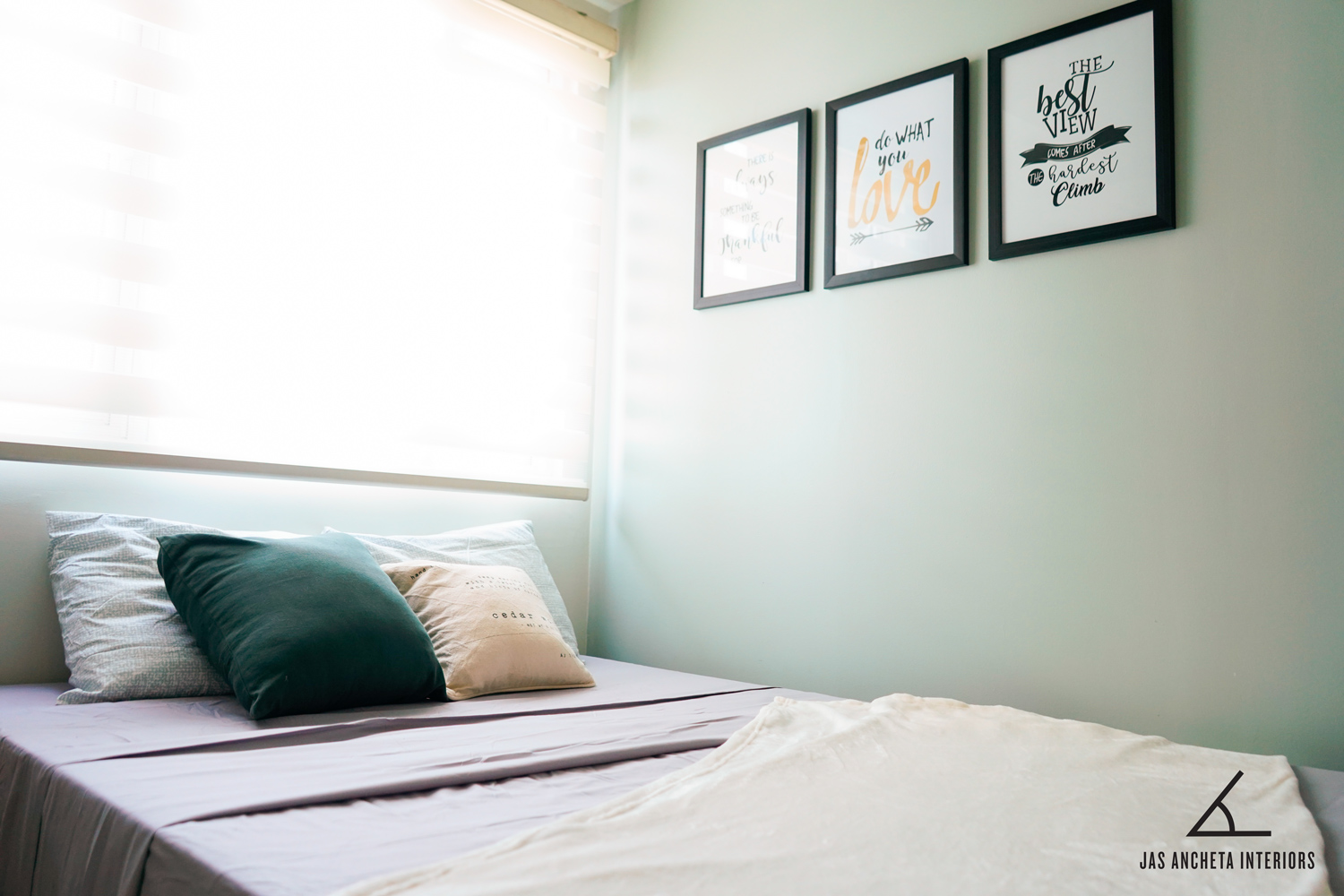
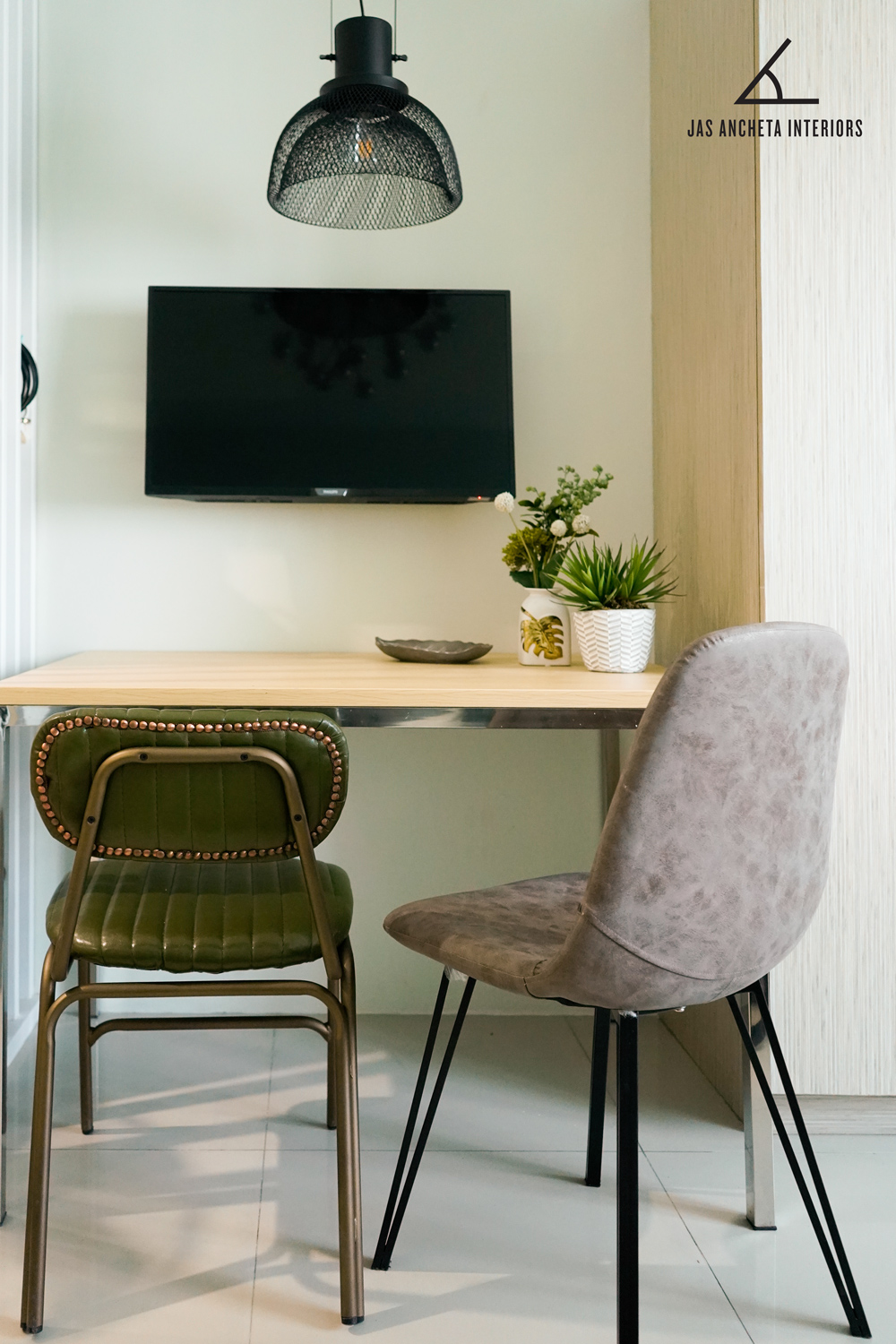


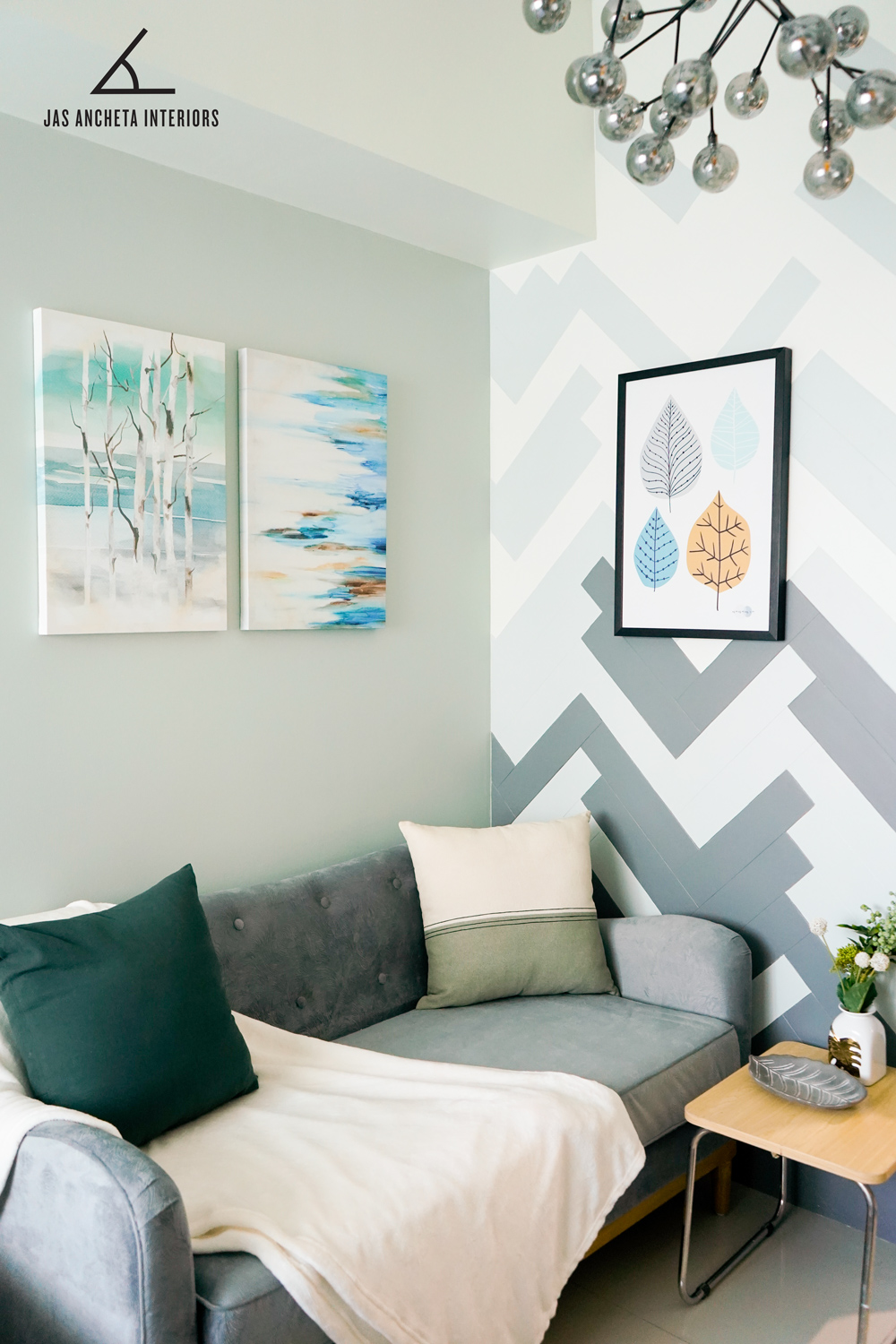



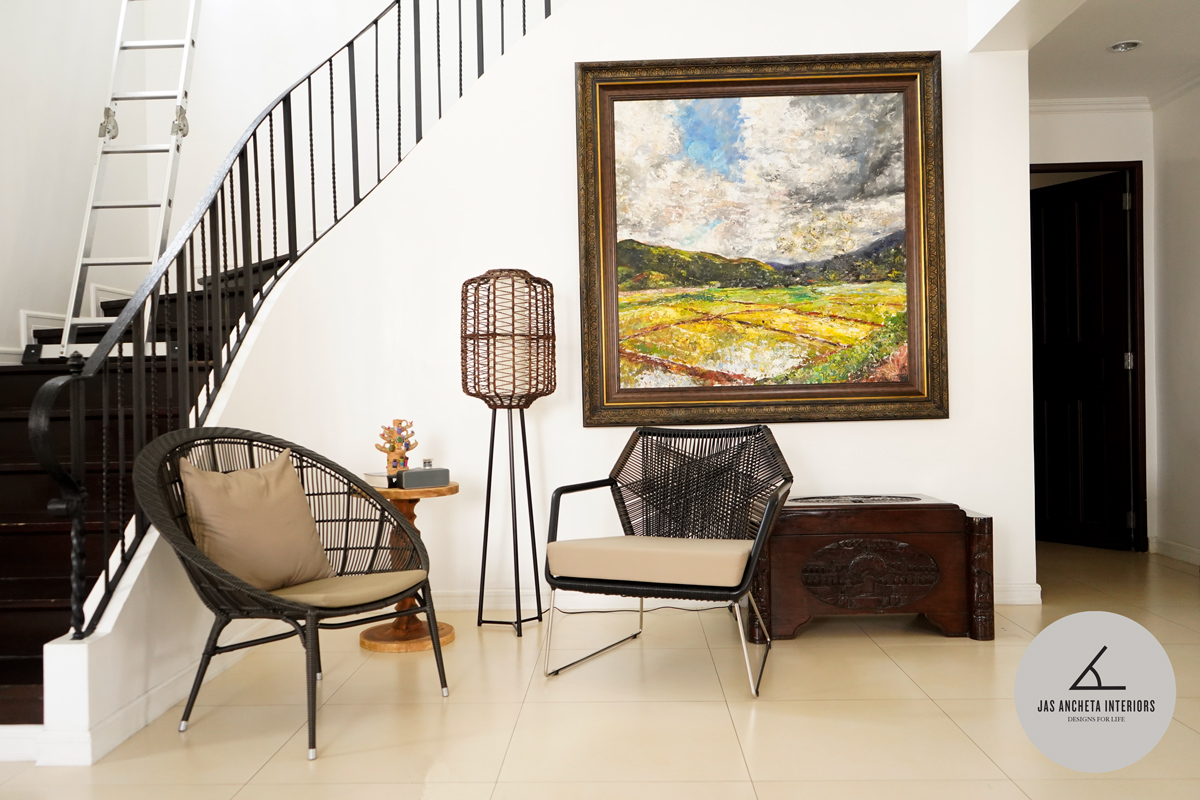
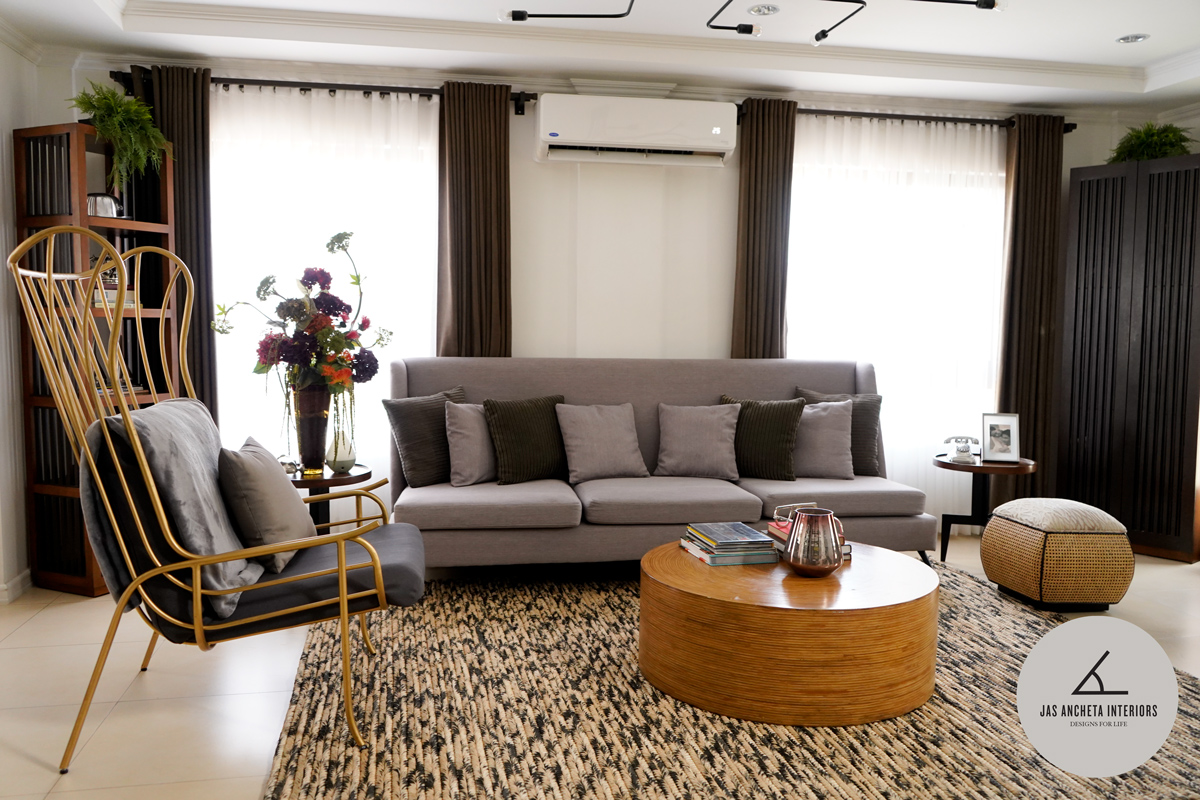

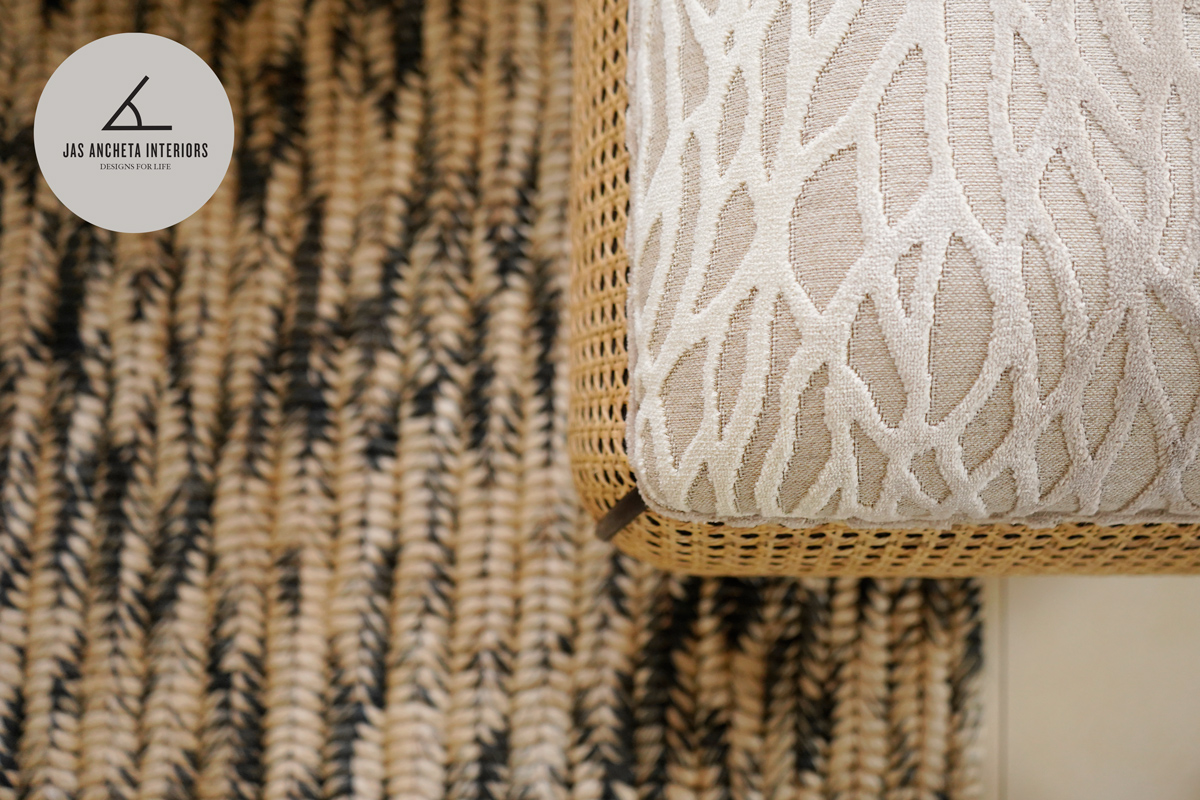





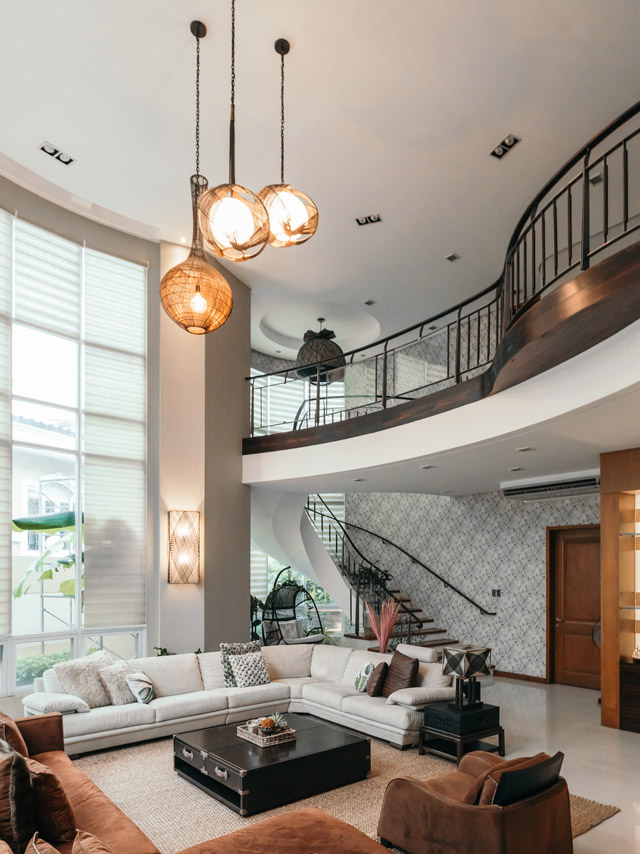
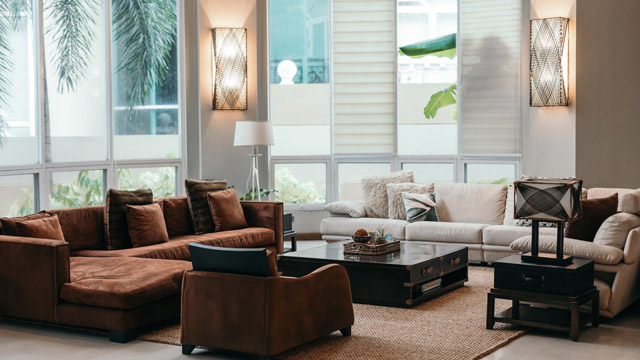
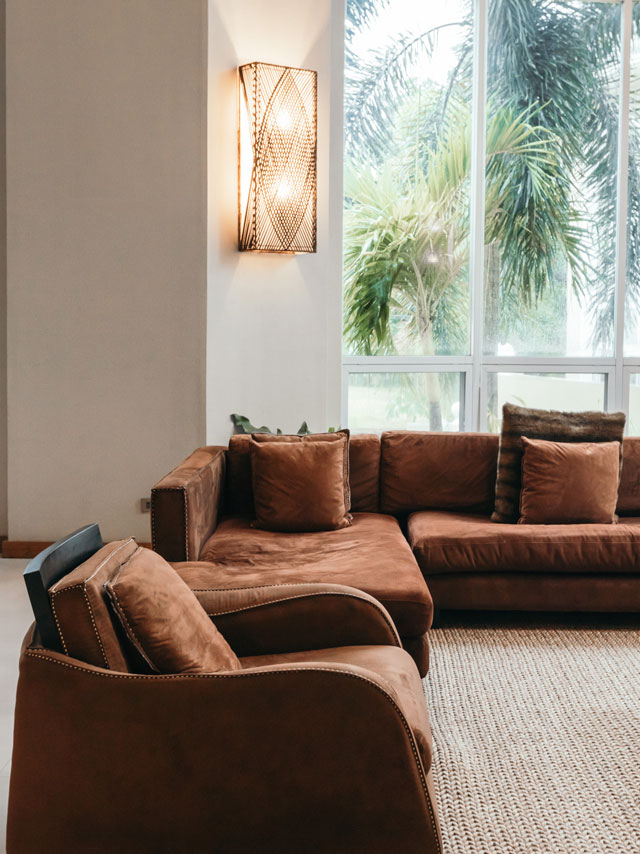
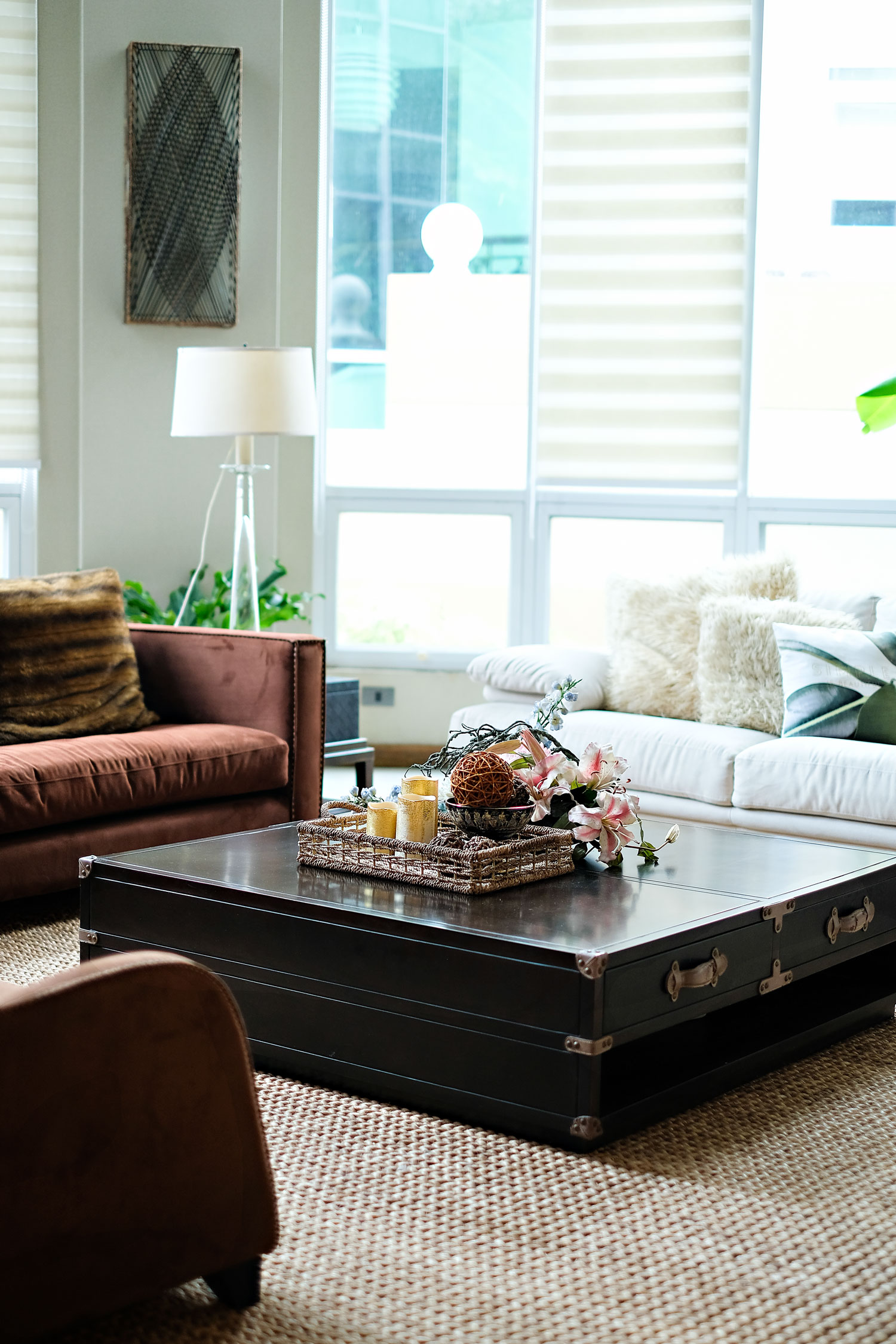
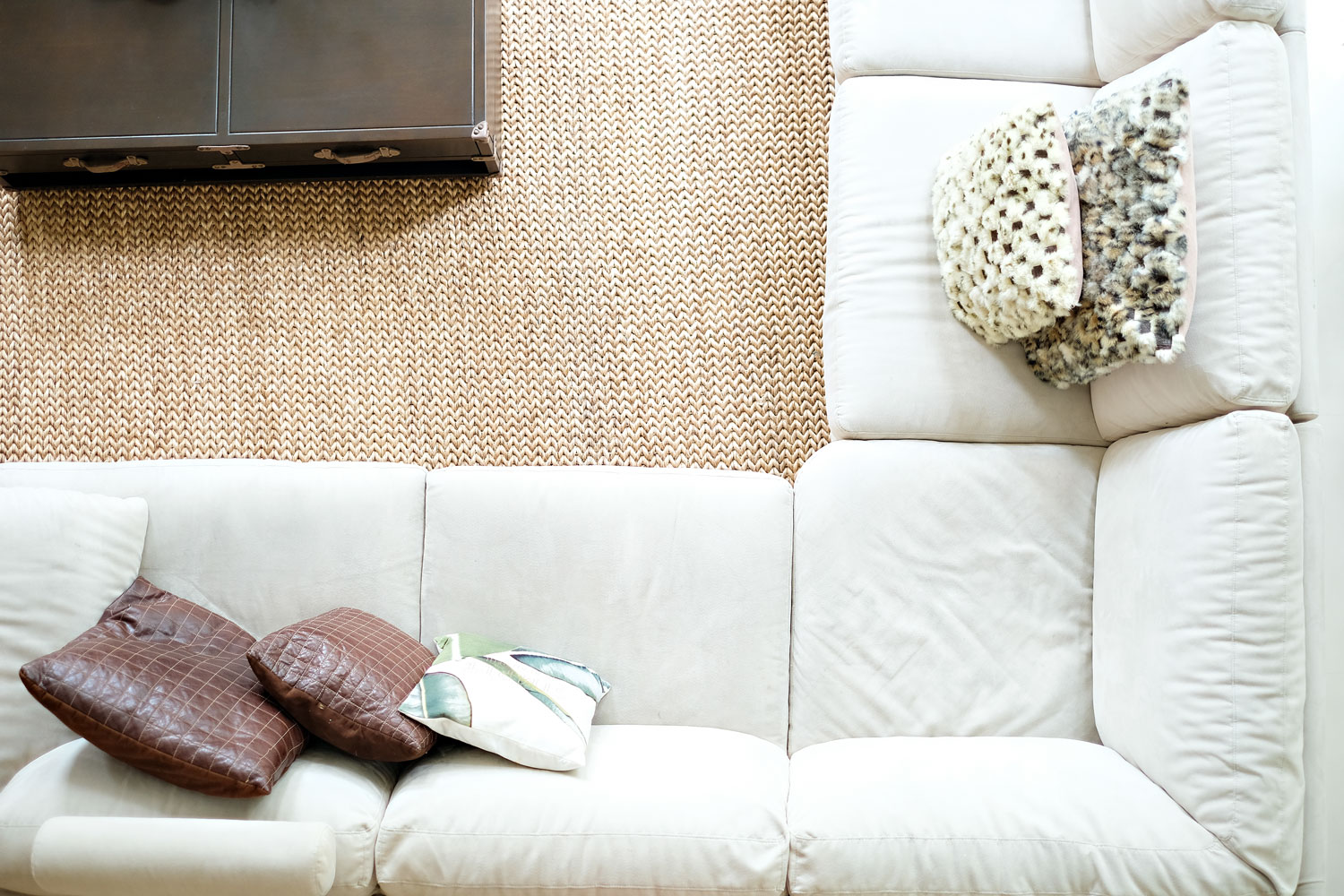
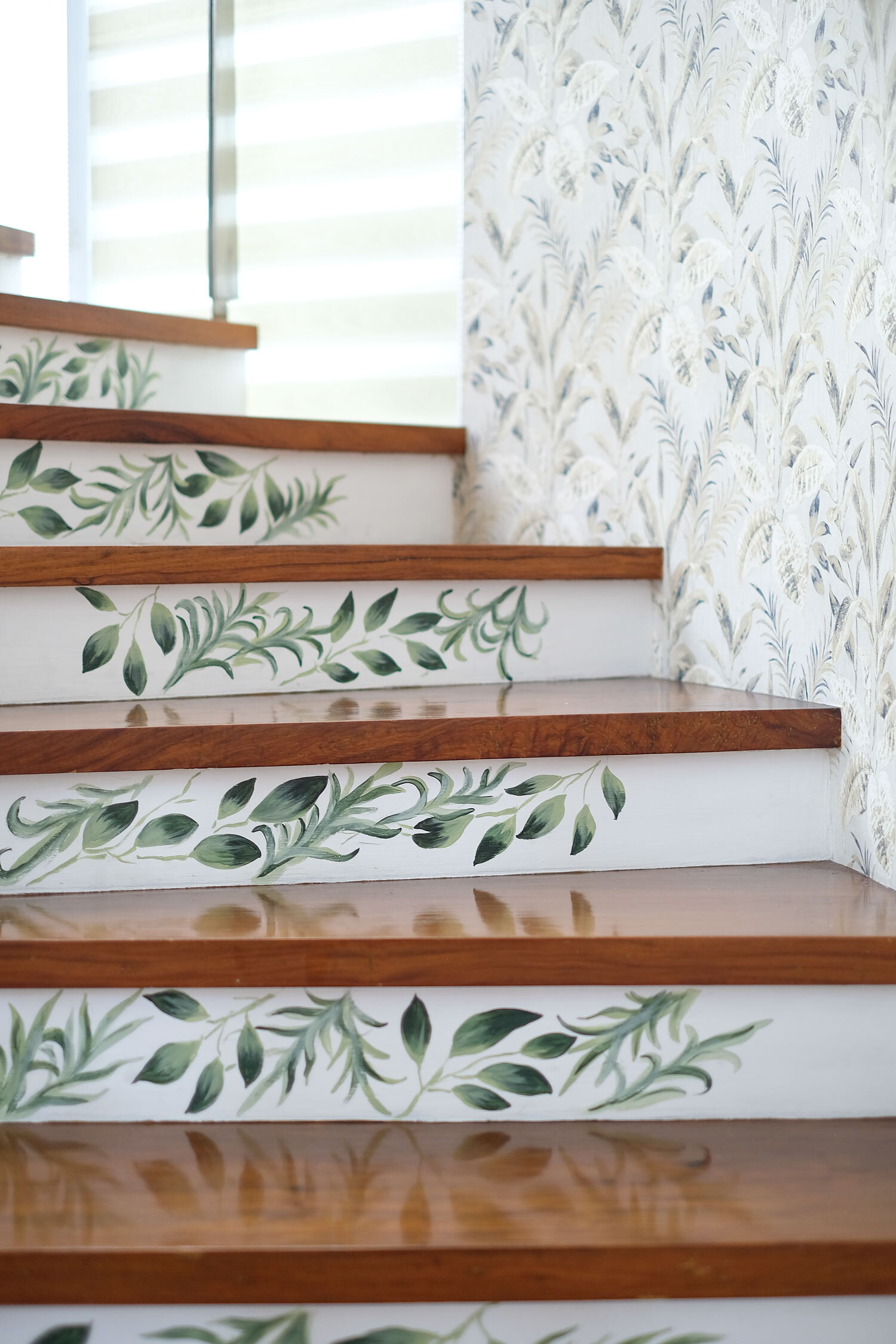
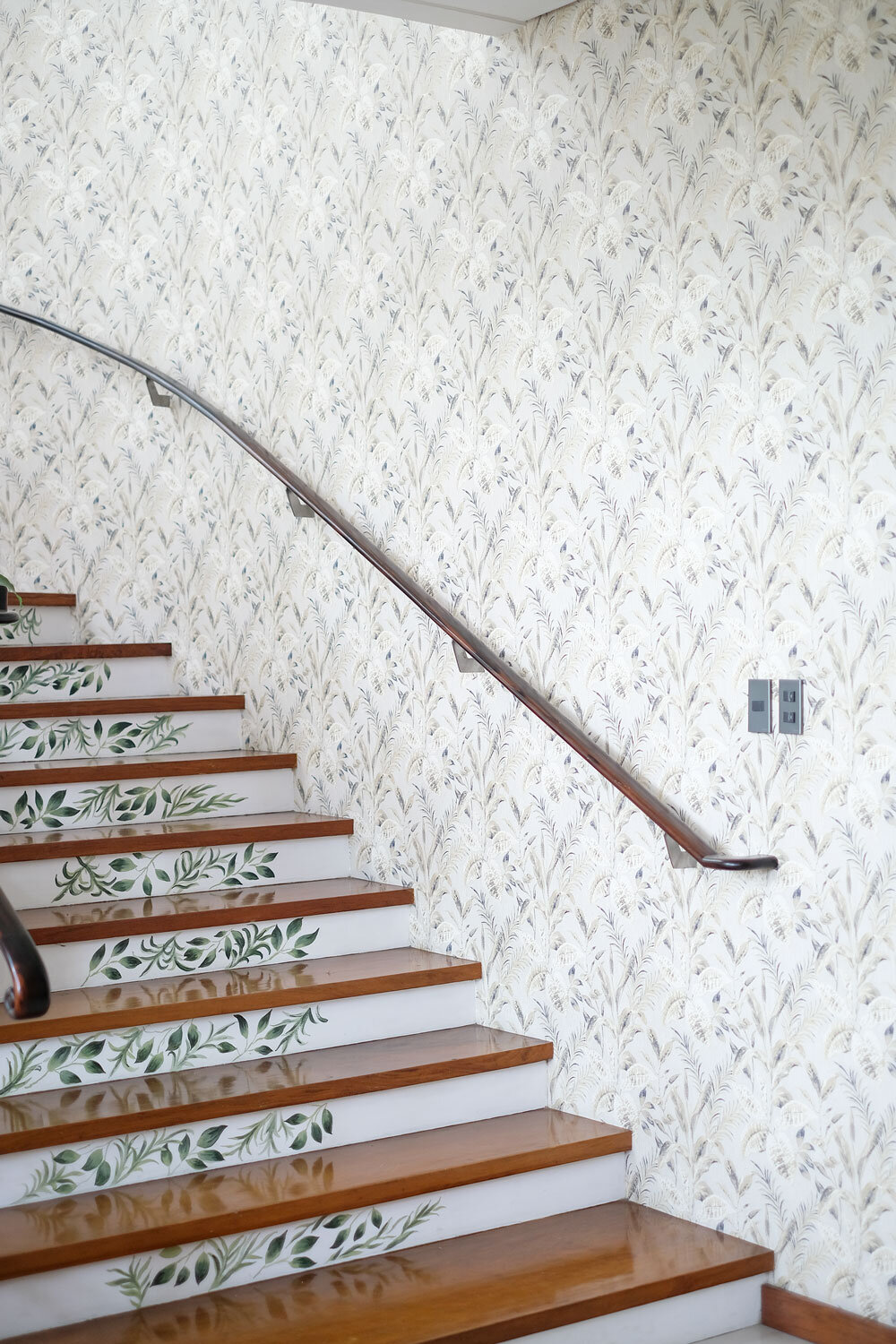
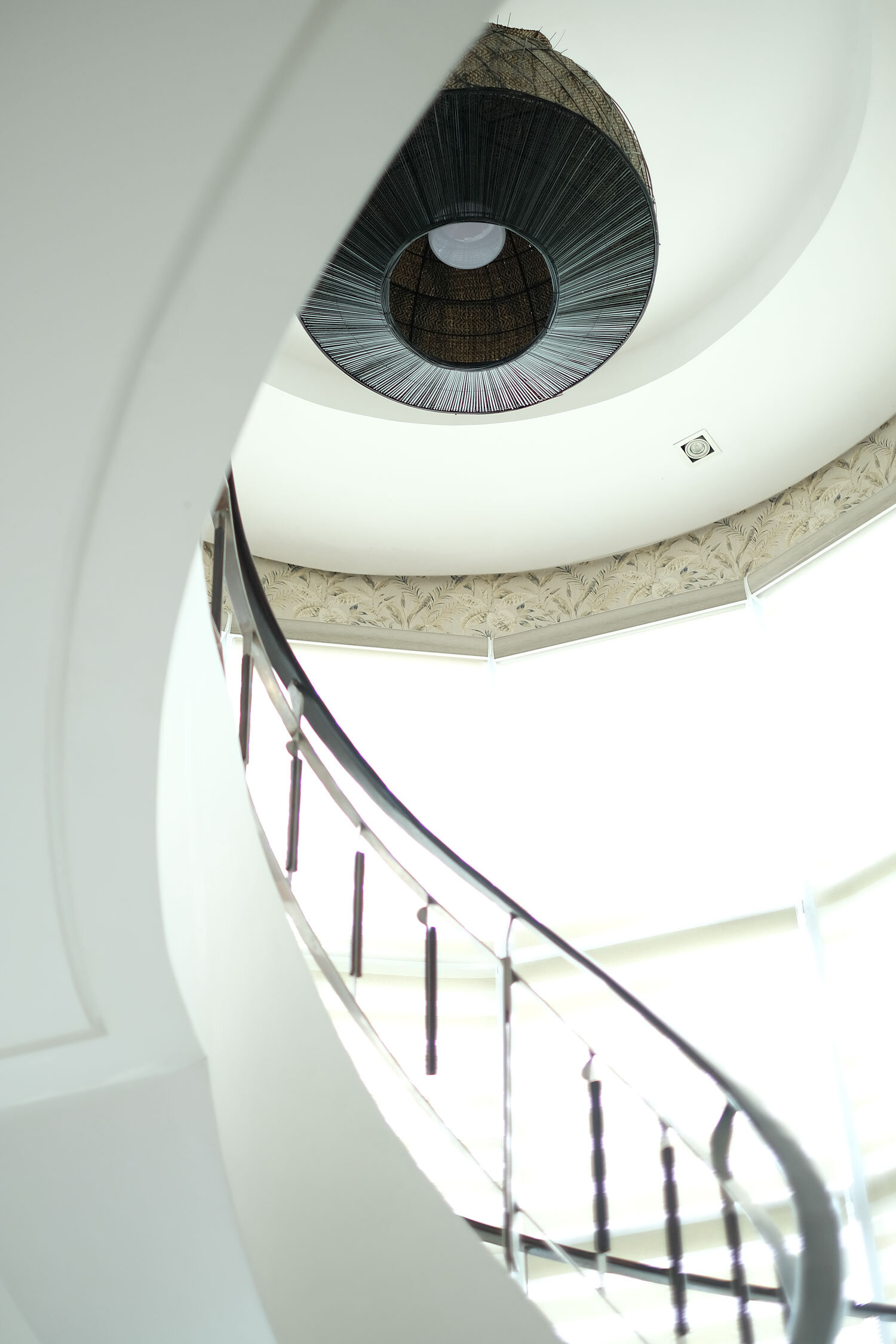

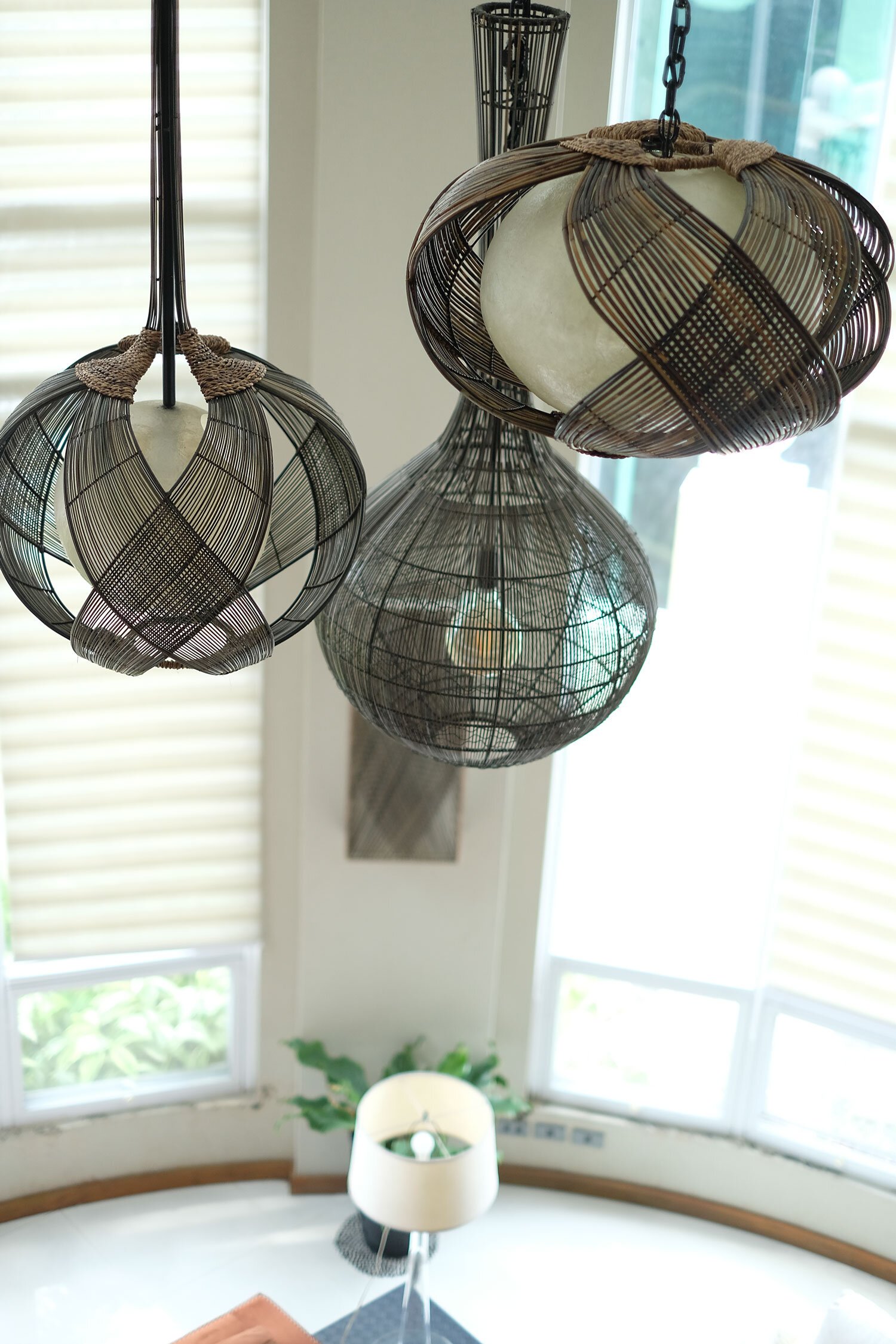
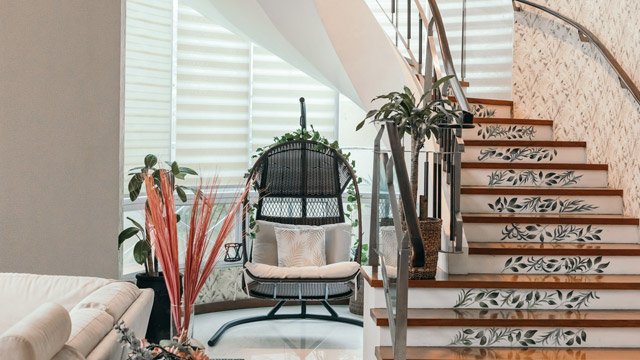


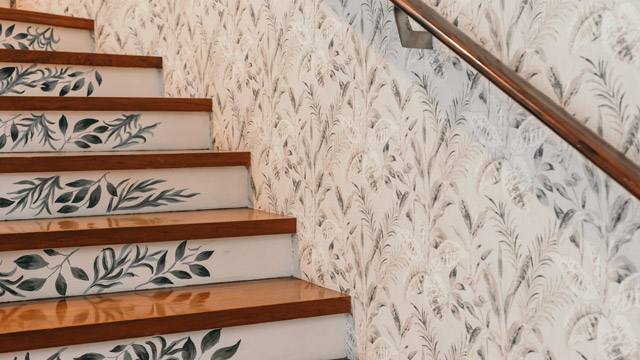
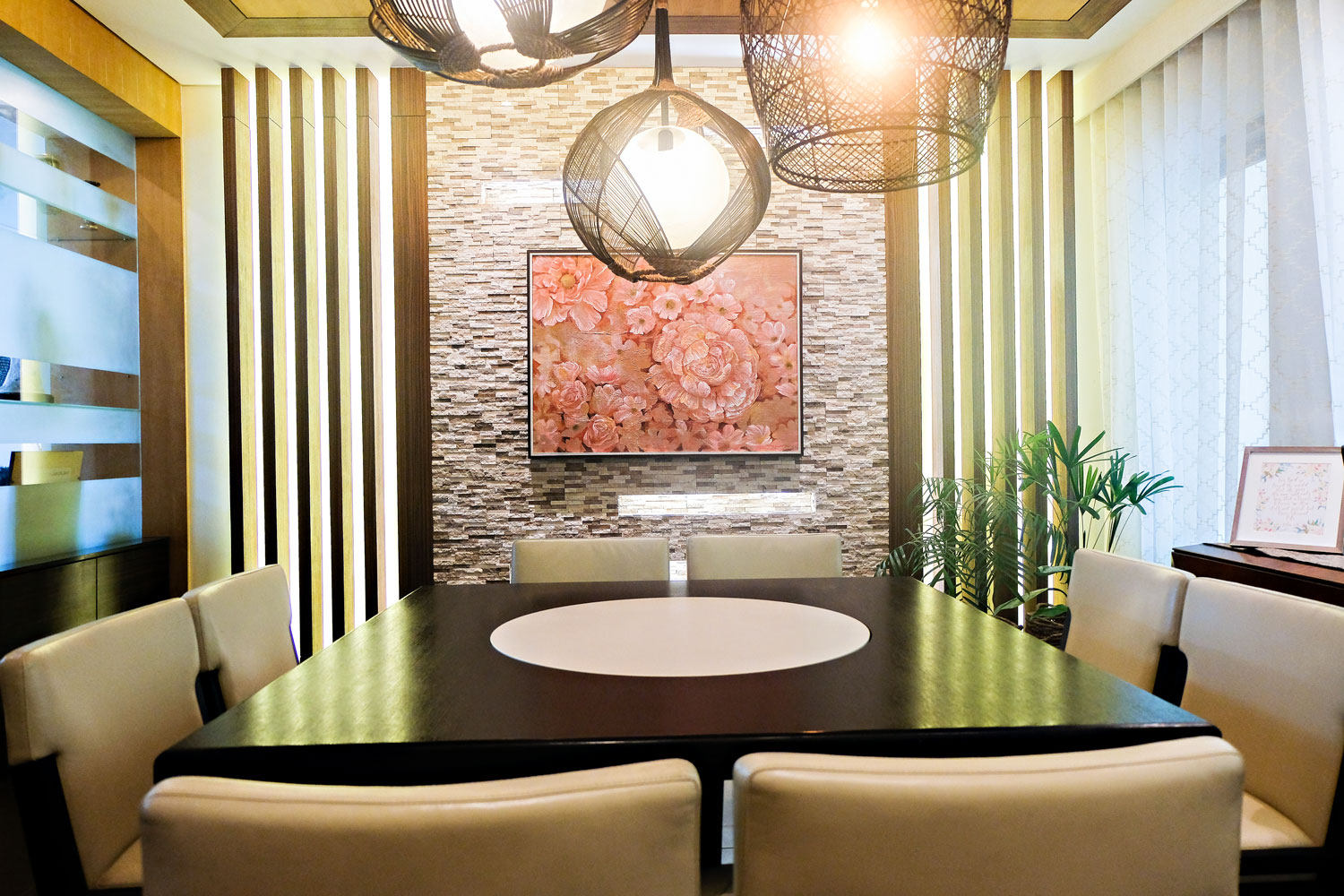
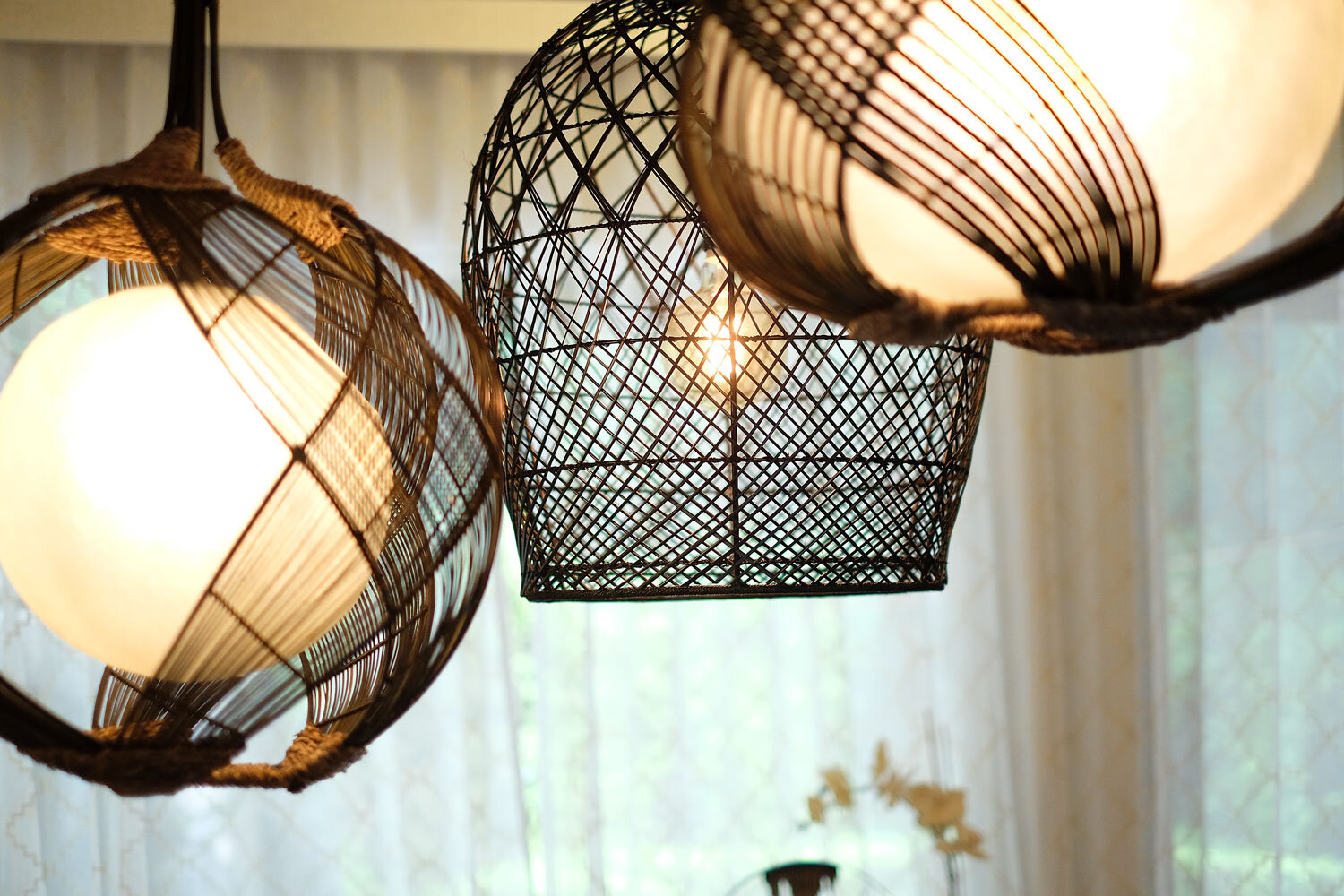
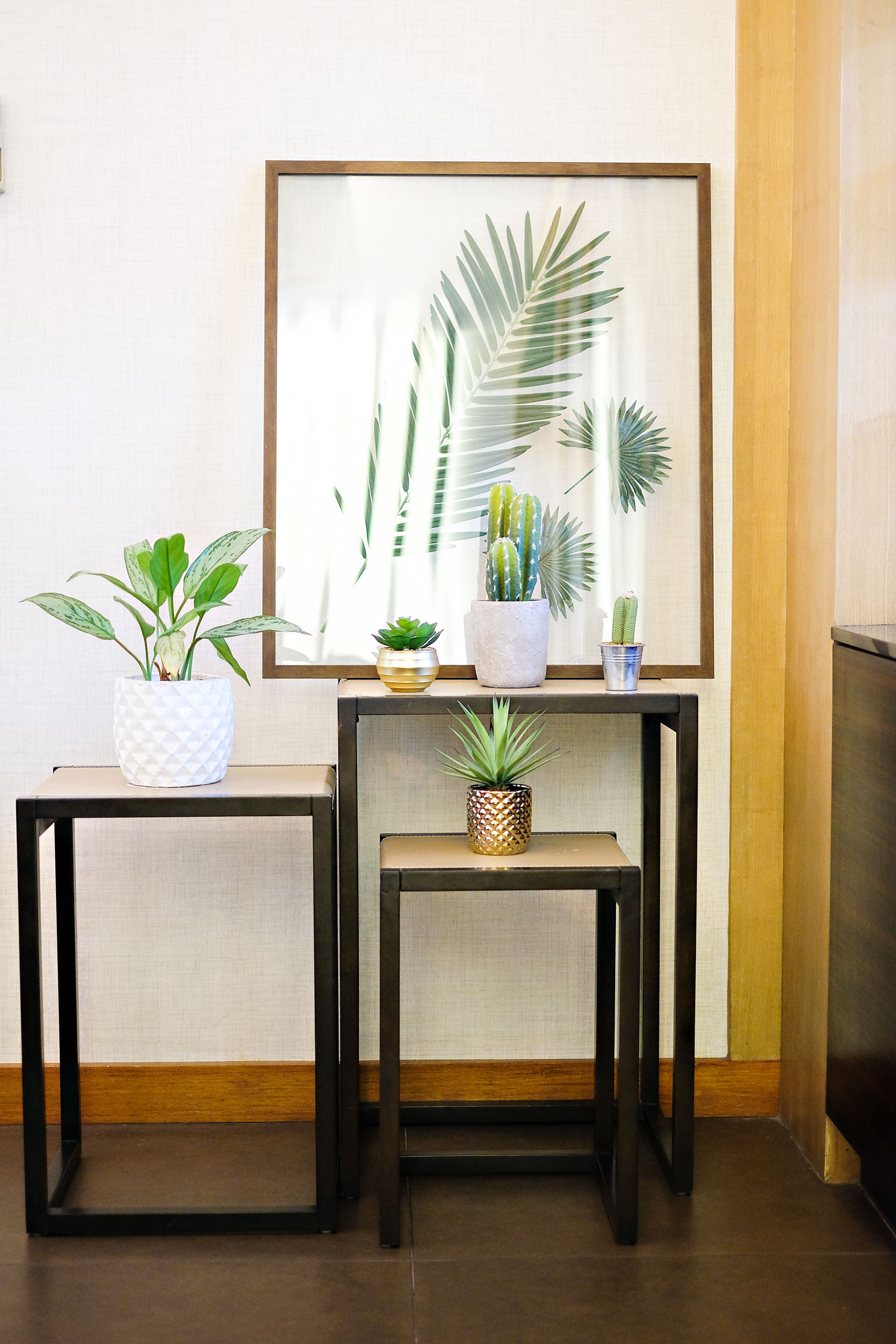
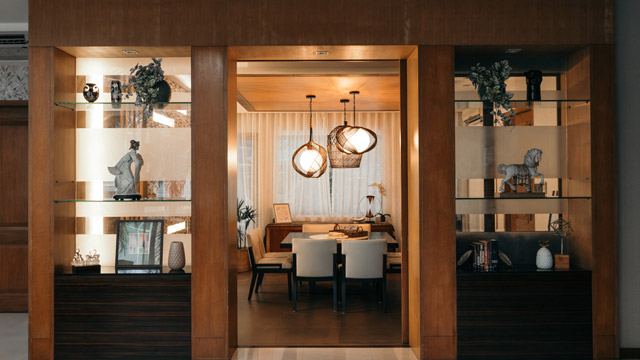


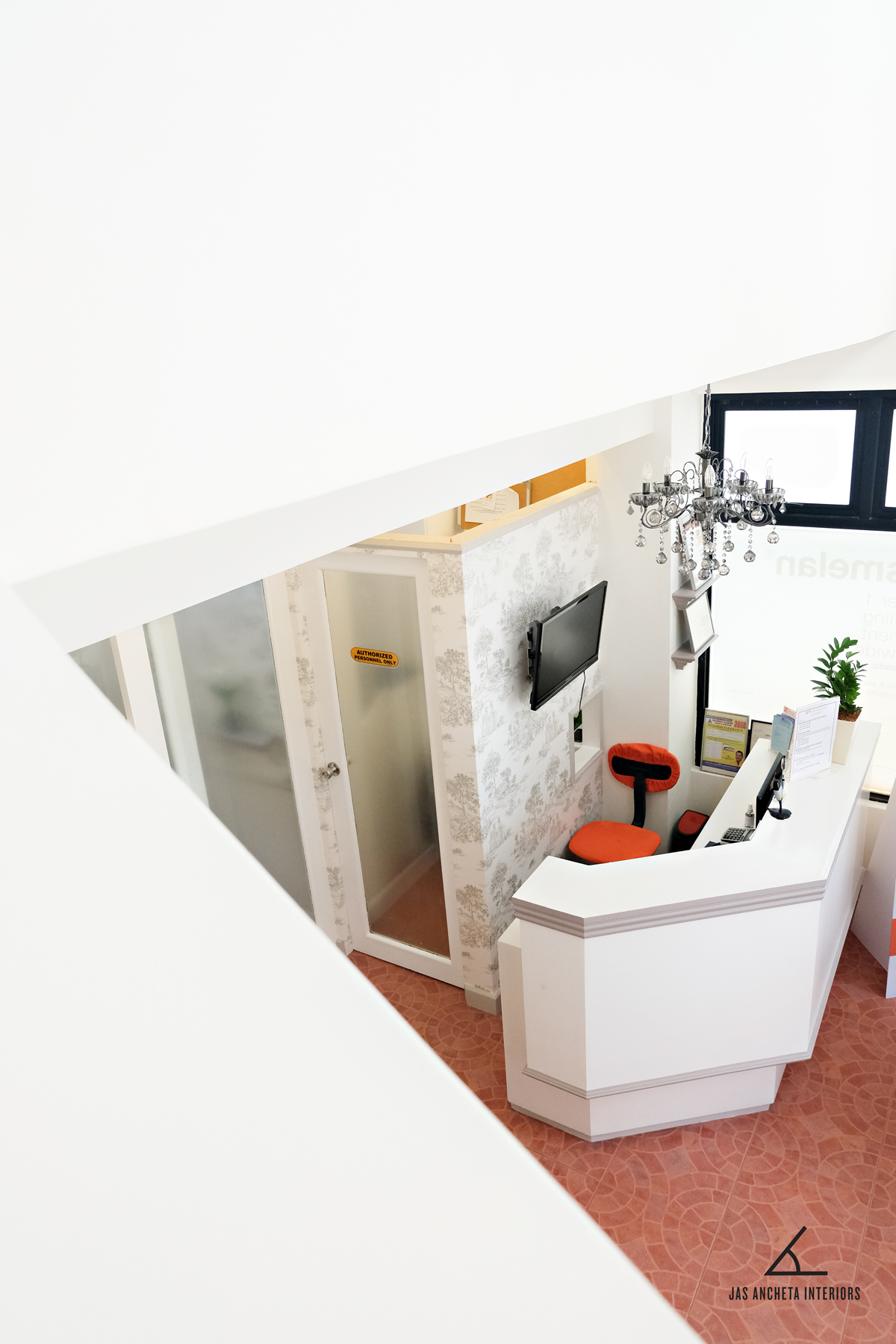
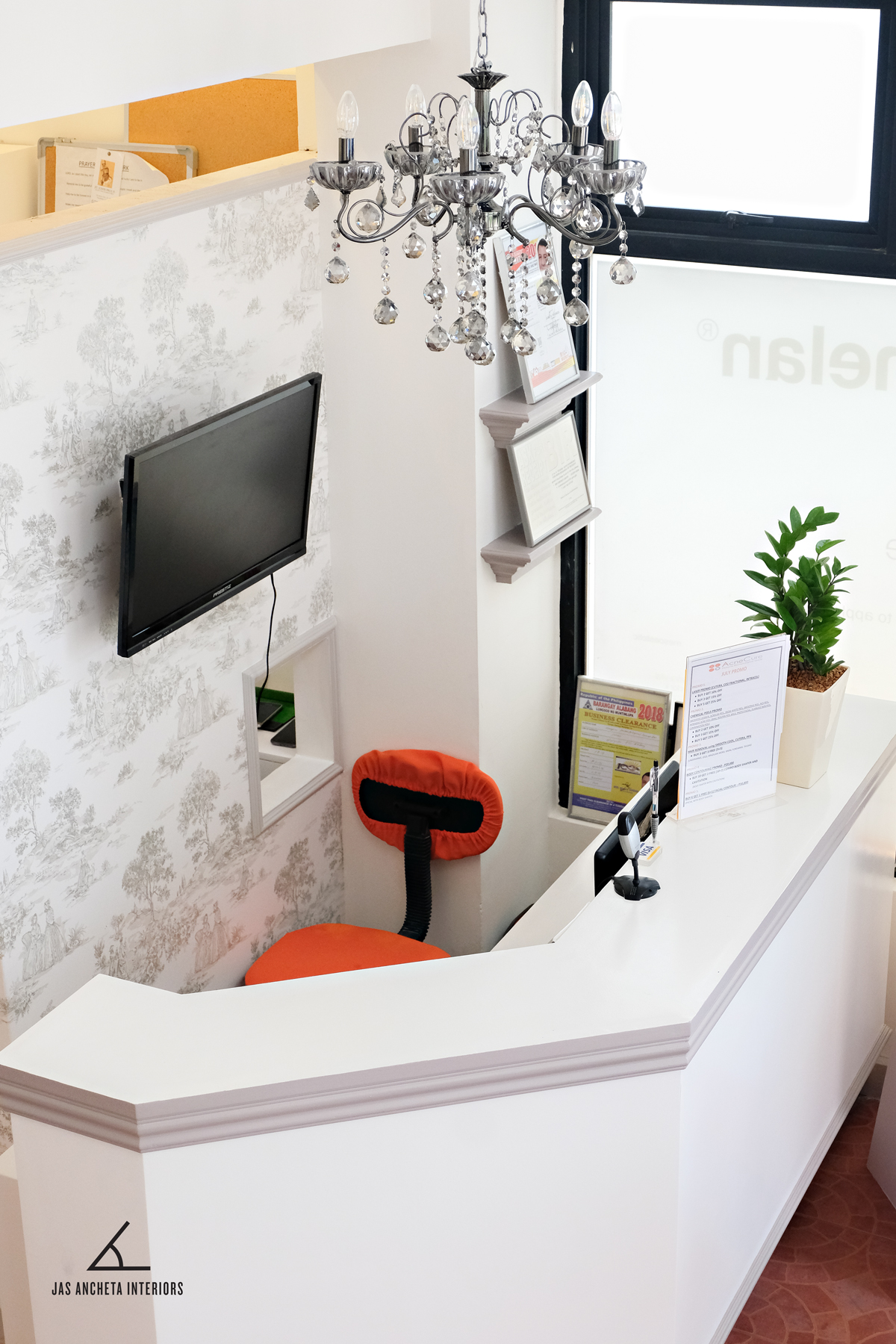
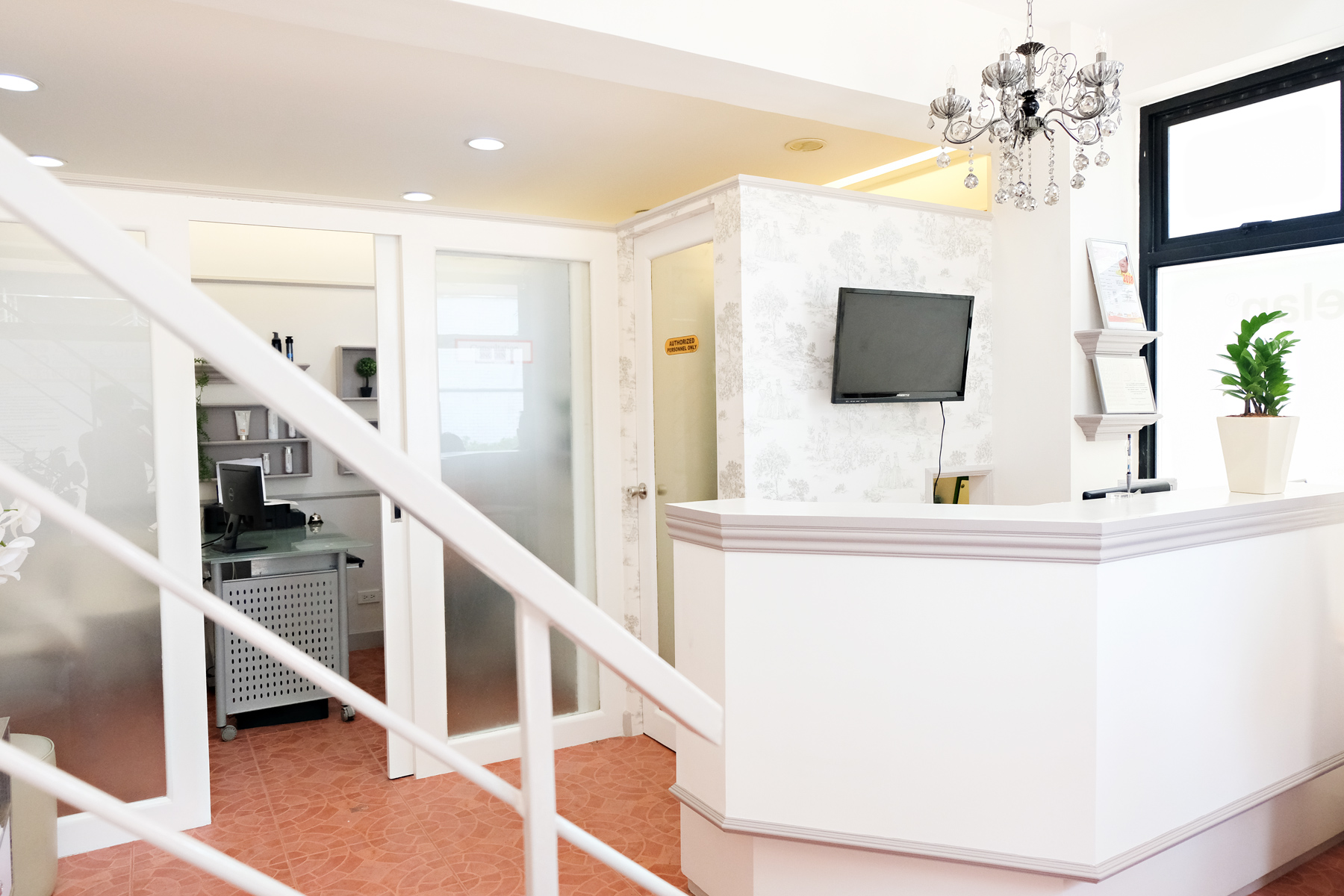

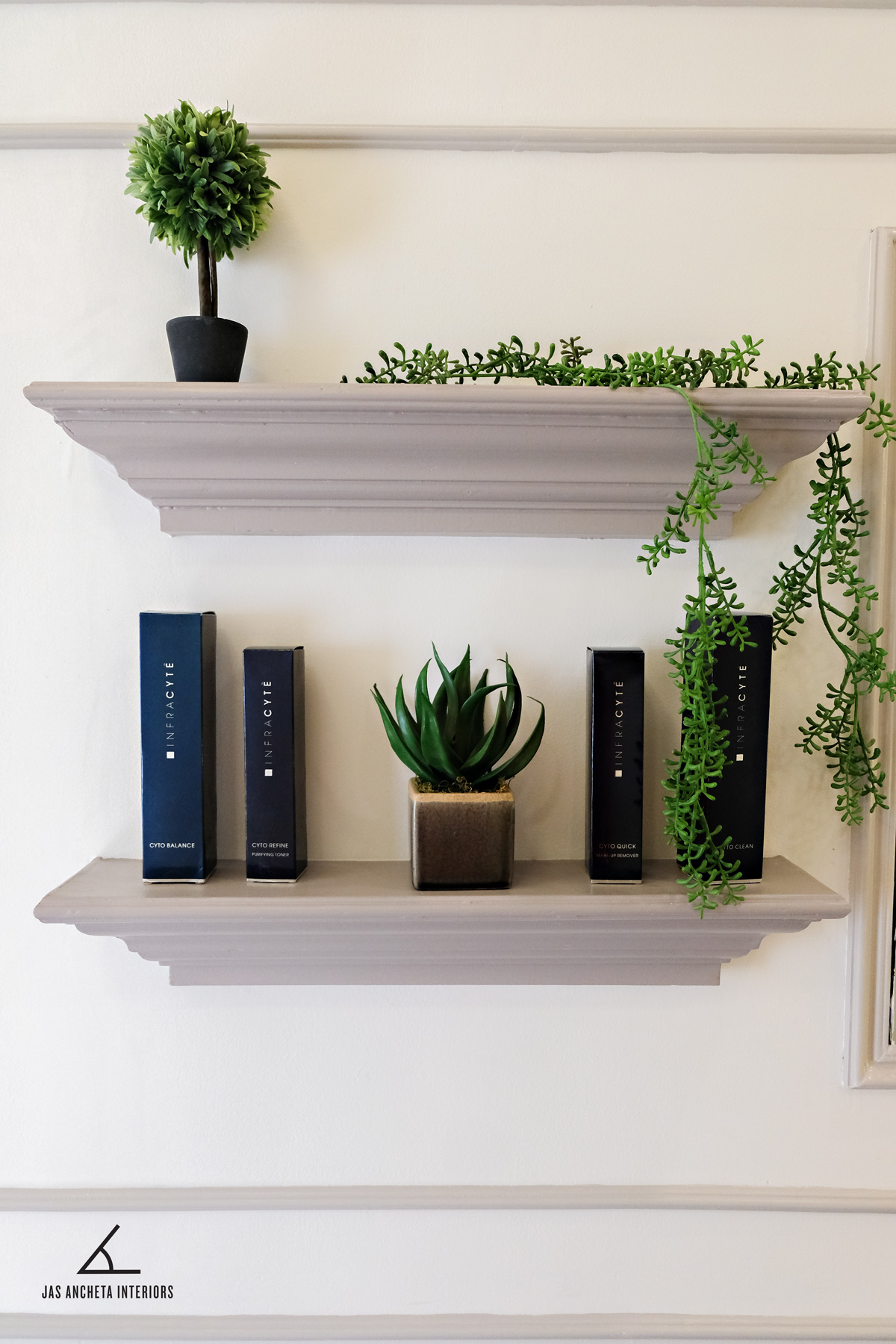
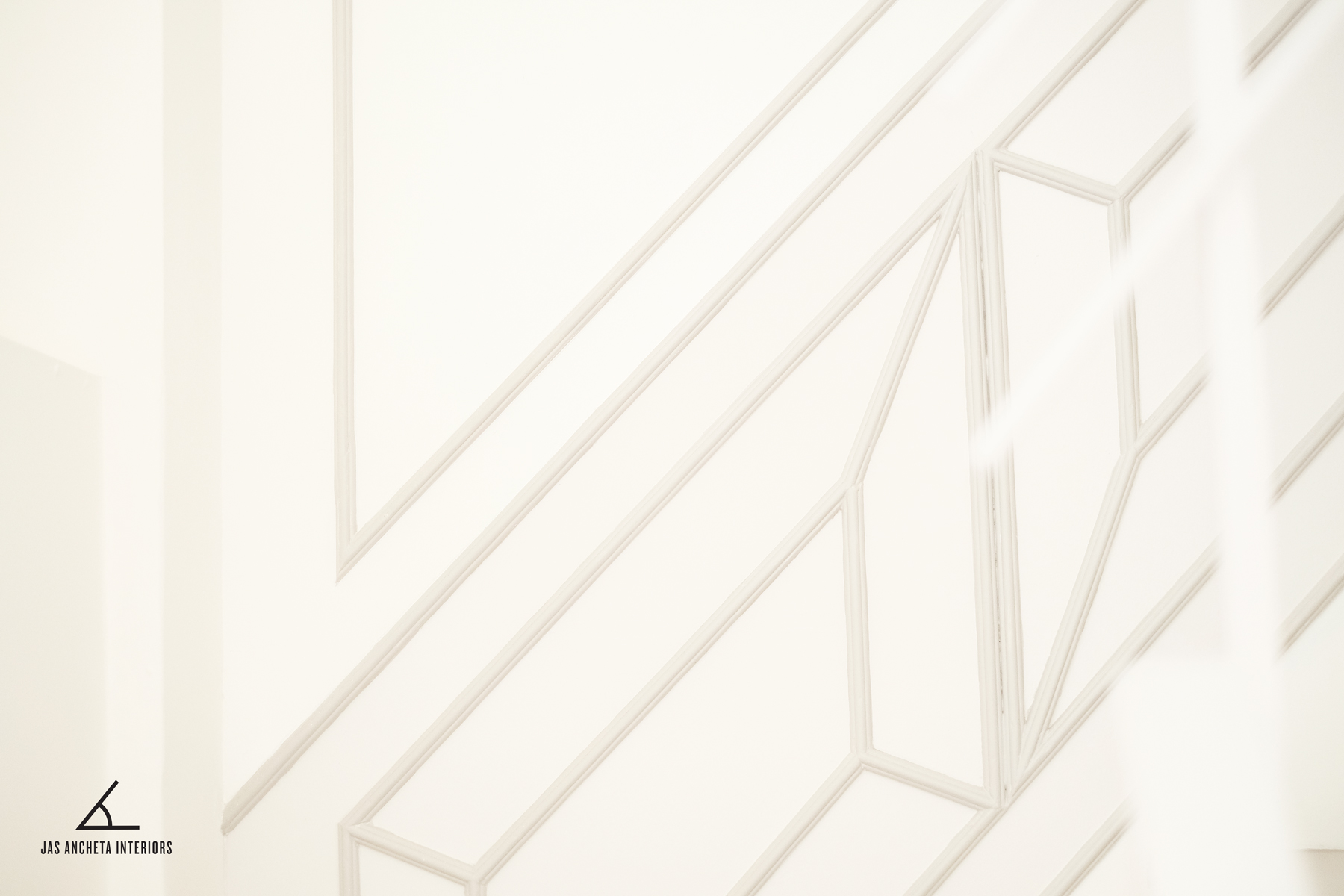


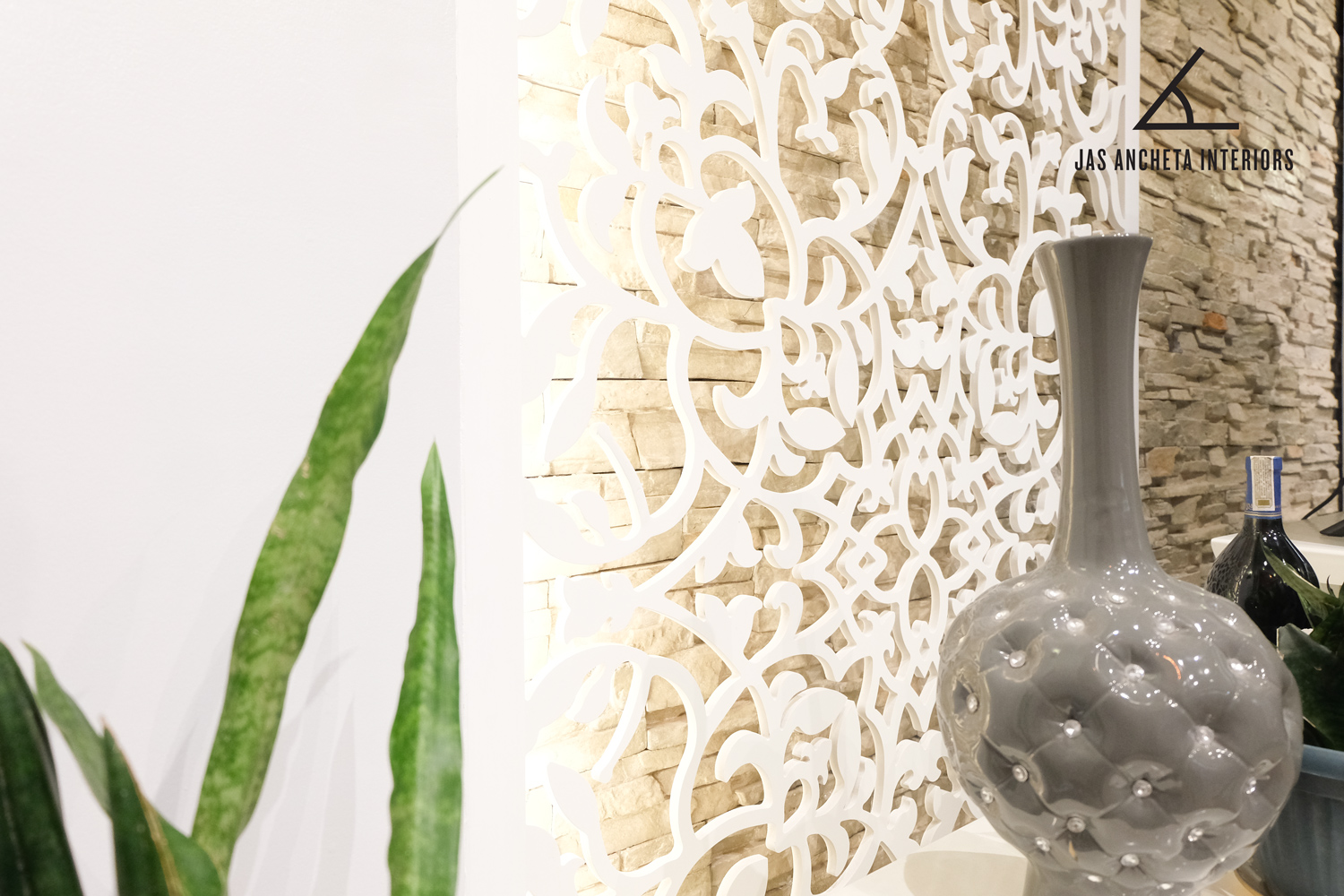
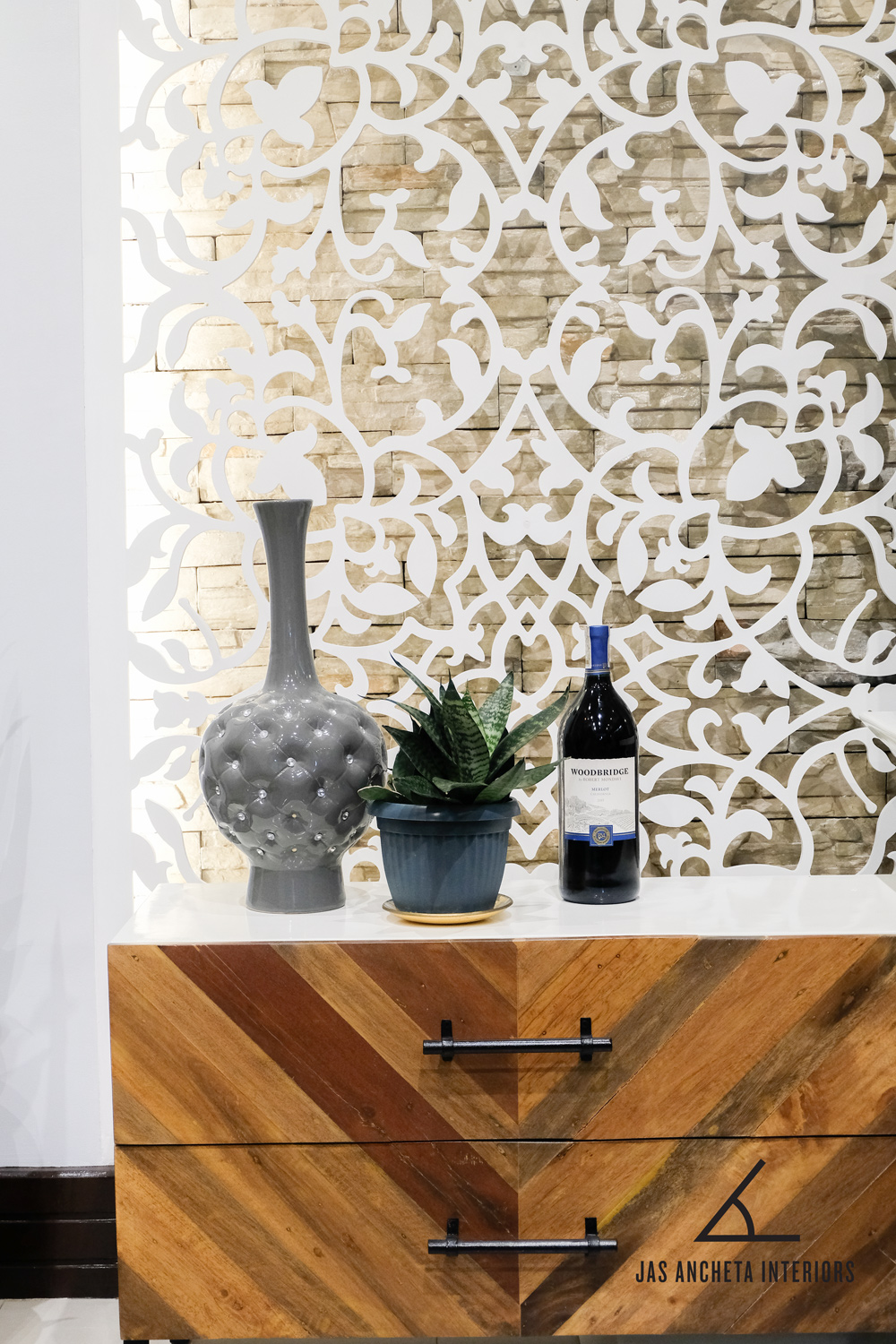
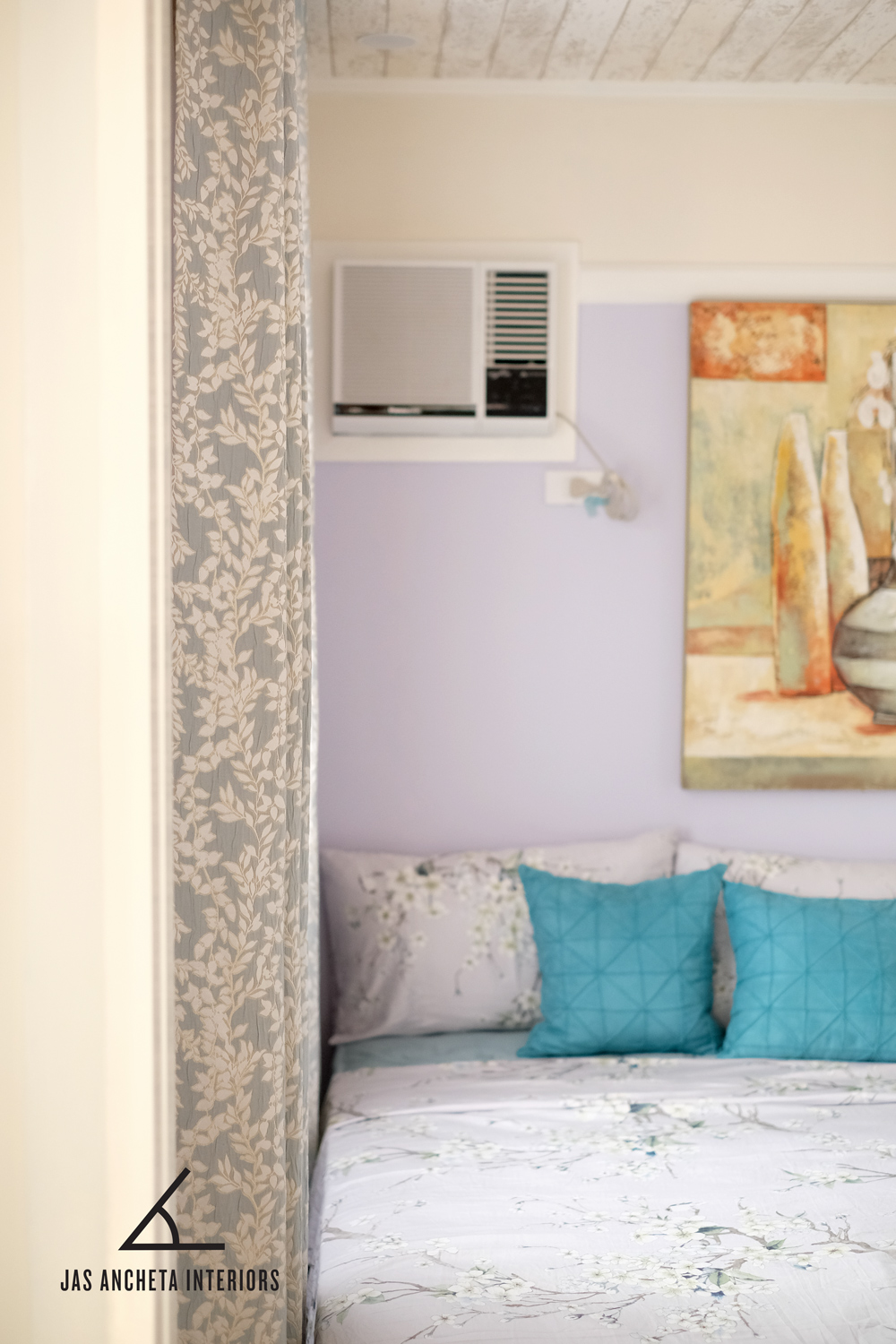
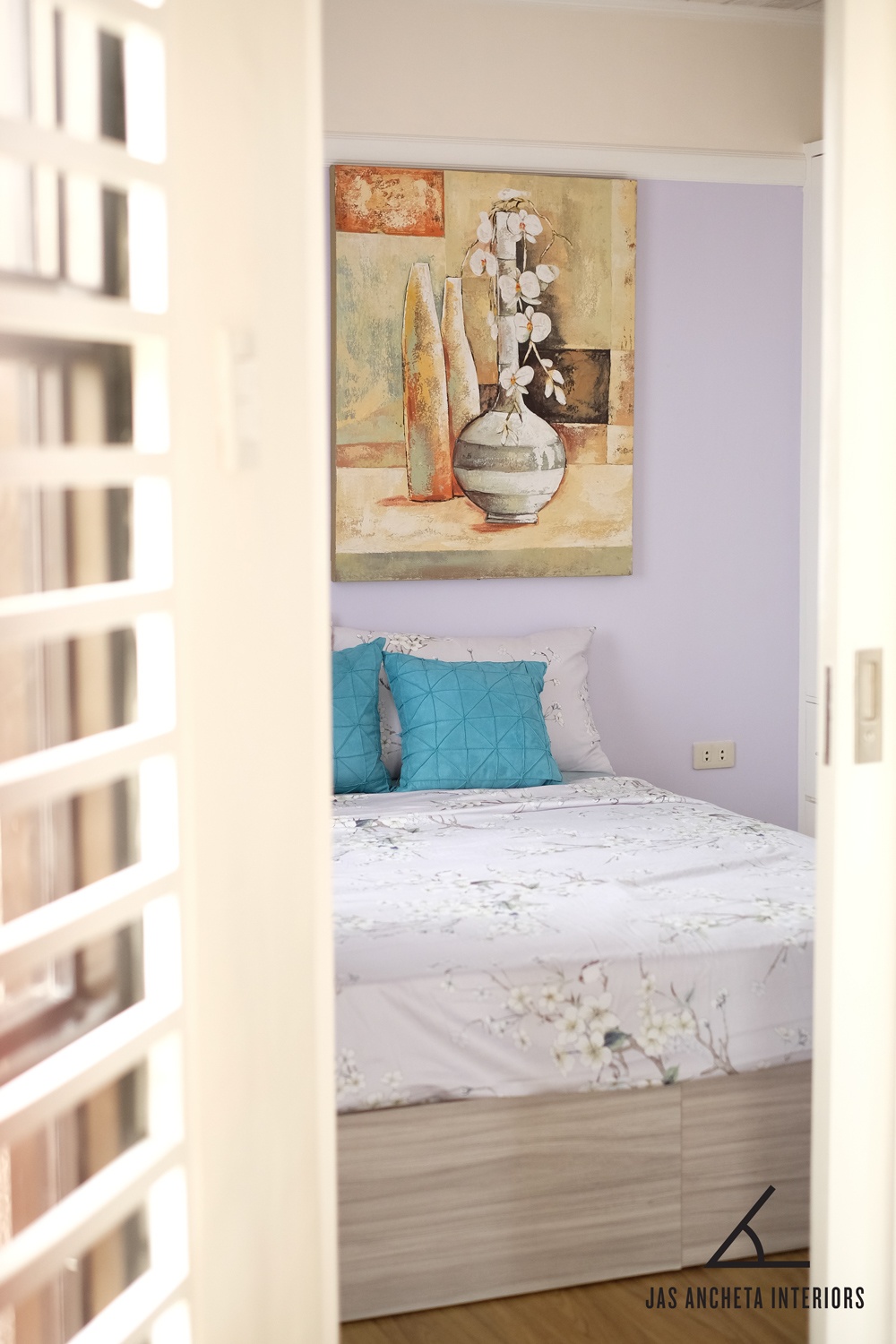
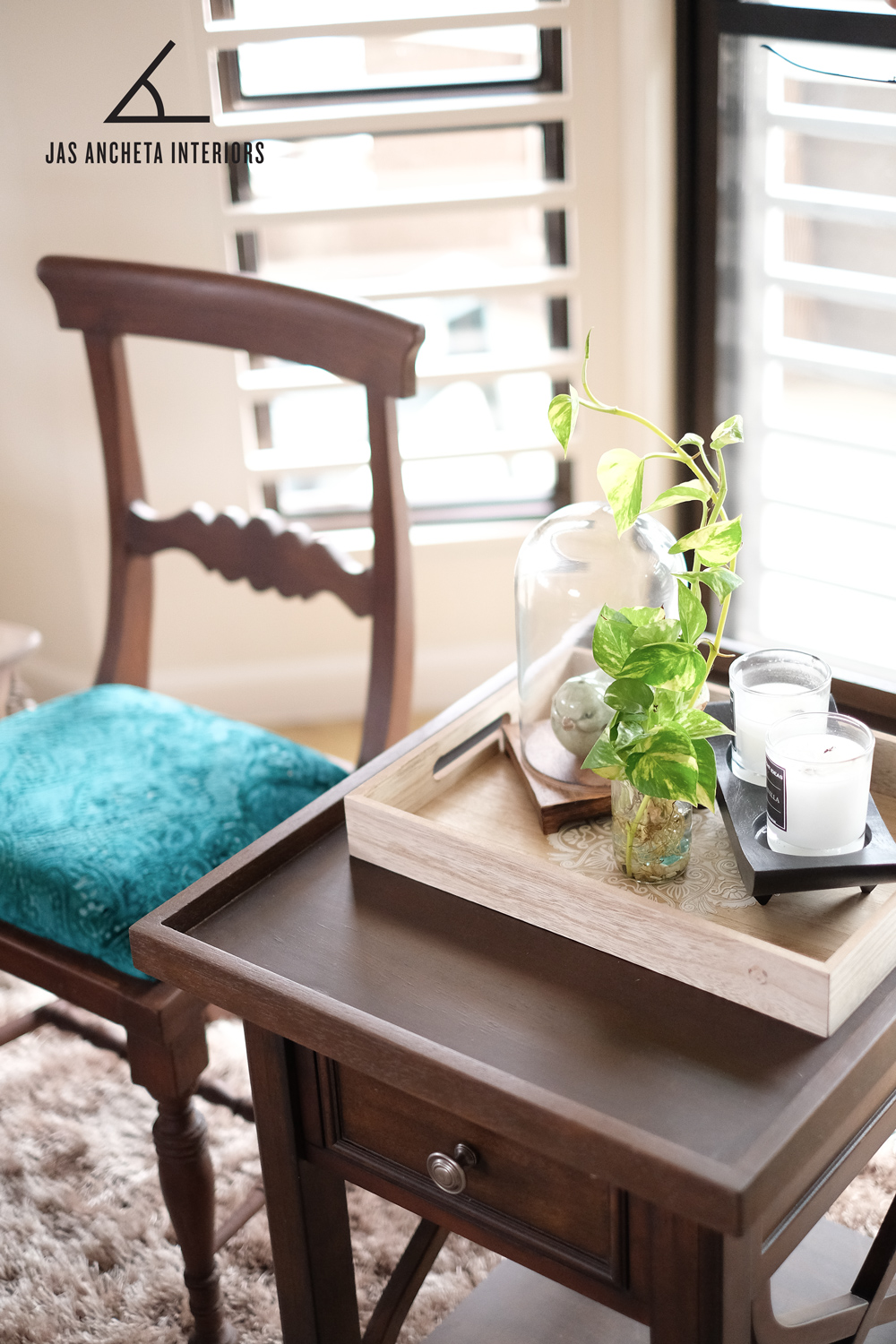

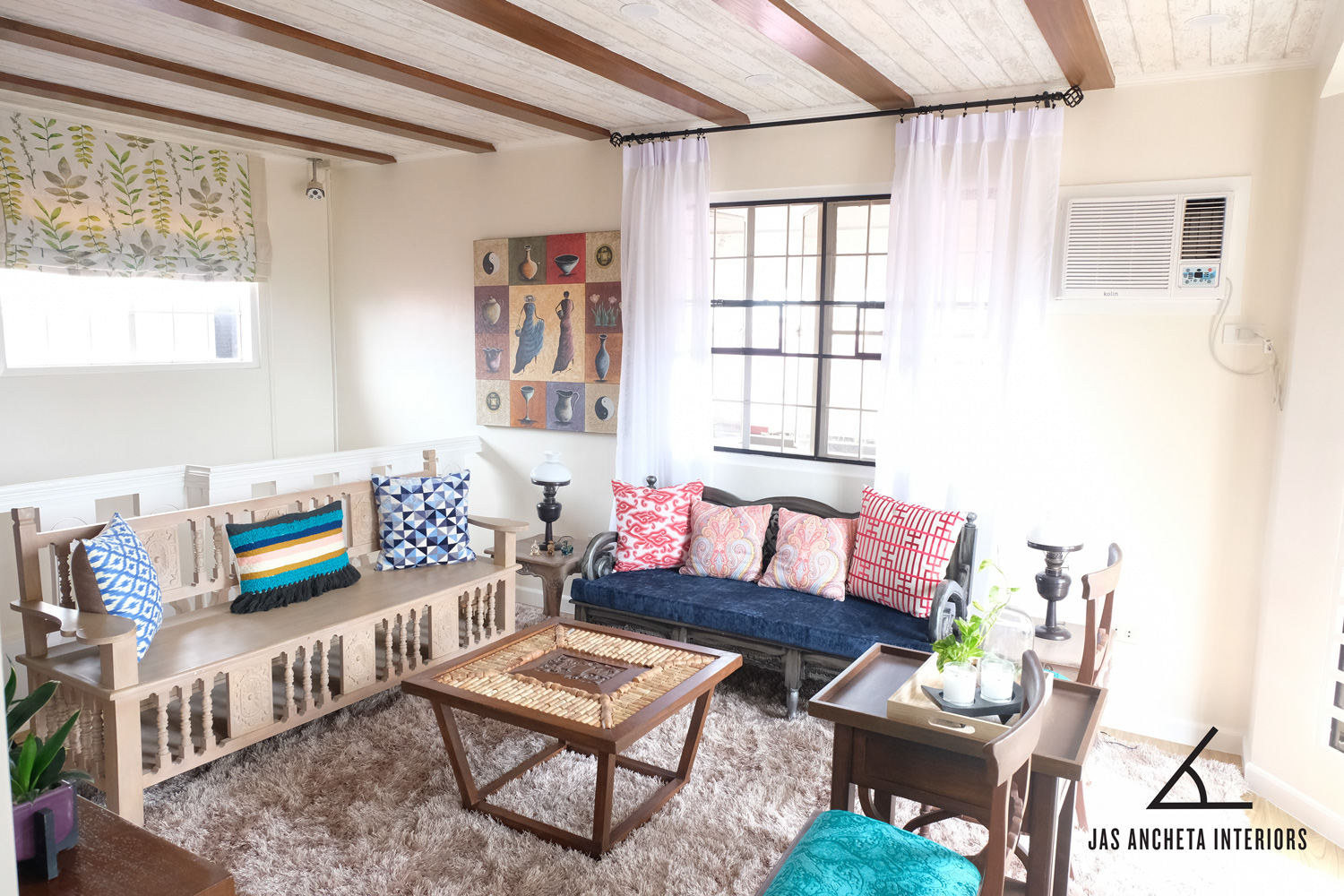
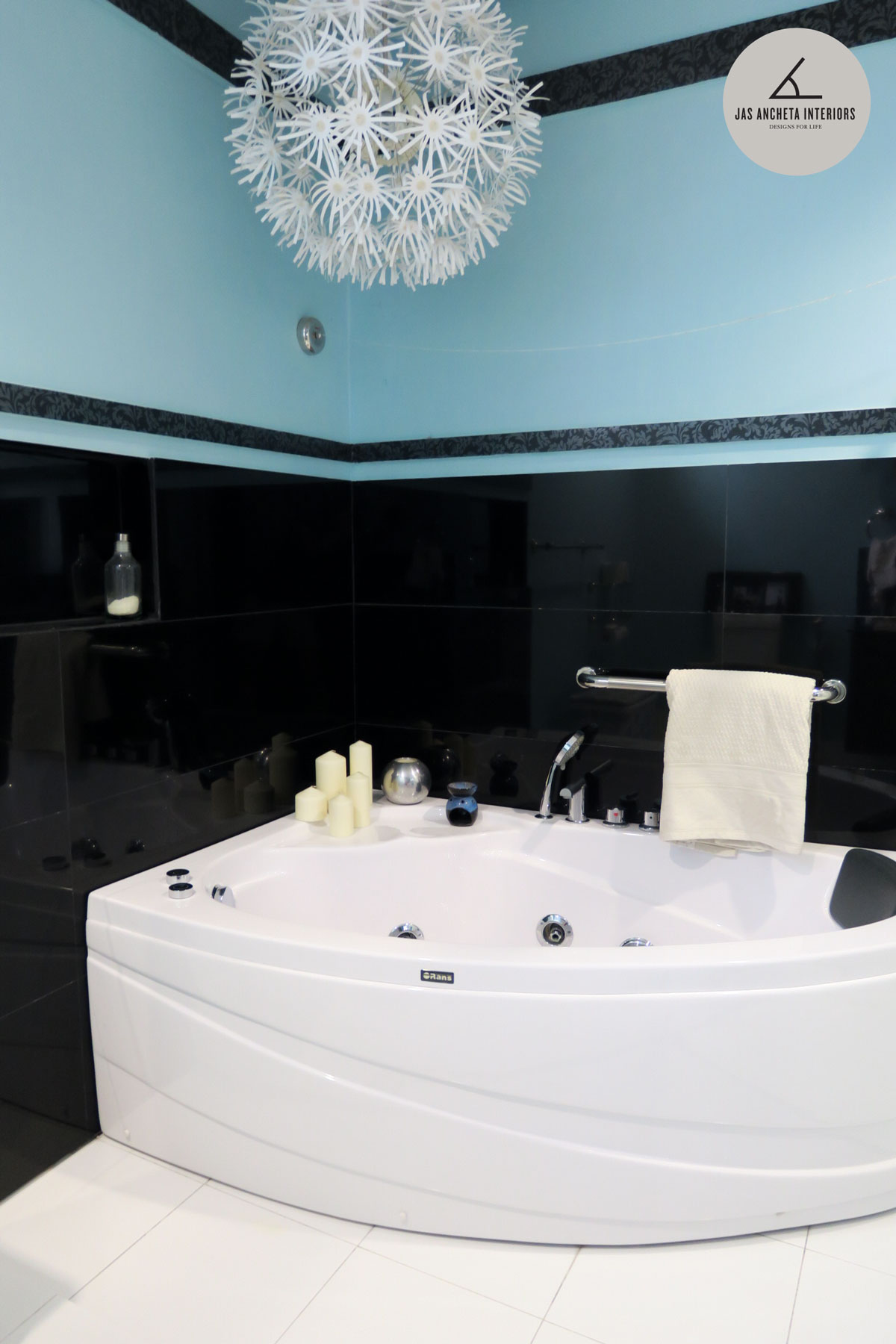
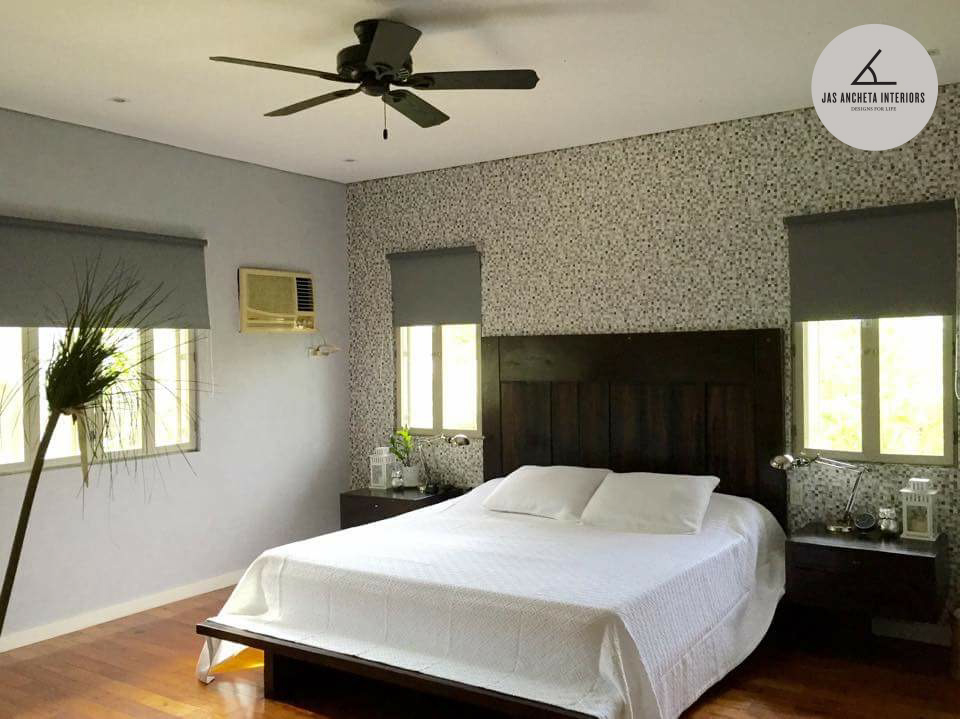

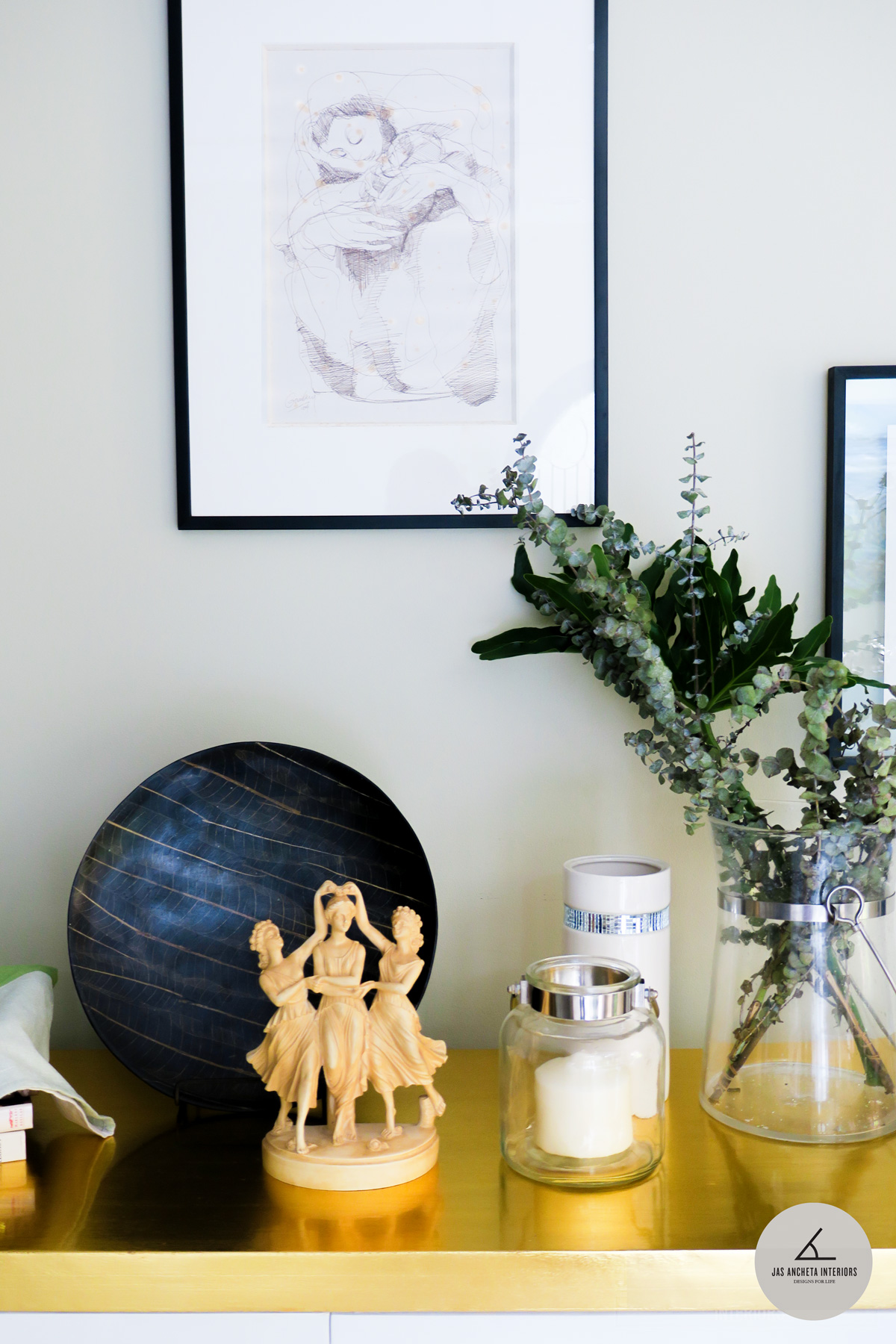

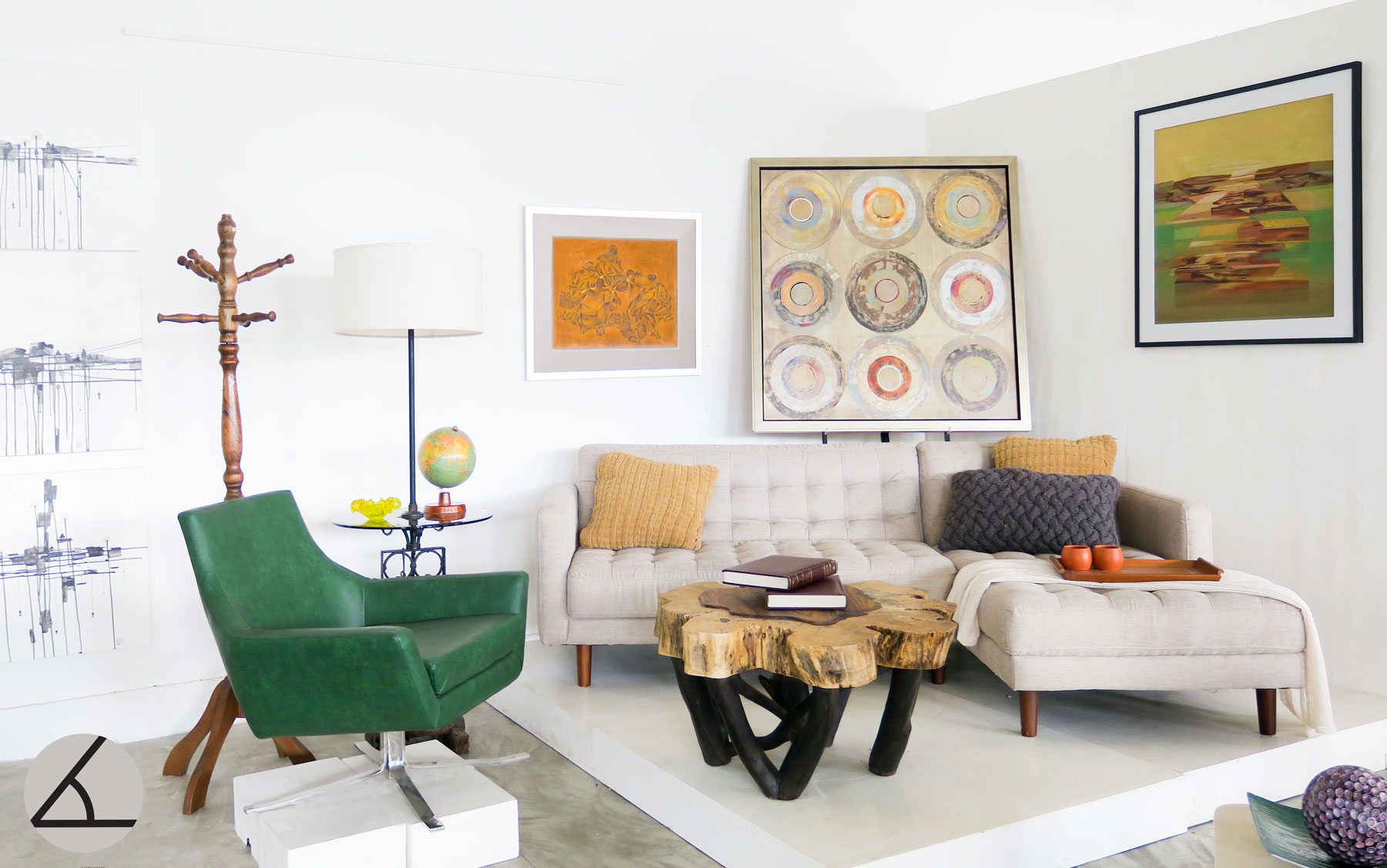
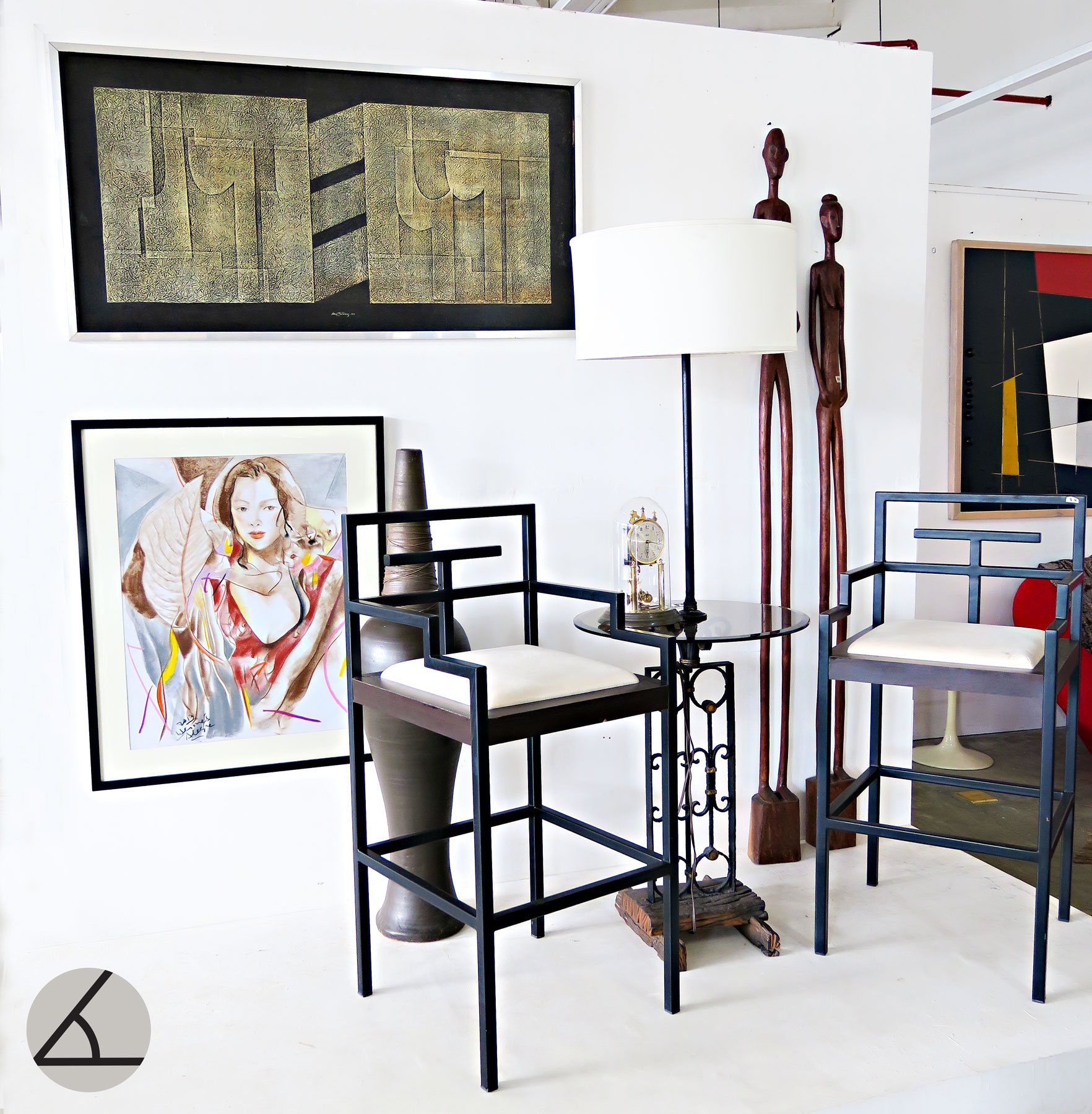
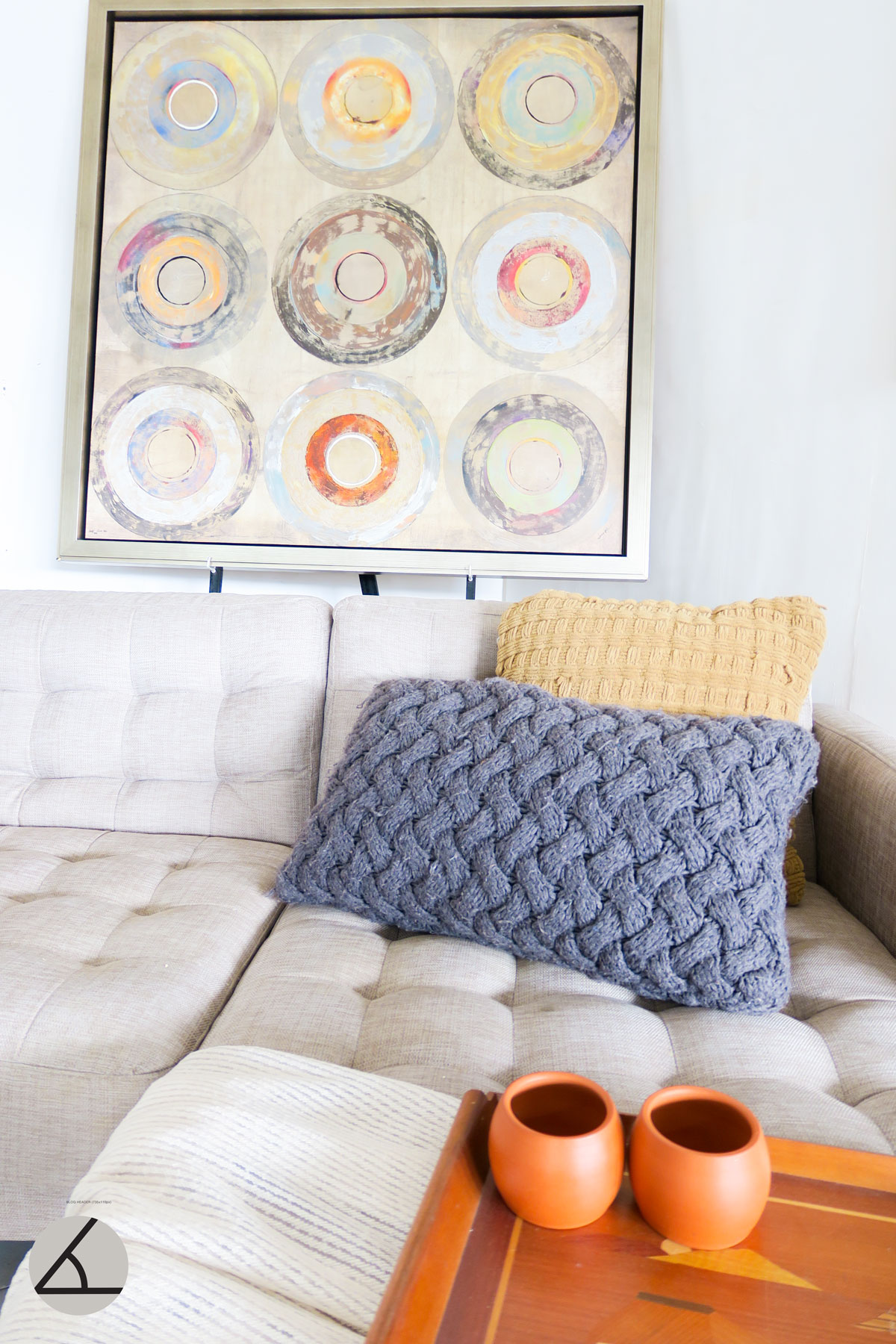
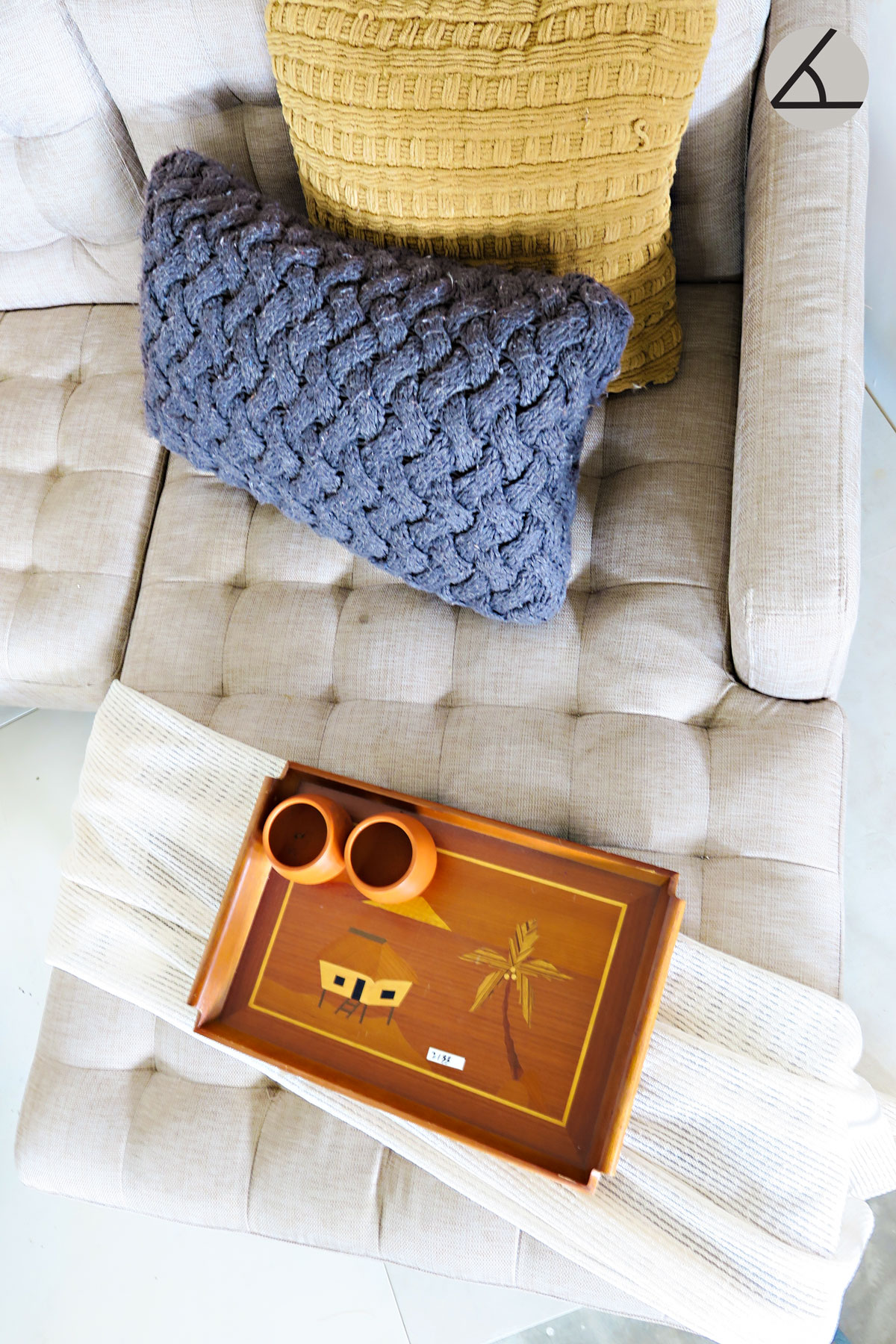

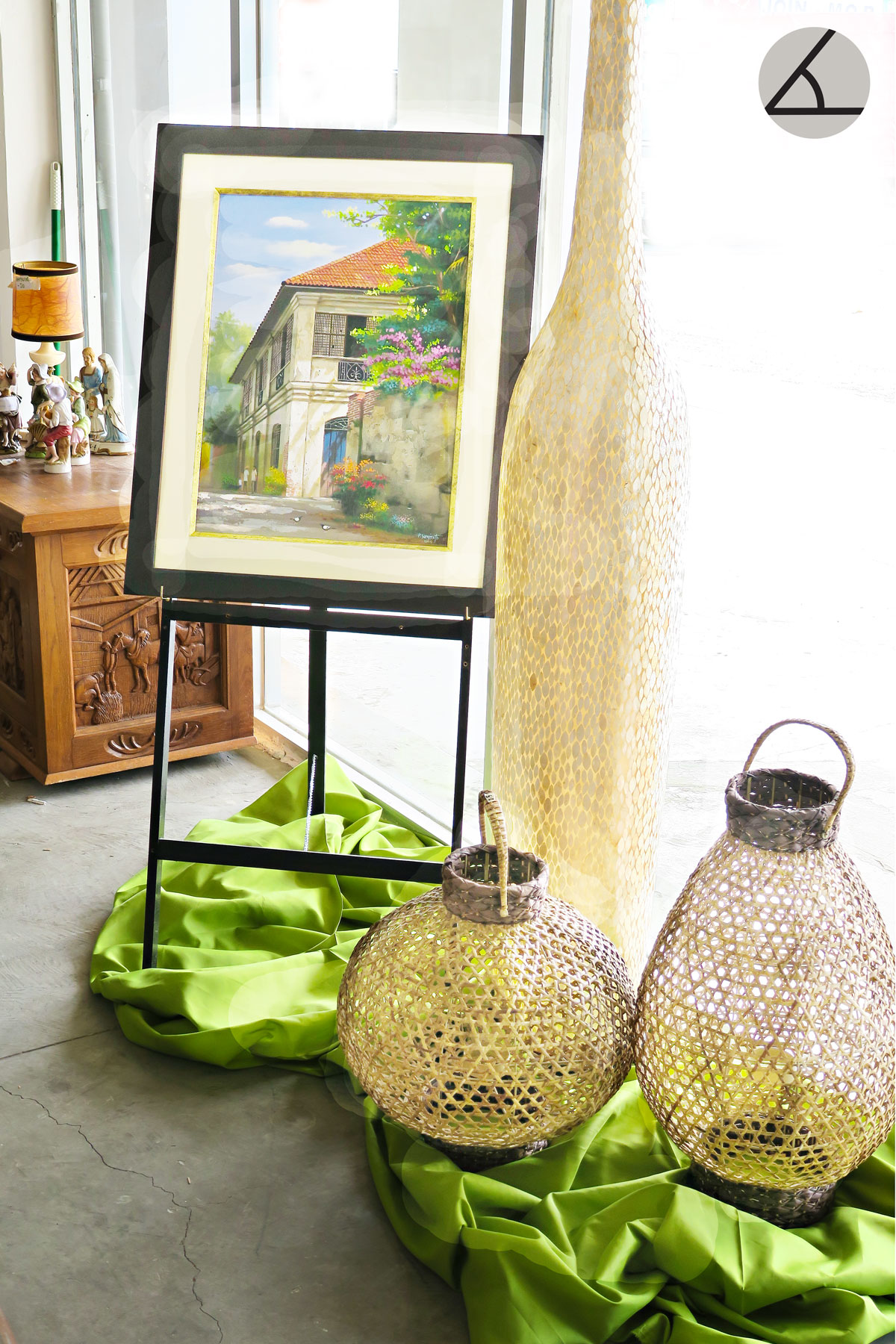
What Exactly Is Your Filipino Carpenter Saying?
Construction is complicated. It even gets worse when you don't understand what the workers are saying. Let me break down those Filipino words you were always curious about but never deigned to ask.
Before I ventured into interior design, I was just like you trying to build my dream home. There were times that my carpenter asked me something, and it literally took me like 2 minutes... maybe more... staring and wondering what the heck he was saying. Yes, it seemed like Greek! Most of them are derived from Spanish words but hey, no habla Español. Well, to make it easier for you, I've compiled a short list of Filipino construction terms so you finally understand what they are saying!
Alahado - Flush - a state of alignment, where two things are even/aligned against each other. Let's say you're asking your mason to make the tile flush to the concrete surface, "Alahado ba?"
Alambre - Steel Wire
Ampaw/Kapak - honeycomb air pockets that form on the concrete if it isn't applied correctly. The problem with this is that your concrete won't be strong. The more air pockets, the weaker the concrete, and you don't want that! This also applies to the way tiles are layed incorrectly. That means if there's a hollow sound, there are air pockets between the tile and the concrete surface. What happens is that your tile will get loose or crack. Beware of this!!
Alulod - Gutter - usually refers to the gutter in the roof where rainwater collects and continues to a downspout
Asintada - Alignment - To line up things so they are even. You want, let's say, your wall and your tile to be even, you tell your mason, "Asintahin mo," that means to align. Or "wala sa asintada" means out of alignment.
Bahada - Slope - Your bathroom needs to be sloping towards the drain to prevent water from pooling, thereby causing mold and mildew to your tiles.
Biga - Beam
bisagra
Bisagra - Hinge - First time I heard this, I had a blank stare! Hahahaha!
Dos Por Dos - 2"x2" - refers to lumber
Hamba - Door/Window Jamb - frame of the door/window
Haspe - Wood Grain - Normally, your carpenter will ask you what direction the wood grain (pattern on the wood) should be. When they say, "pino ang haspe" that means the wood grain is fine.
Hulog - Plumb Line - a string with a metal weight that when suspended goes vertically down. It is used to find the depth of water or to determine verticality.
Masilya - Putty - a compound used to fill holes, normally used during finishing.
Palitada - Plaster - the act of plastering a surface like putting cement on the wall
Pasamano - Window Sill
Rehas - Window Grill
Roskas - Thread - the part of a pipe/screw/bolt with grooves. When your plumber/carpenter says, "maluwag na ang roskas" that means the thread is loose and you need to change it.
Tambol - Board up - If you want to cover something ugly, like wires or pipes showing, you ask your carpenter to board it up. "Tambulan mo ito."
Tumbok - Butted/Butt Joint - a joint where two surfaces meet at right angles
Media Agua - Canopy
Poso Negro - Septic Tank - a watertight container that receives waste from a sewage system
Poste/Haligue - Column/Post
Senepa - Fascia Board - a horizontal board to cover some things like a fluorescent light
Tambak - Fill
Turnilyo - Screw- don't confuse with pako which is a nail. Yes, it happens. Don't worry, I won't tell!
This is by no means an exhaustive resource but these are some common words I've encountered during construction.
If you're enjoying these posts, sign up for my VIP newsletter where I give tips and tricks exclusive for VIPs! (sign up at the bottom of the page).
Clean Your Life by Cleaning Your Closet
In this increasingly small space we live in or maybe it simply seems that our space is forever decreasing, it's about time to decluttering our closet and take charge!
I admit it. I hoard clothes. Sometimes, I just don't use some because I get tired of seeing it everyday. Other times, it's because I know I'll fit into them again someday. Yes, decluttering is certainly something we all need for a better, peaceful, and less stressful life. So here's a roundup of some tips:
- Turn around all the hangers in your closet the wrong way- with the hook facing you. When you use them, turn it the normal way. Do this for 3-6 months. Anything that isn't hung the normal way, you should dispose.
- Finish your decluttering completely. That means all the things to give away, give them away TODAY, not tomorrow.
- Take it one step at a time. Don't try and tackle your whole wardrobe in just one sitting. That will lead to burnout and eventually not finishing what you started. Take a few minutes per day and do it by section. This way you won't get overwhelmed.
- Label your bins. Yes, I know doing this extra step seems too much. But taking a few minutes just to label makes your decluttering and organizing that much easier to maintain.
- Take a few minutes every day, say 5 minutes to put away your things in the proper place. This way, your clutter won't accumulate.
- Place a catchall for your daily use. This is where you can place your keys, watch or jewelry that you use every day.
A final word: Take it easy. Organizing your closet (or any part of your house for that matter) does not need to happen overnight. A few simple steps per day will help keep your things in order.
DON'T MAKE THAT LIGHTING MISTAKE
Lighting mistakes can affect our lives tremendously. Be aware and know what not to do!
Light plays a significant role in our lives. When the sun goes up and indicates that our day is about to begin till the time it goes down and we wind down ourselves. Whether it be at home, in school or at the office, or maybe when we visit restaurants, museums and other public places, light affects our mood, our ability to concentrate, to relax or simply to have a good time. Perhaps we may not notice this as it is part of our daily lives. It is about time that we make lighting our priority. Proper lighting after all is key.
When I started building my home way before I was an interior designer, I knew only a few things about light thereby causing me to make mistakes. Yes, most of them involved decorative decisions, and some were functional ones.
Mistake #1 Color of light
I grew up in a home with white artificial light. Yes, it is what you call daylight. For all the areas in my home, this was a standard thing. Later on, we did have some warm white lights but somehow it seemed too dim for our usual purposes so my mom simply changed it back to the regular daylight. At the time, I didn't know that I needed to compute for the lumens (Wikipedia: SI derived unit of luminous flux, a measure of the total quantity of visible light emitted by a source) of the light which will enable me to know the proper illumination needed for a space. Looking back now I realize that the proper wattage and the distance of the lights from each other would mean better lighting.
As much as I do love daylight, if you like to set the proper mood, then consider other colors of light.
Warm white lighting
First and foremost, function should be given priority. For task lighting, a bright white mimics daylight (measured at 5000 to 6500 Kelvin) and makes for more productivity. That is why fluorescent lights in daylight are a staple for reading and other detail-oriented work. Daylight is also used for the dresser or where you put on makeup to ensure proper color rendering. Warm white is more inviting, relaxing and ideal for areas like the living and dining rooms where you want a warm, cozy glow.
Mistake #2 : Room Color
Secondly, consider your room's color palette. If your colors are on the warm side (yellows and reds), use cool white or warm white to enhance. Conversely, use daylight for rooms on the cool side of the color spectrum (that means more on the blues, greens and violets).
The good news is there are new lights too that switches colors from daylight to warm white all in one bulb.
Mistake #3: Brands
Third, don't mix color brands in the same room. Even if both brands indicate warm white, this doesn't necessarily mean that they are the same color temperature. Yes, I've been there. You will notice also a color difference between newly purchased lights and older lights. That's just the way it is.
Mistake #4: Style of your Lighting
Whether you're buying a downlight, pendant light, floor lamp or task lamp, do remember to consider your room's design style. For a more pleasing outcome, match your choice of lighting. Yes, I did make this mistake in one area of my home. I loved this industrial style of pendant lights and used it in my open kitchen. My dining room in the meantime has a crystal chandelier. Yikes! Design mistakes are easy to make if you are uninformed. I have yet to correct this but I'm consistently haunted by it!








